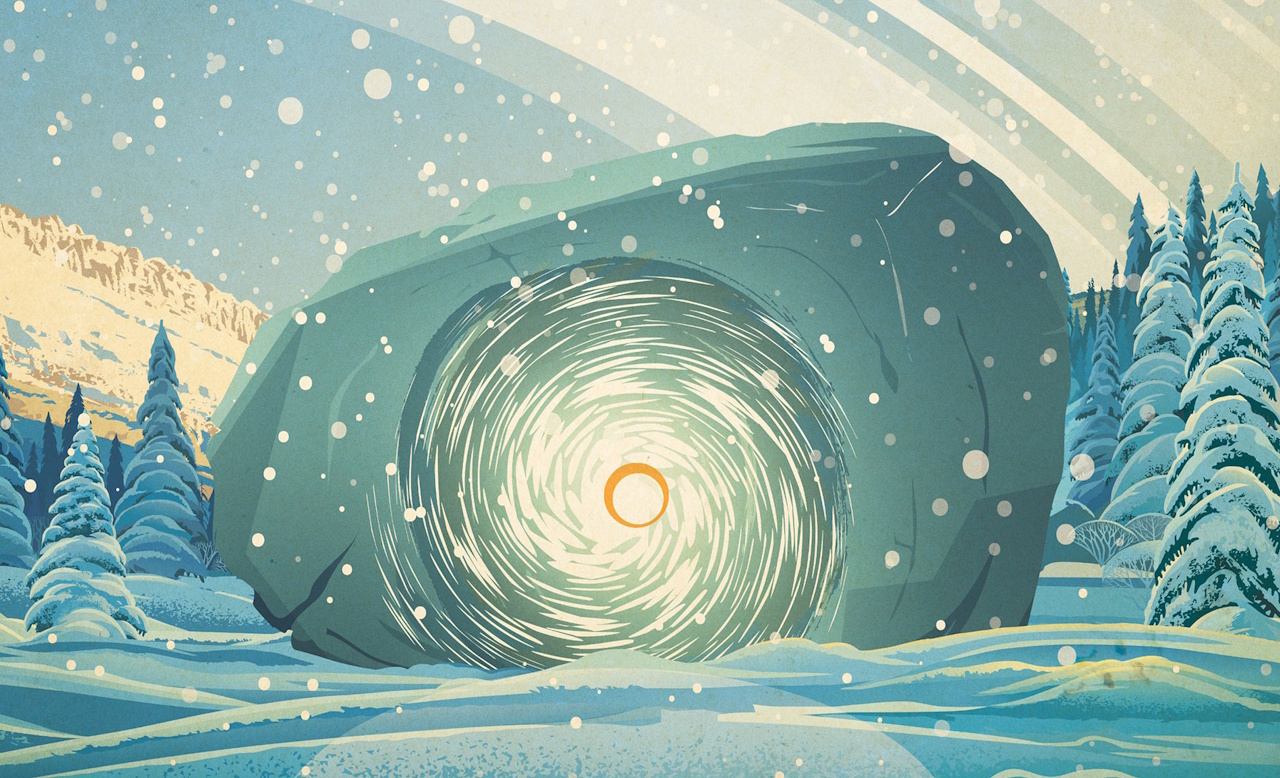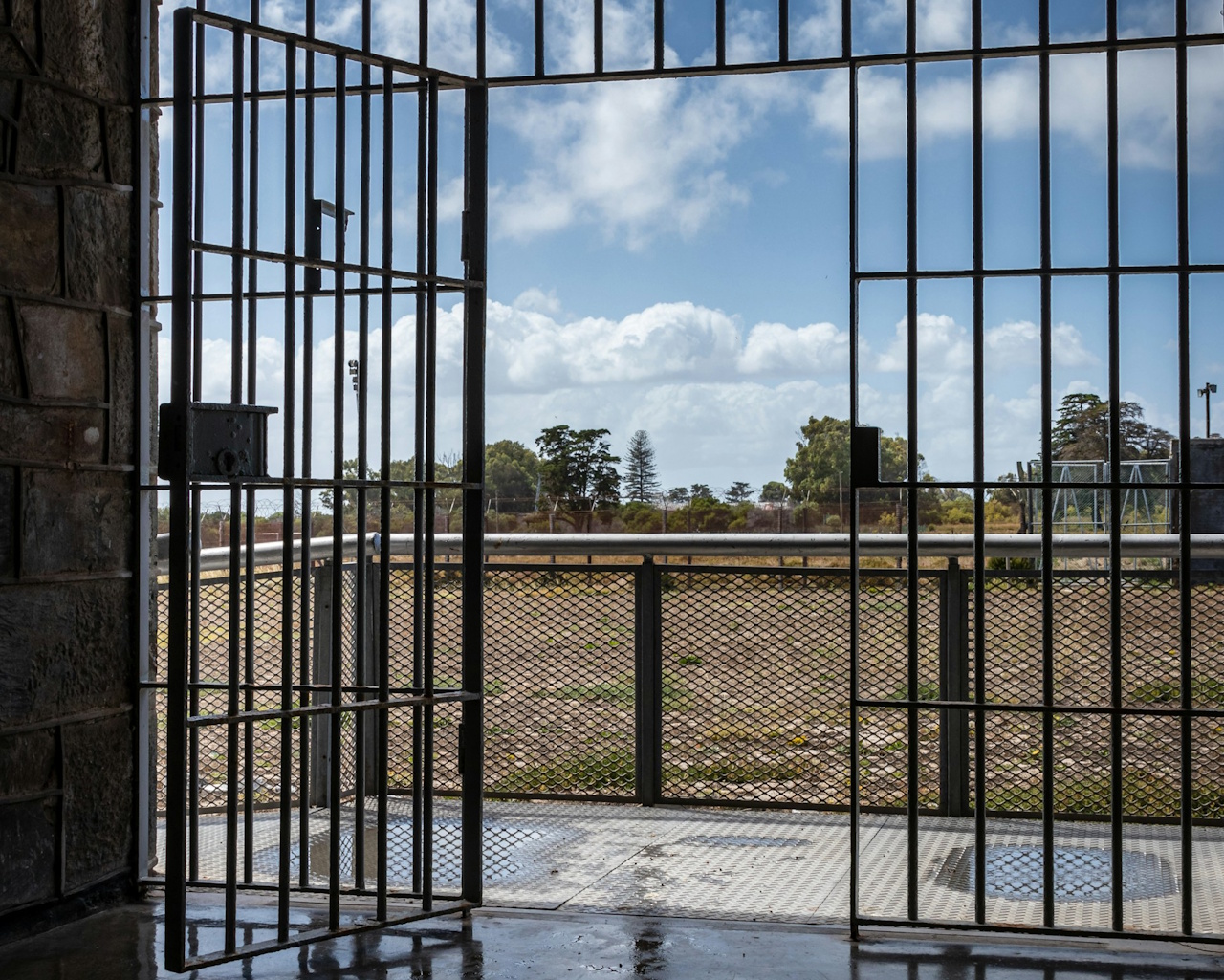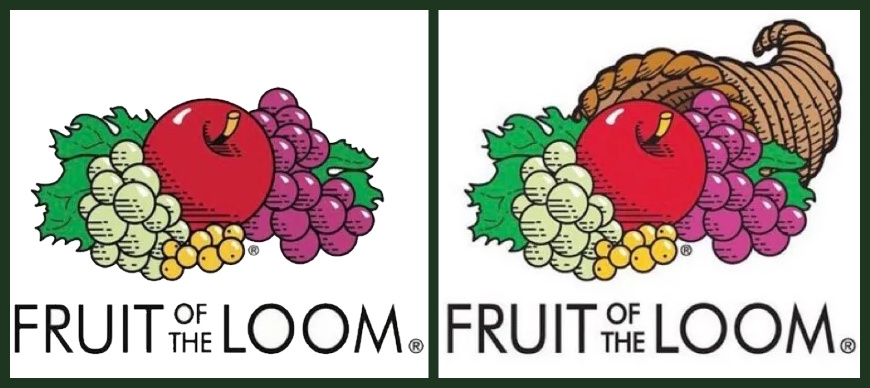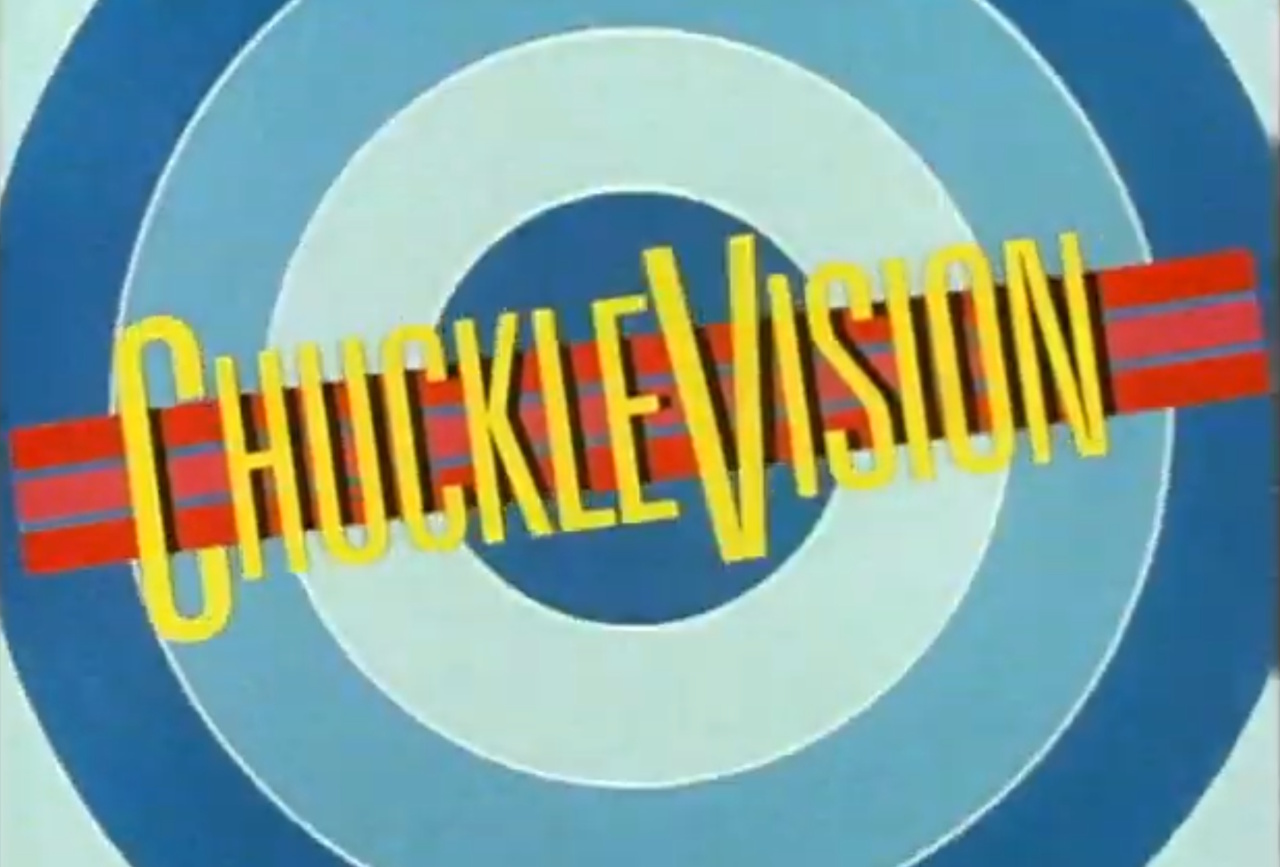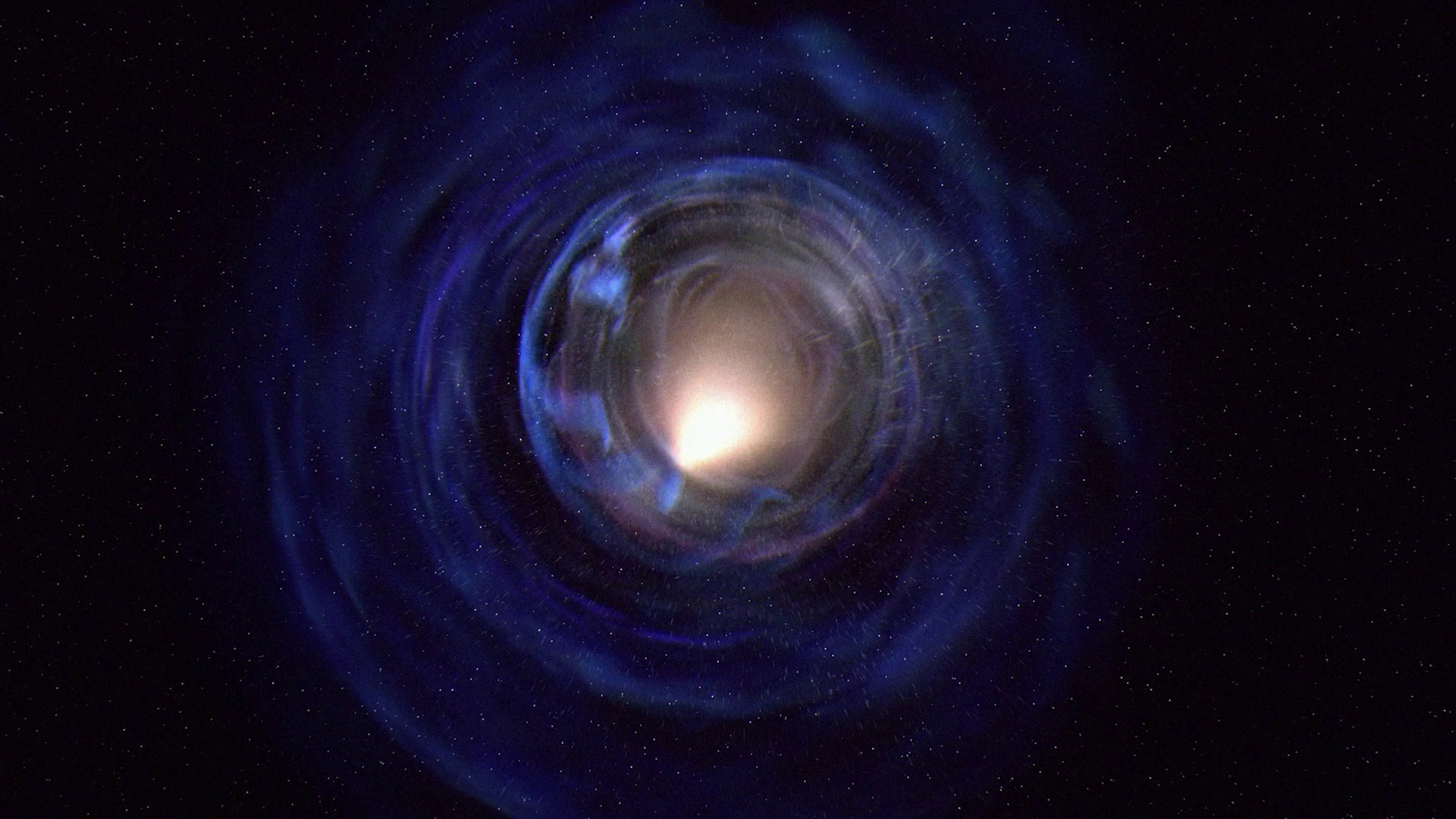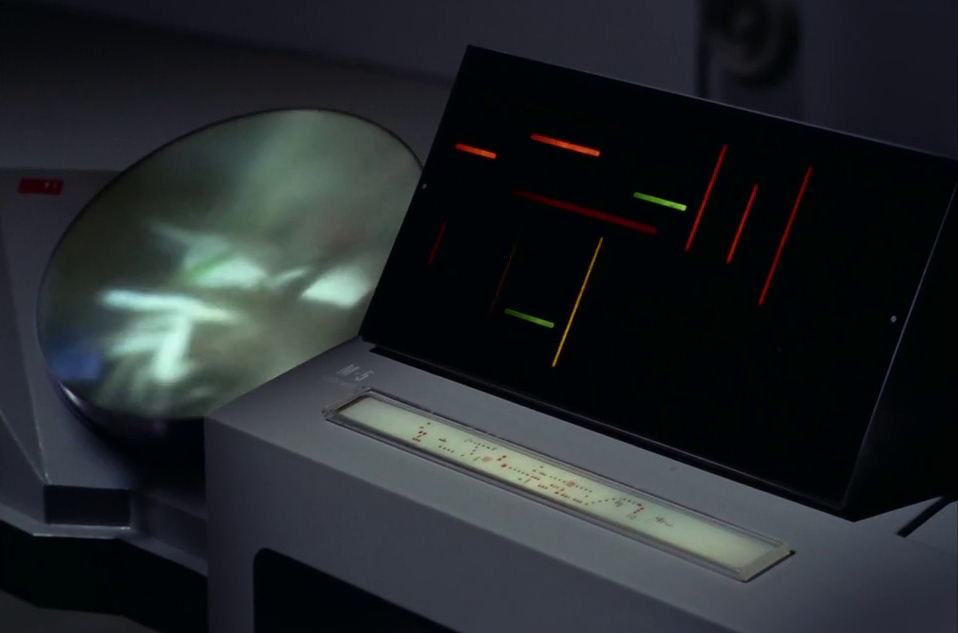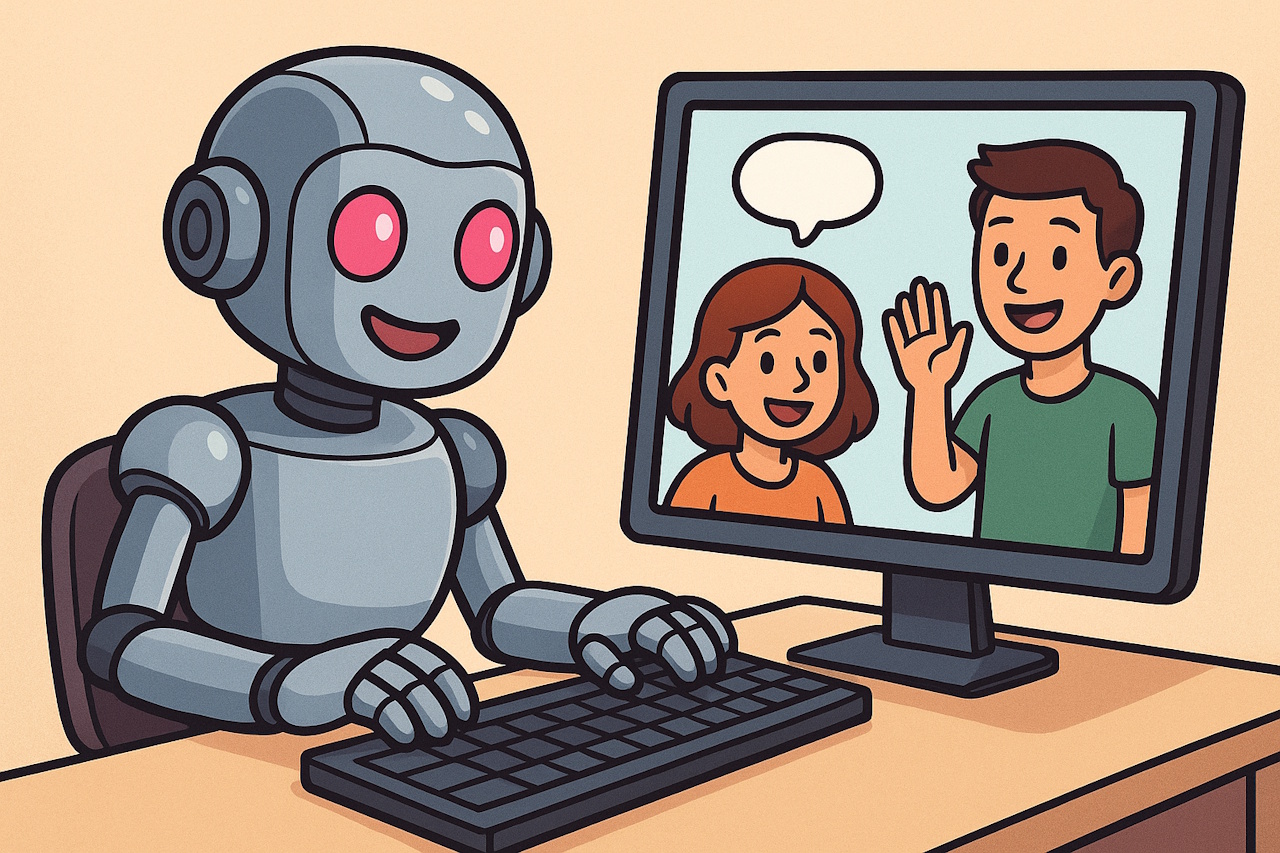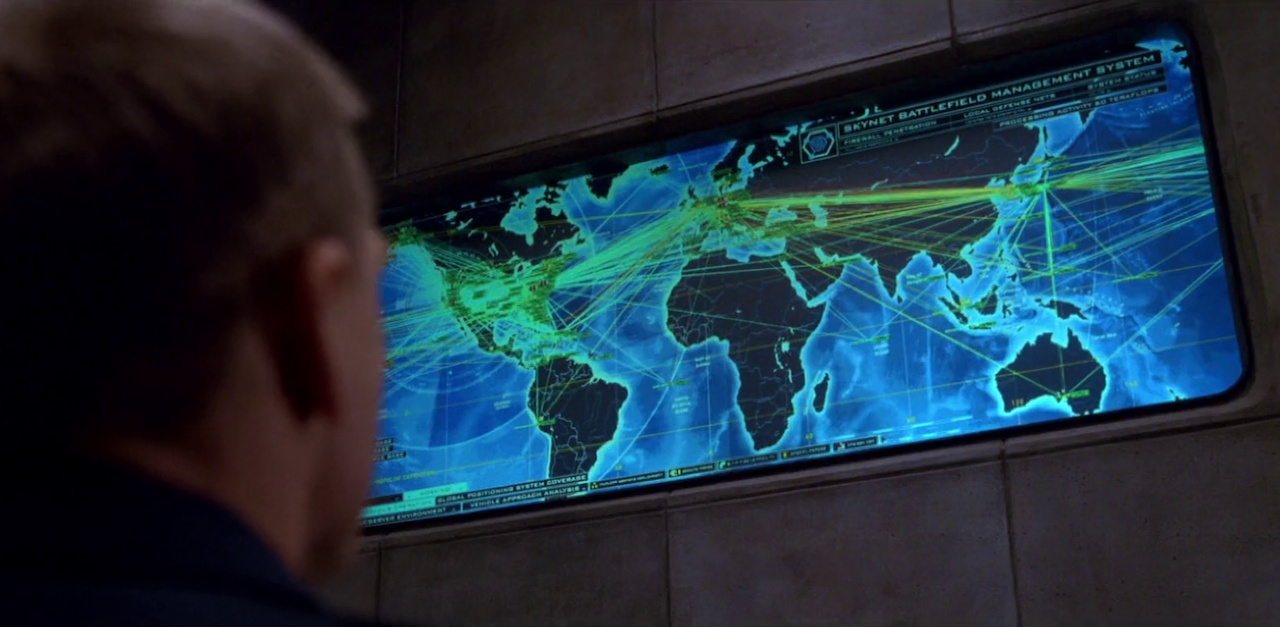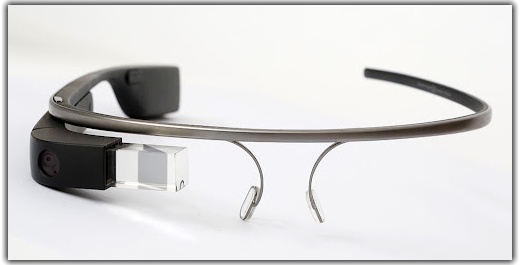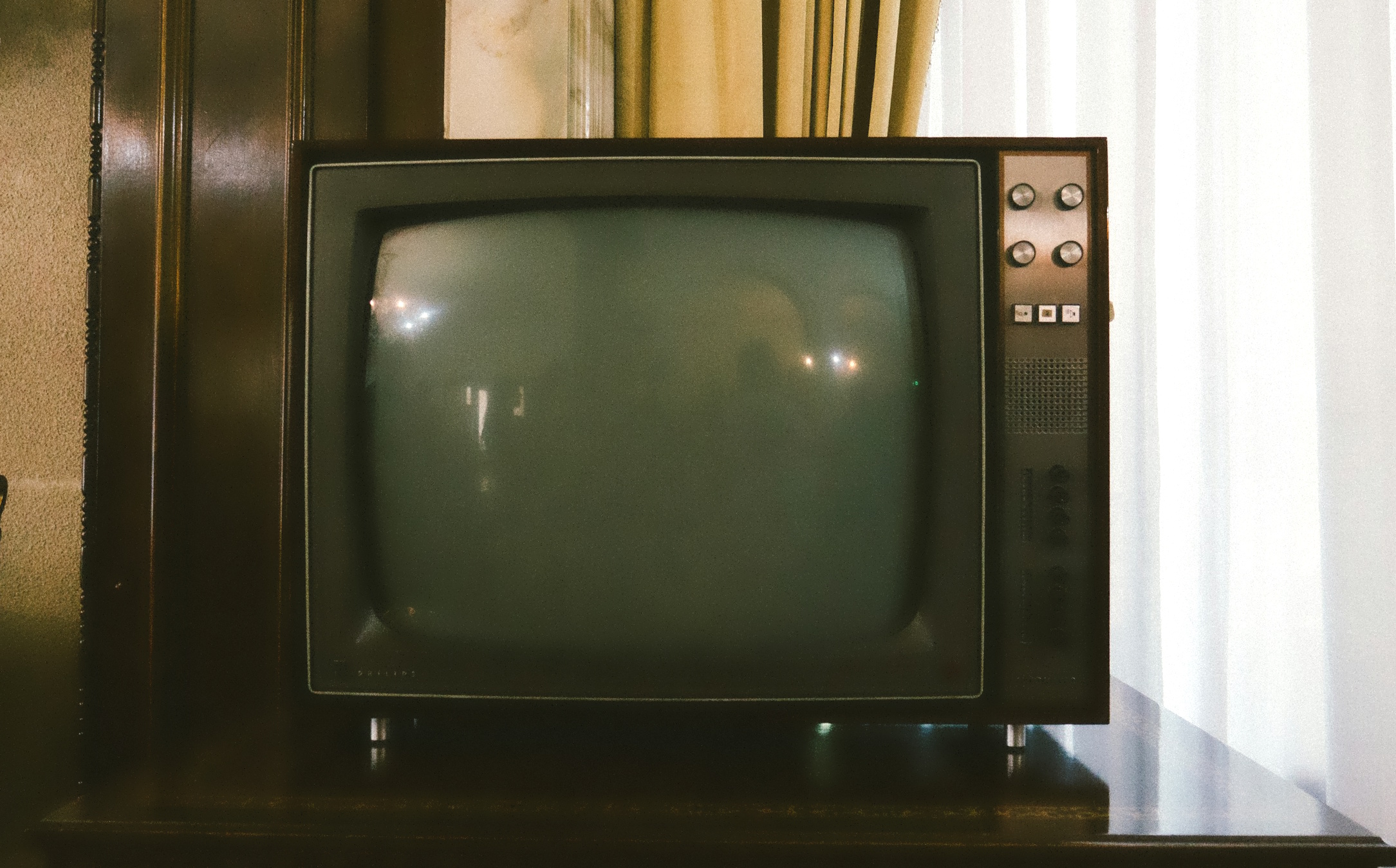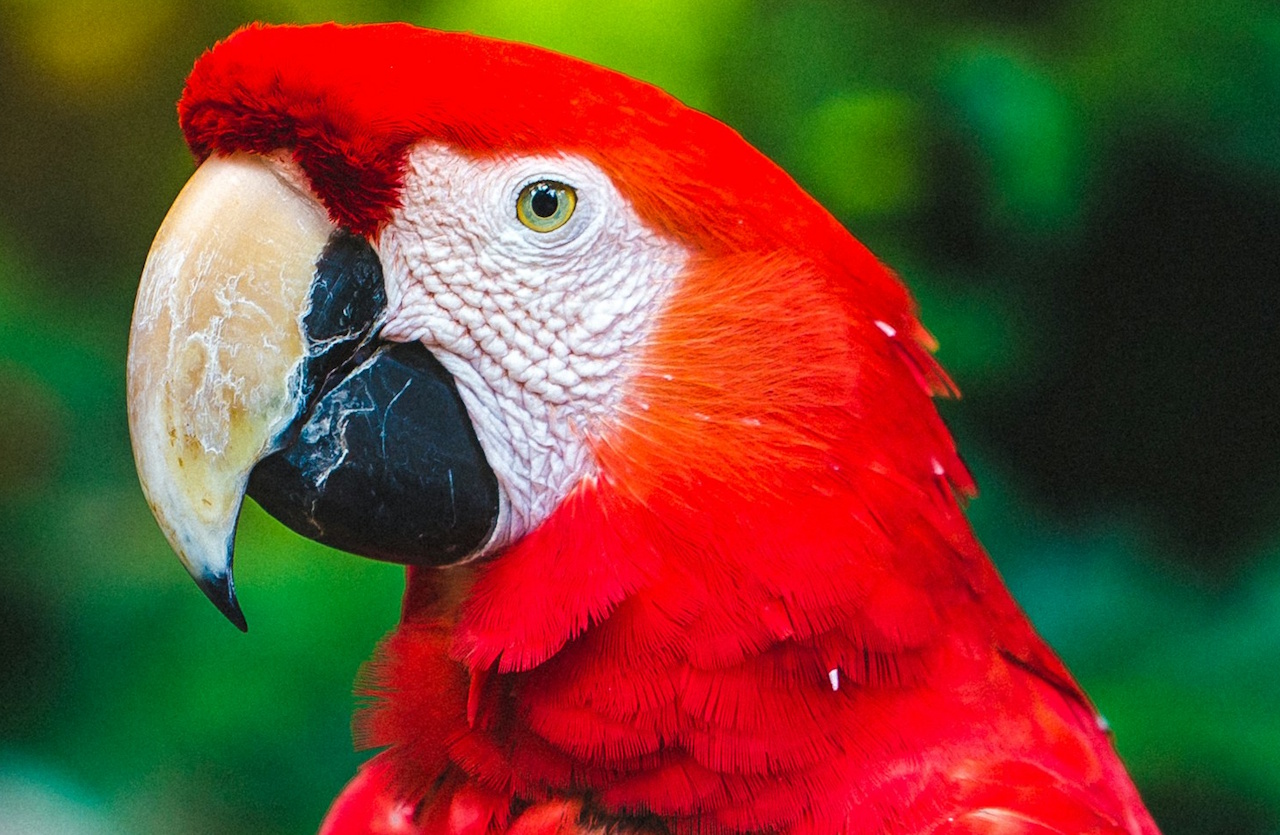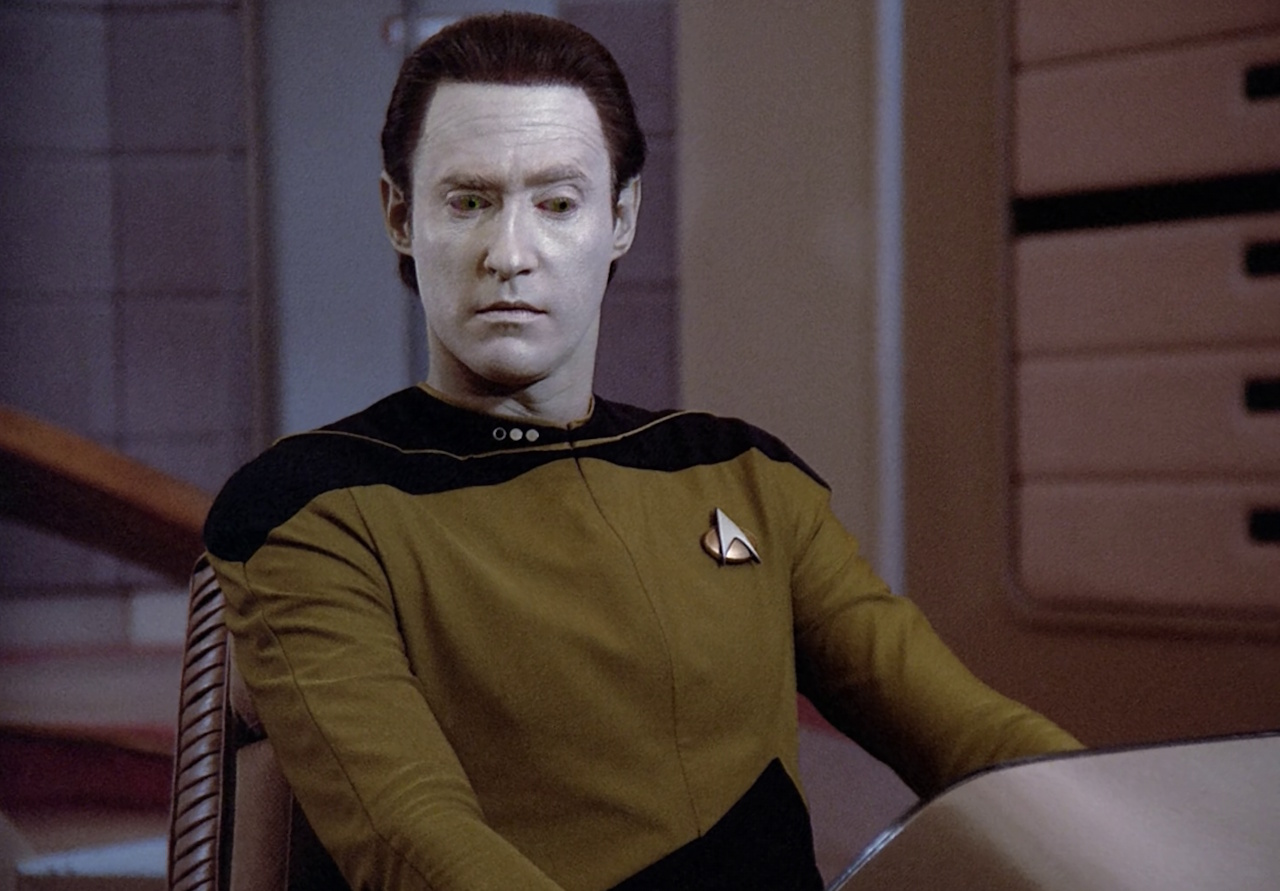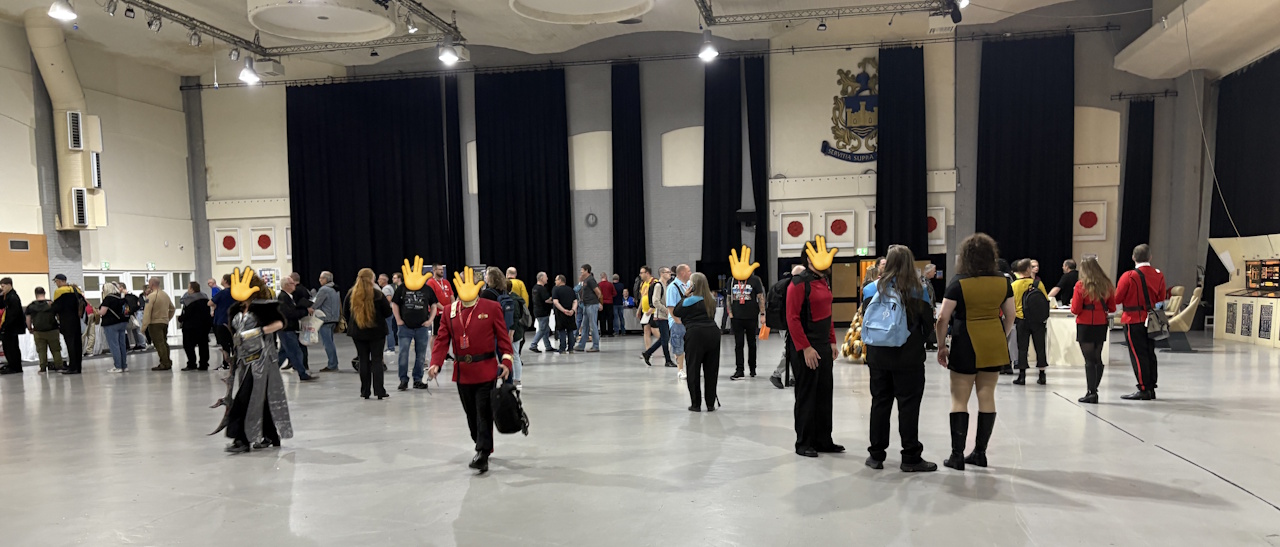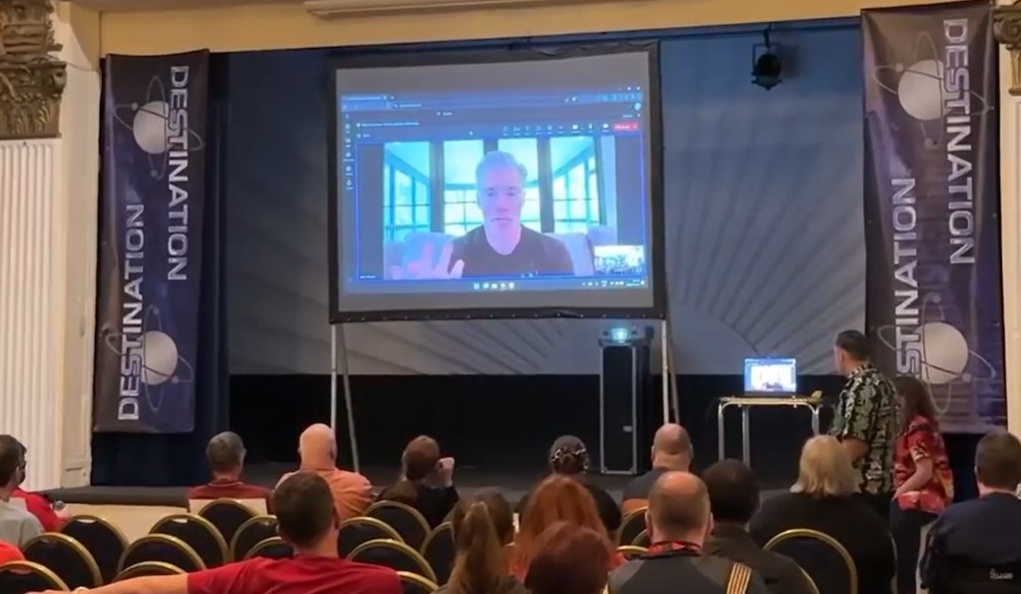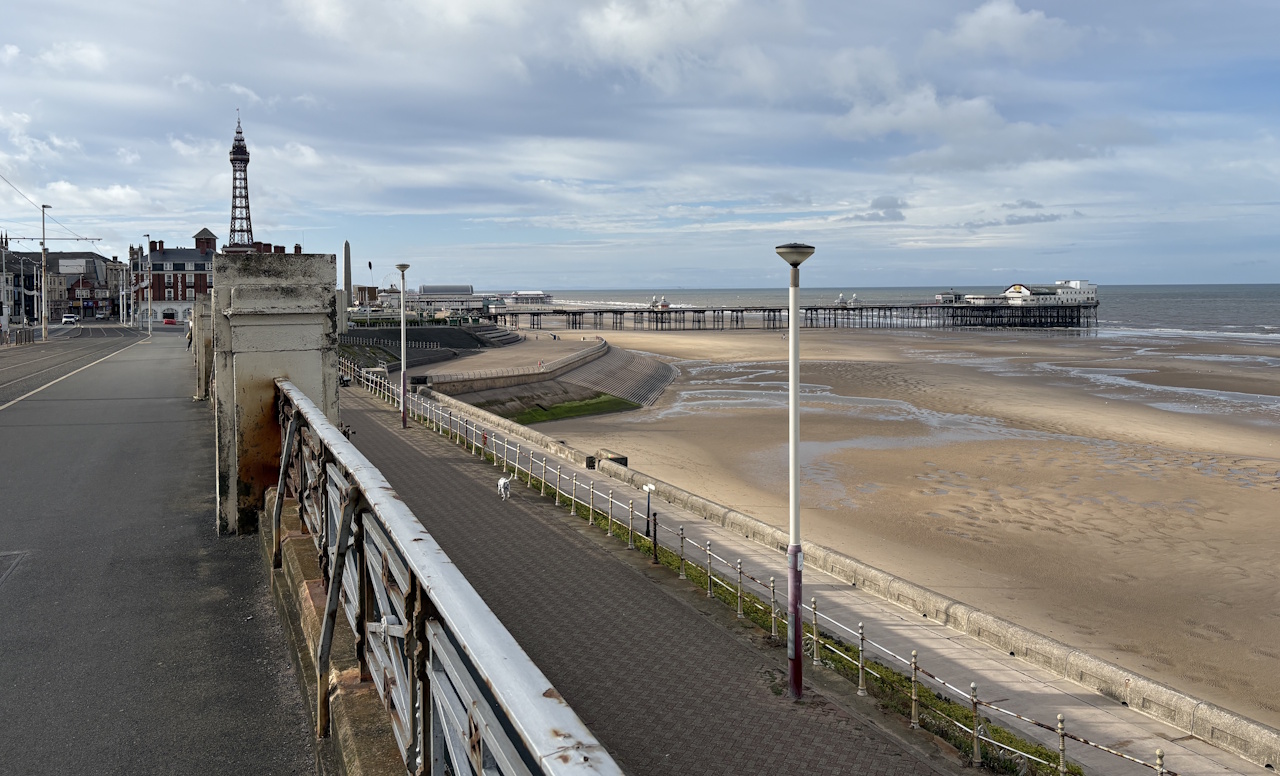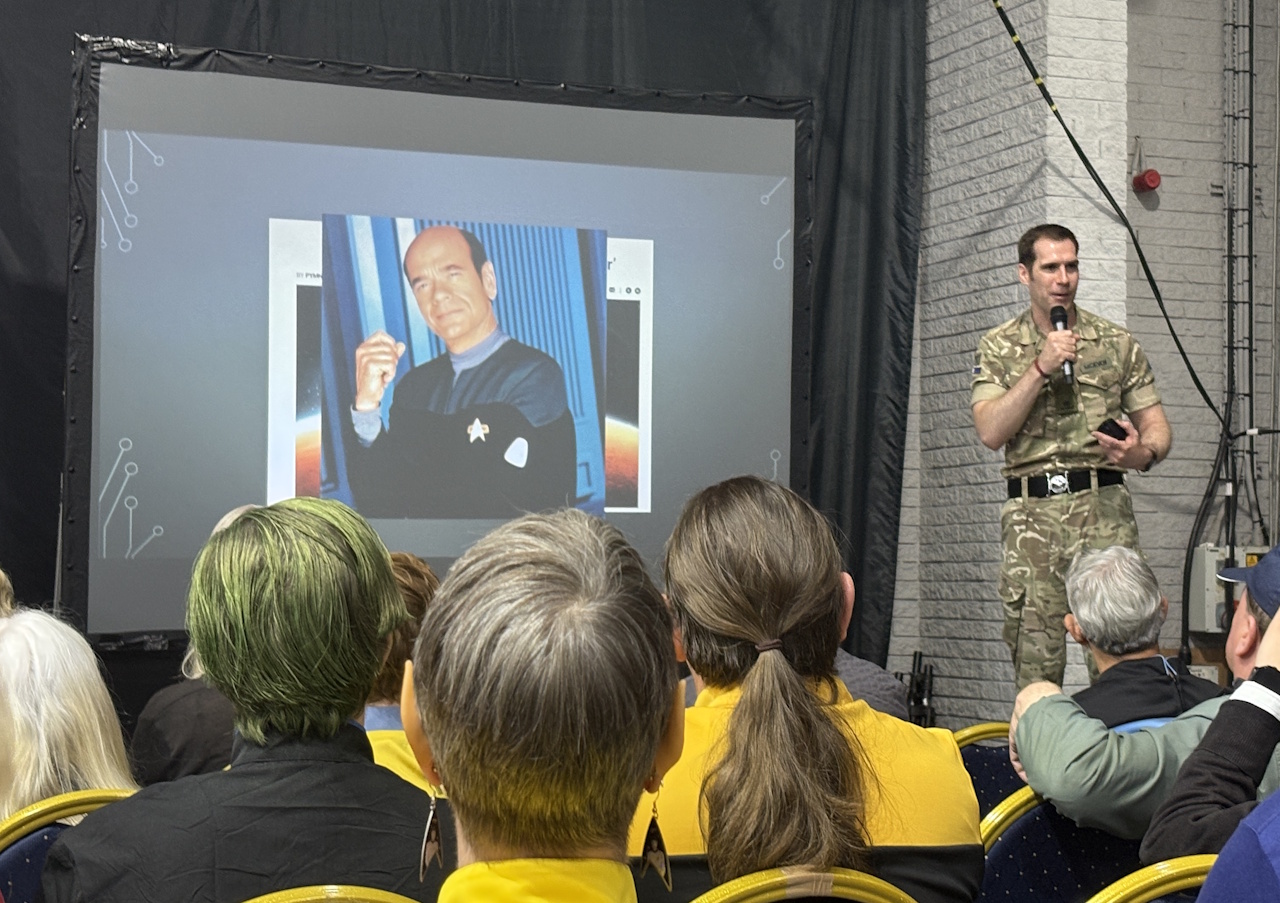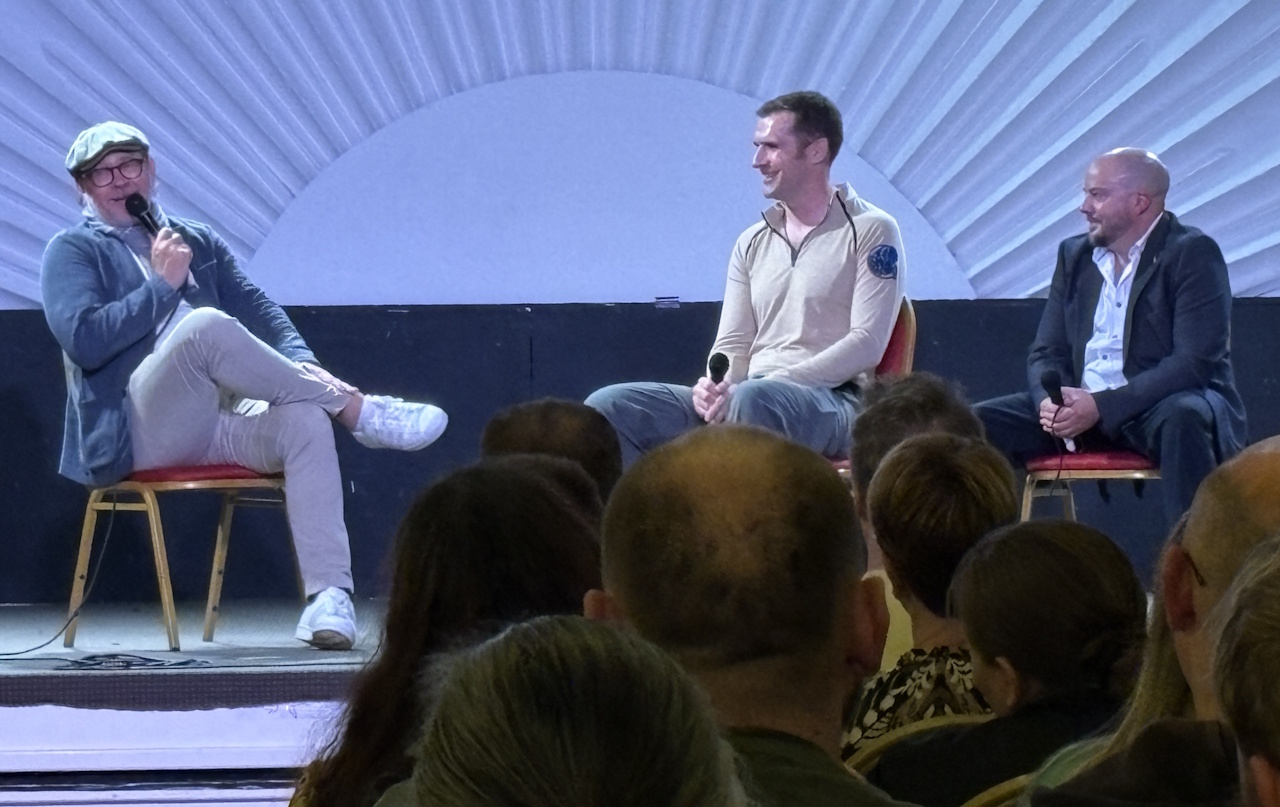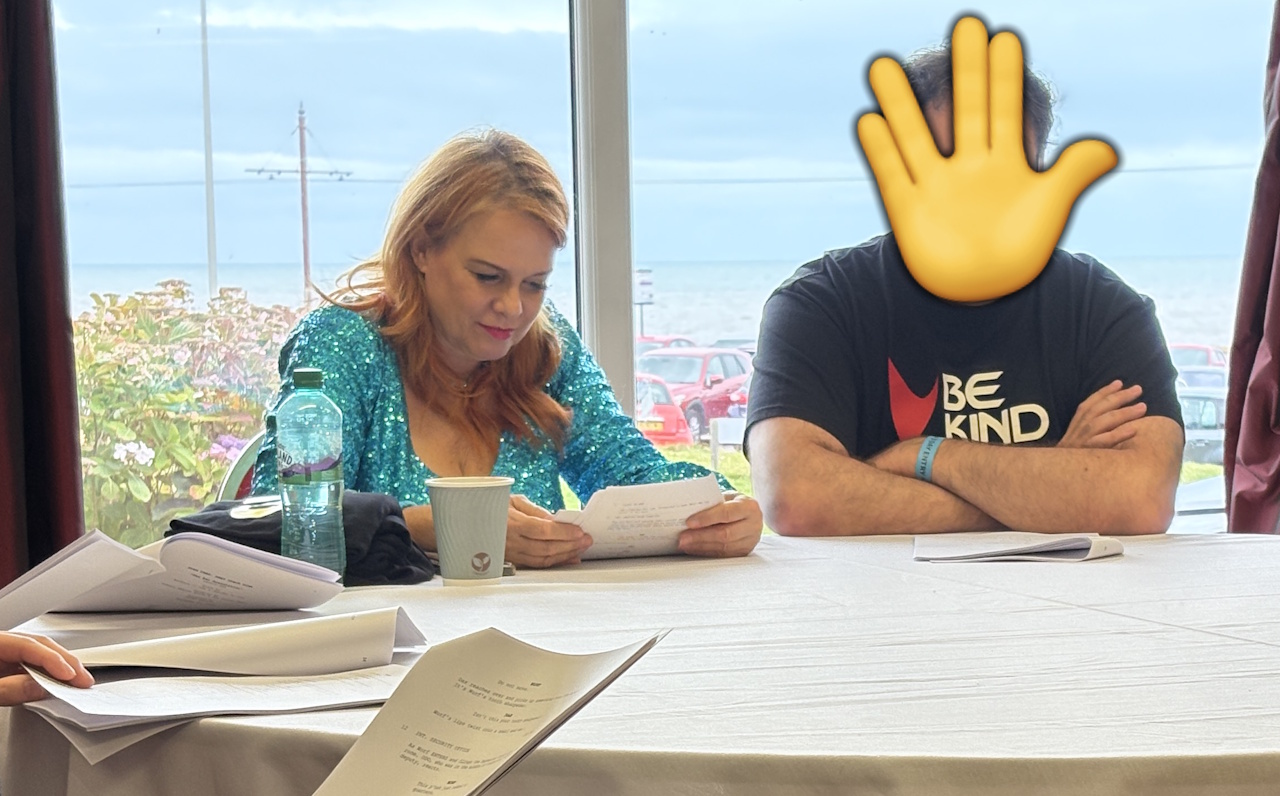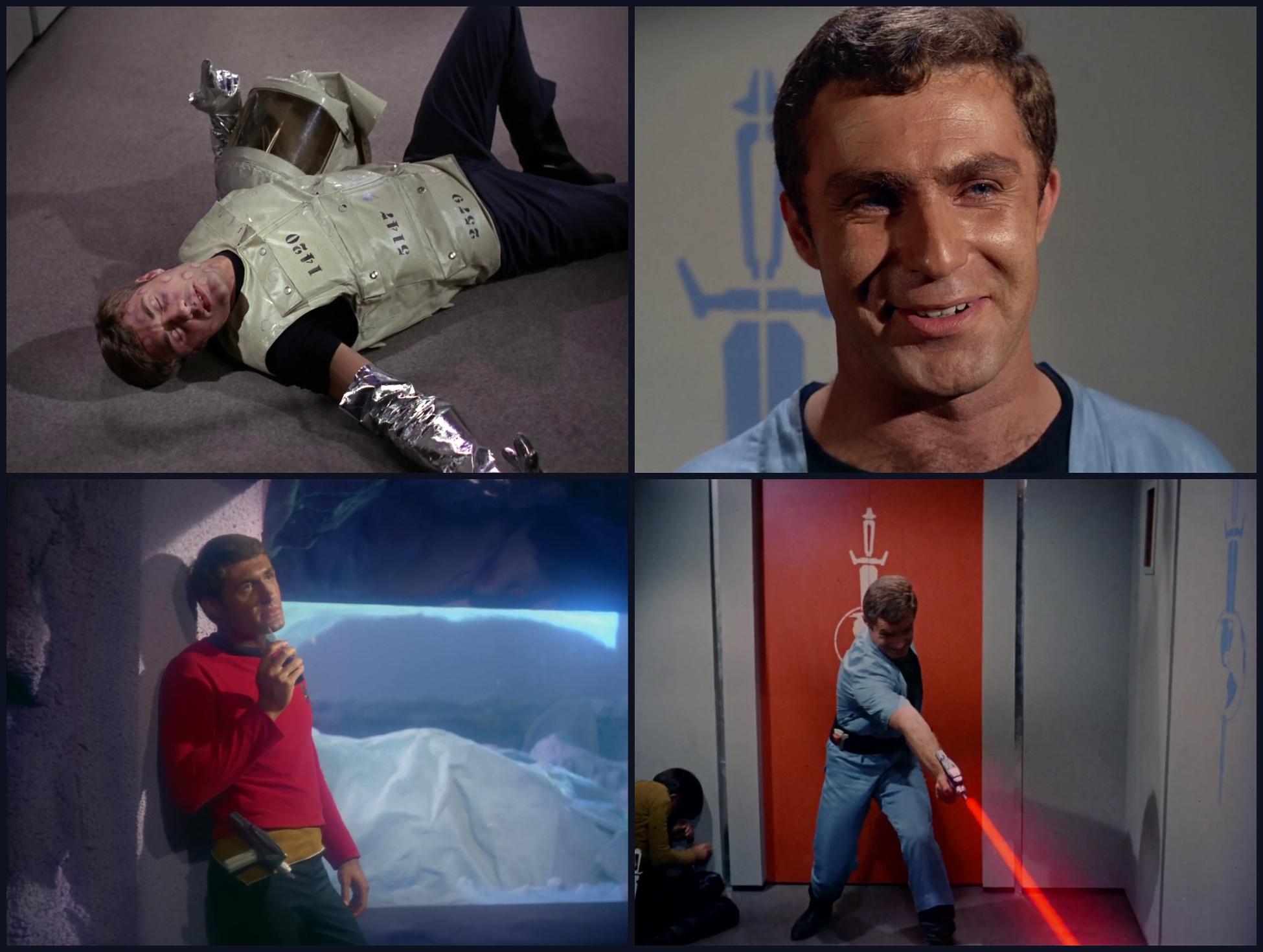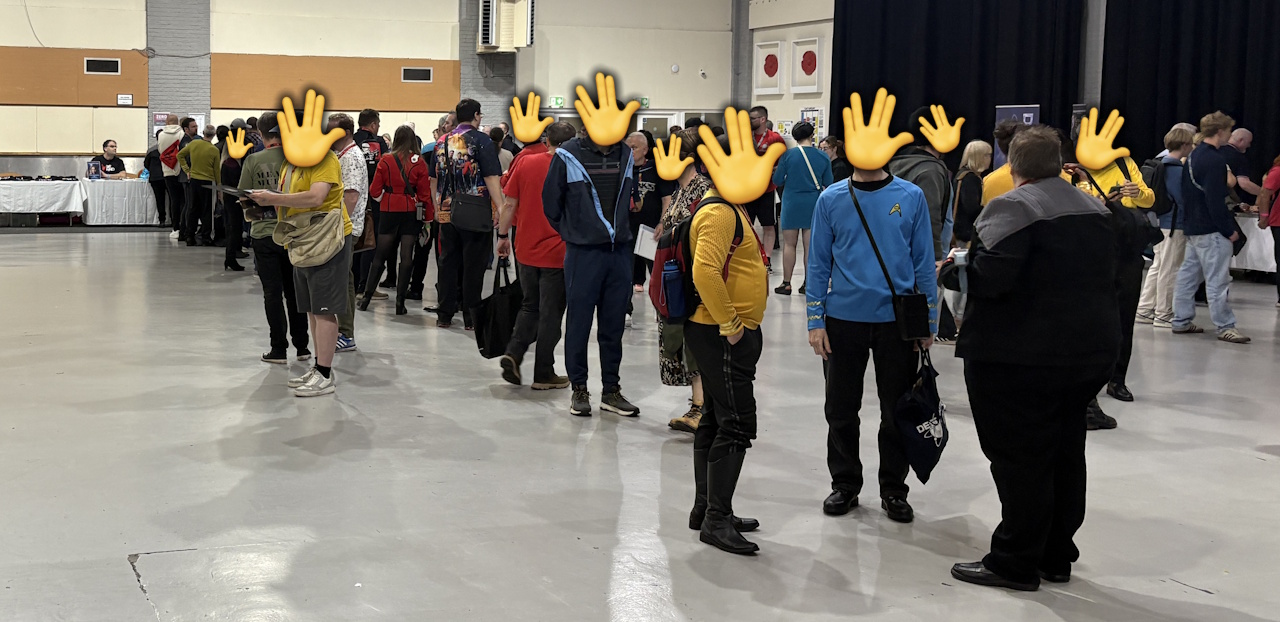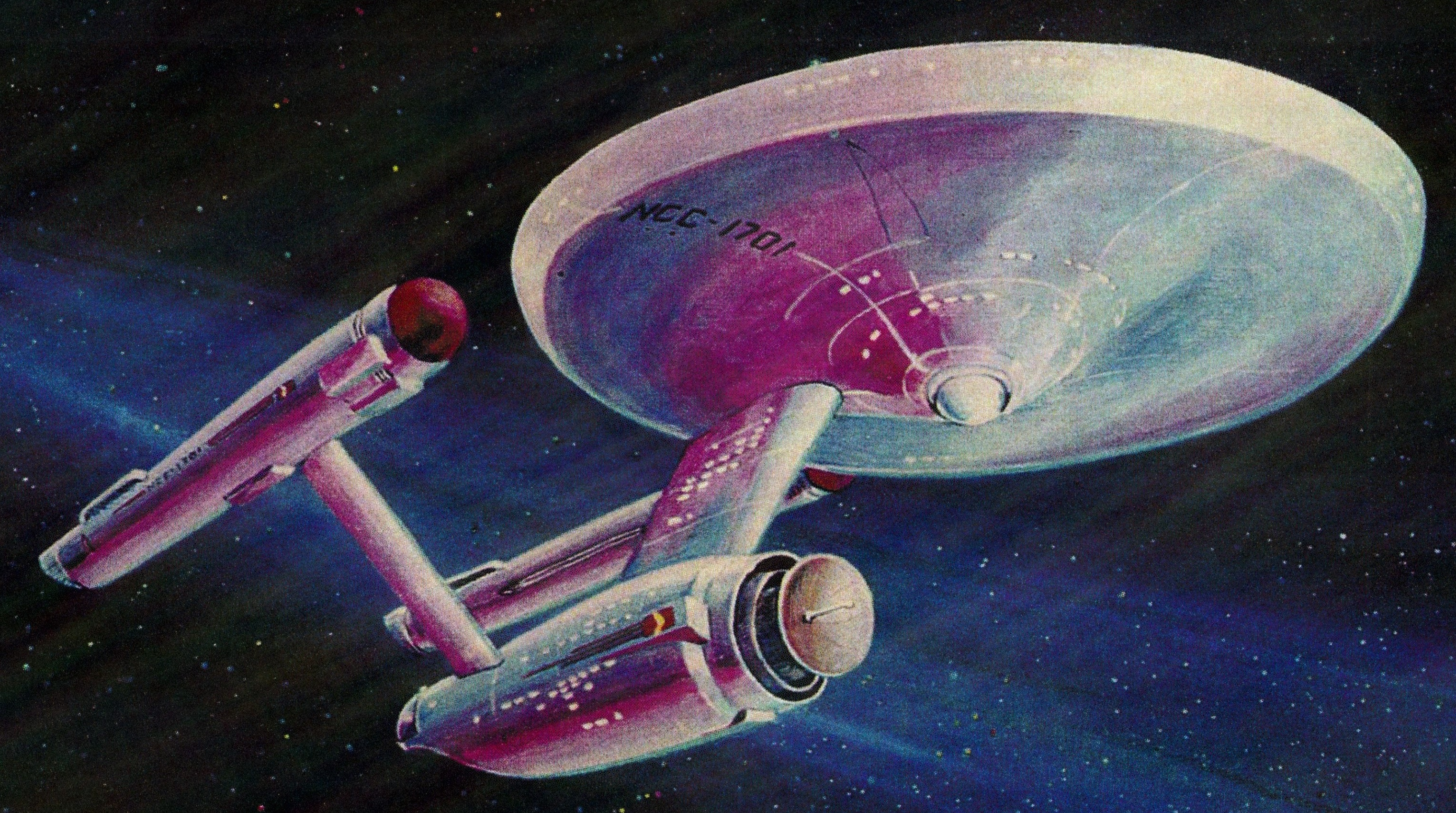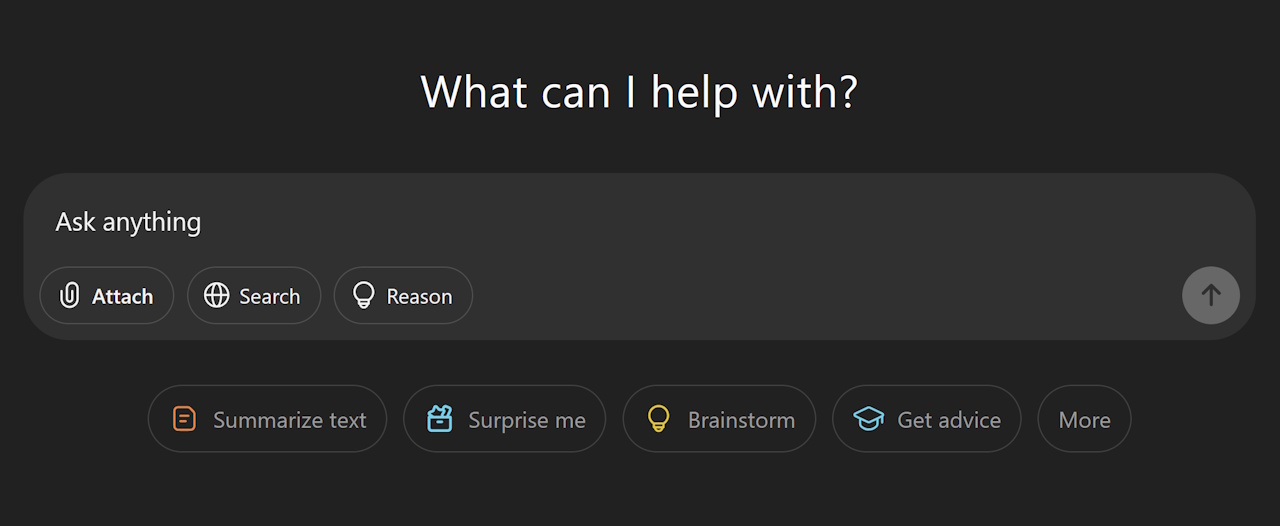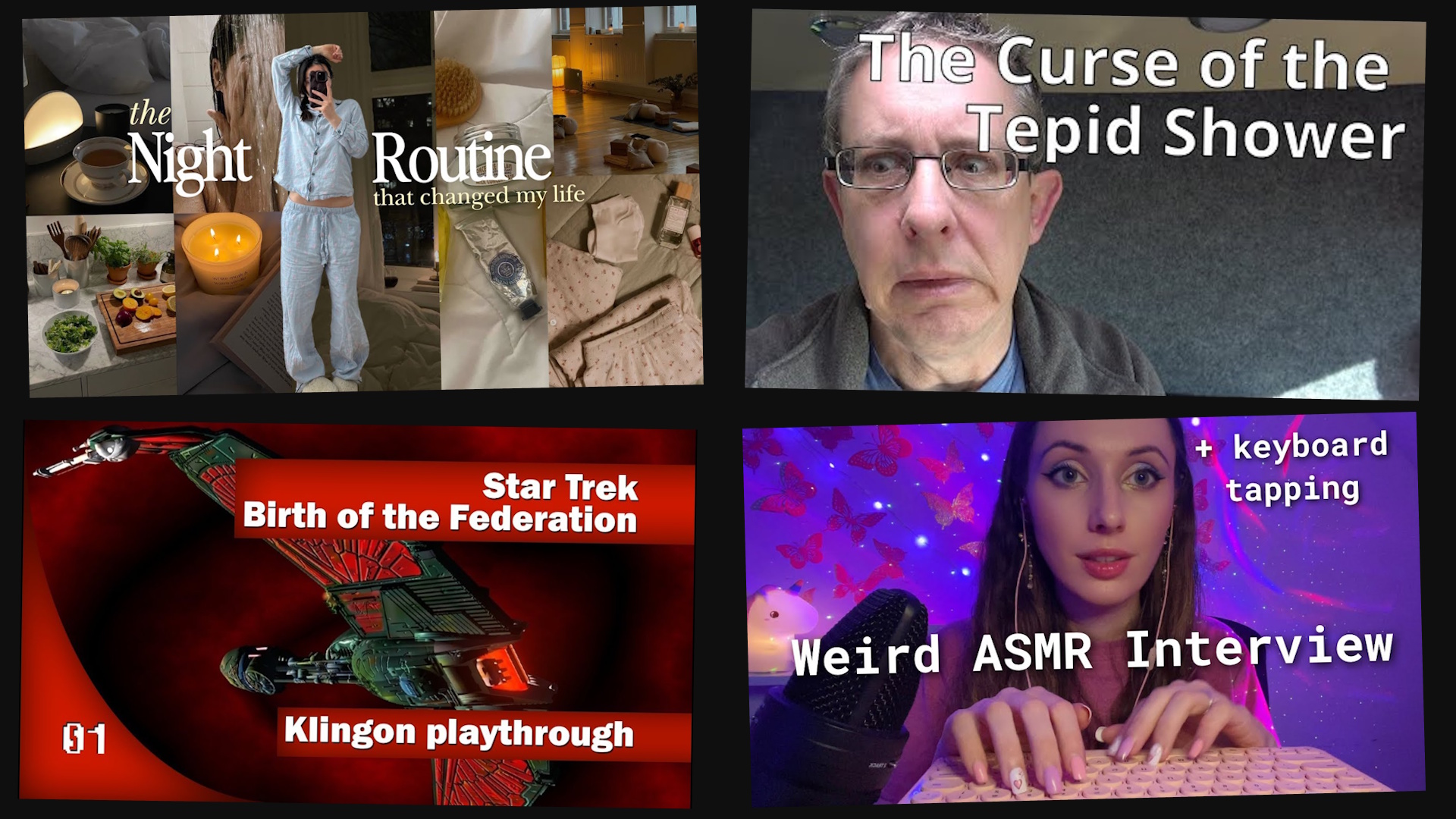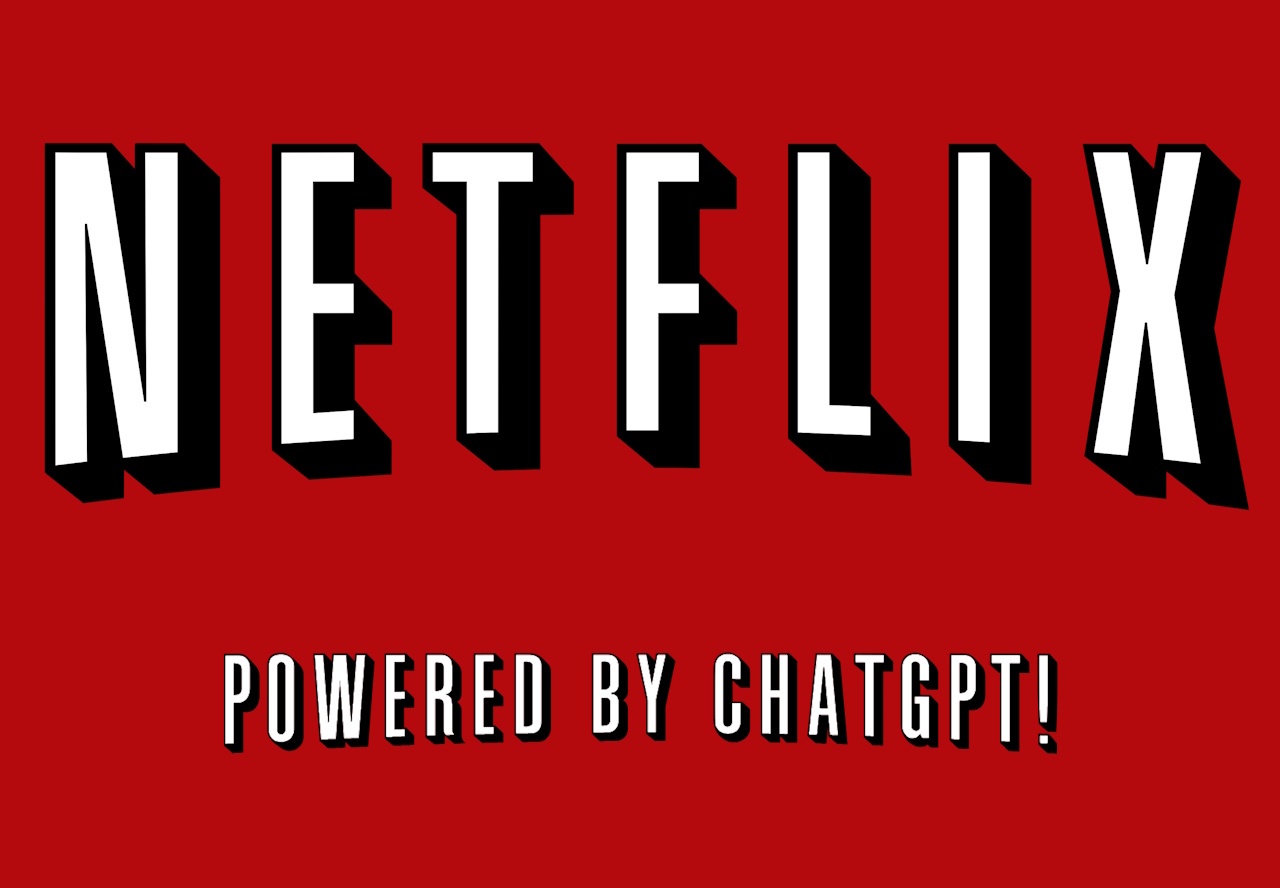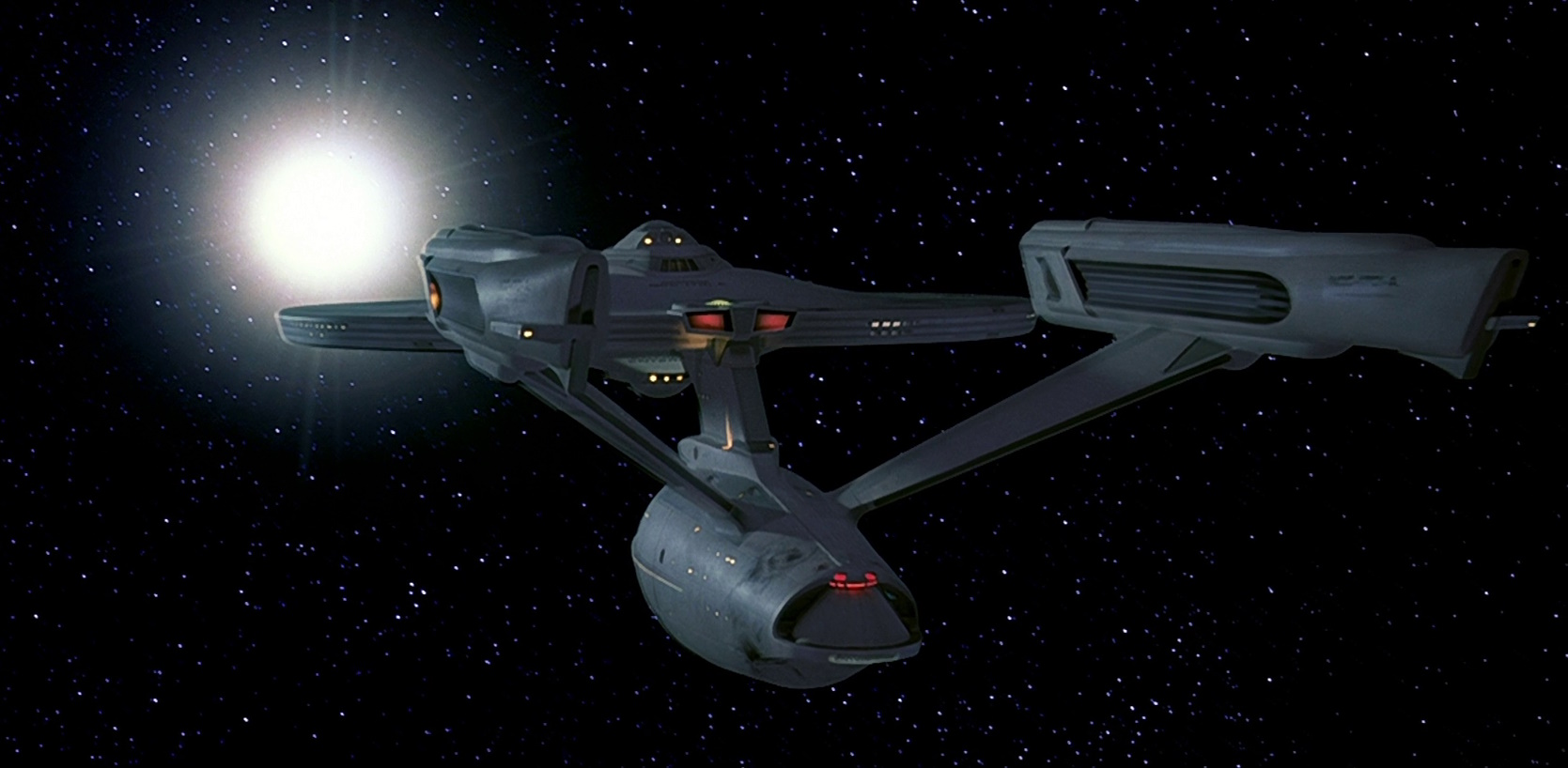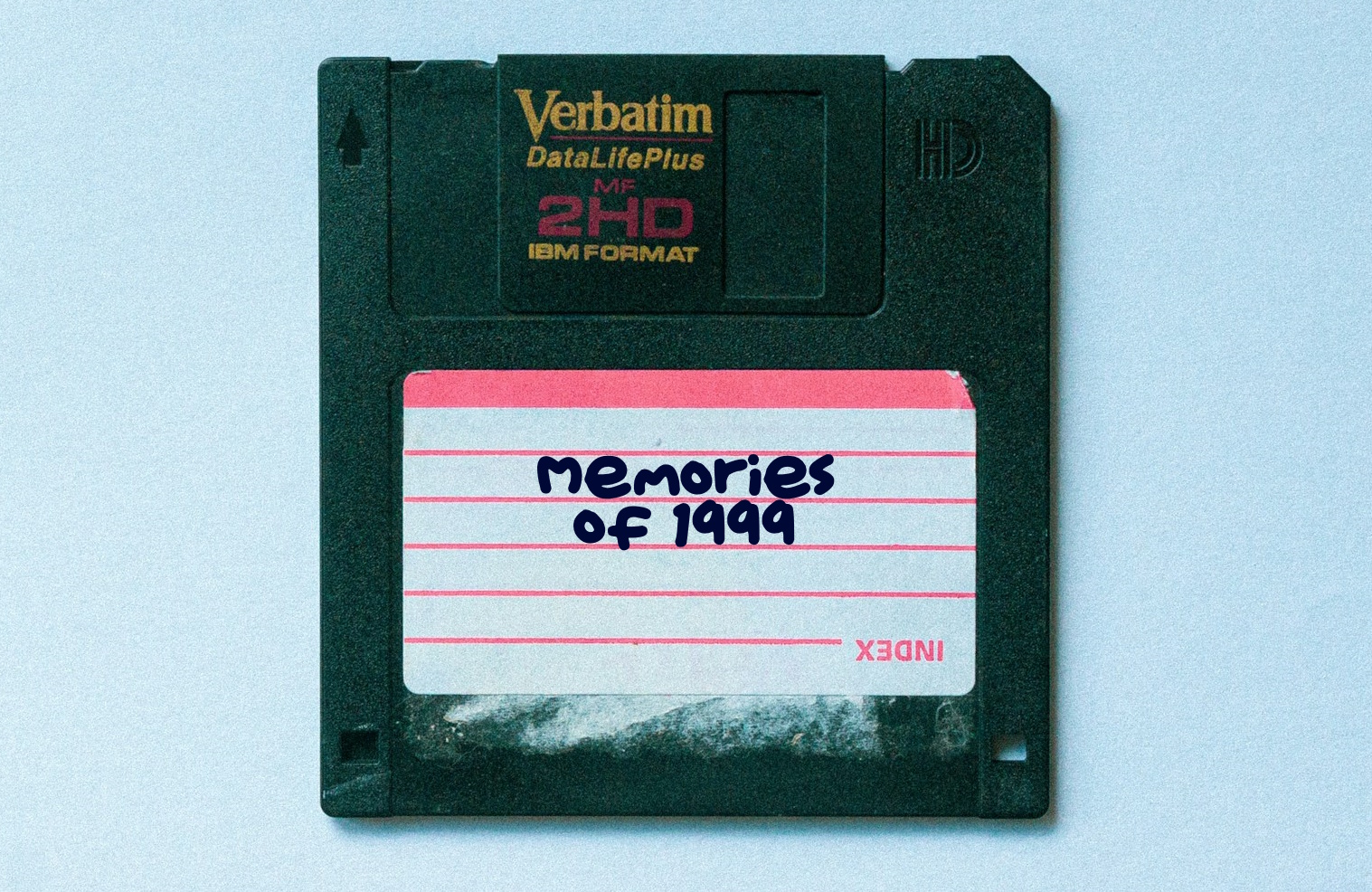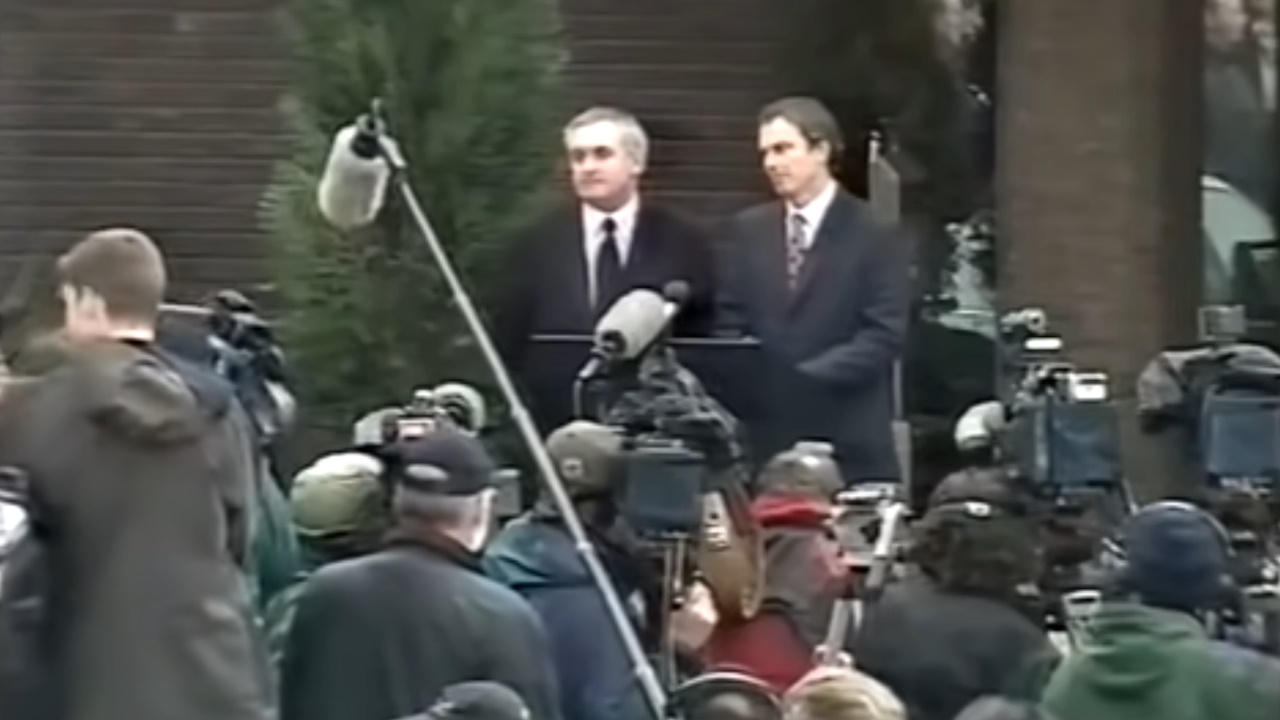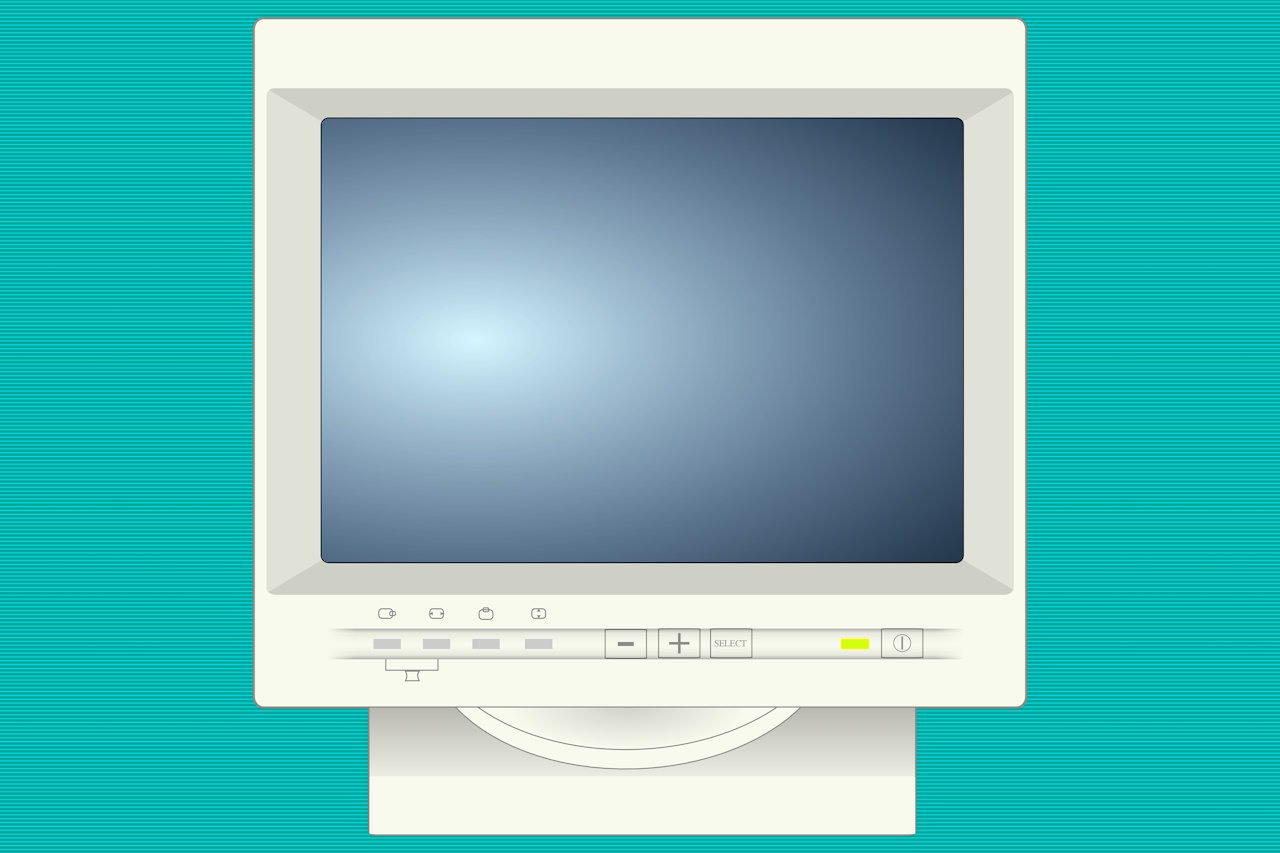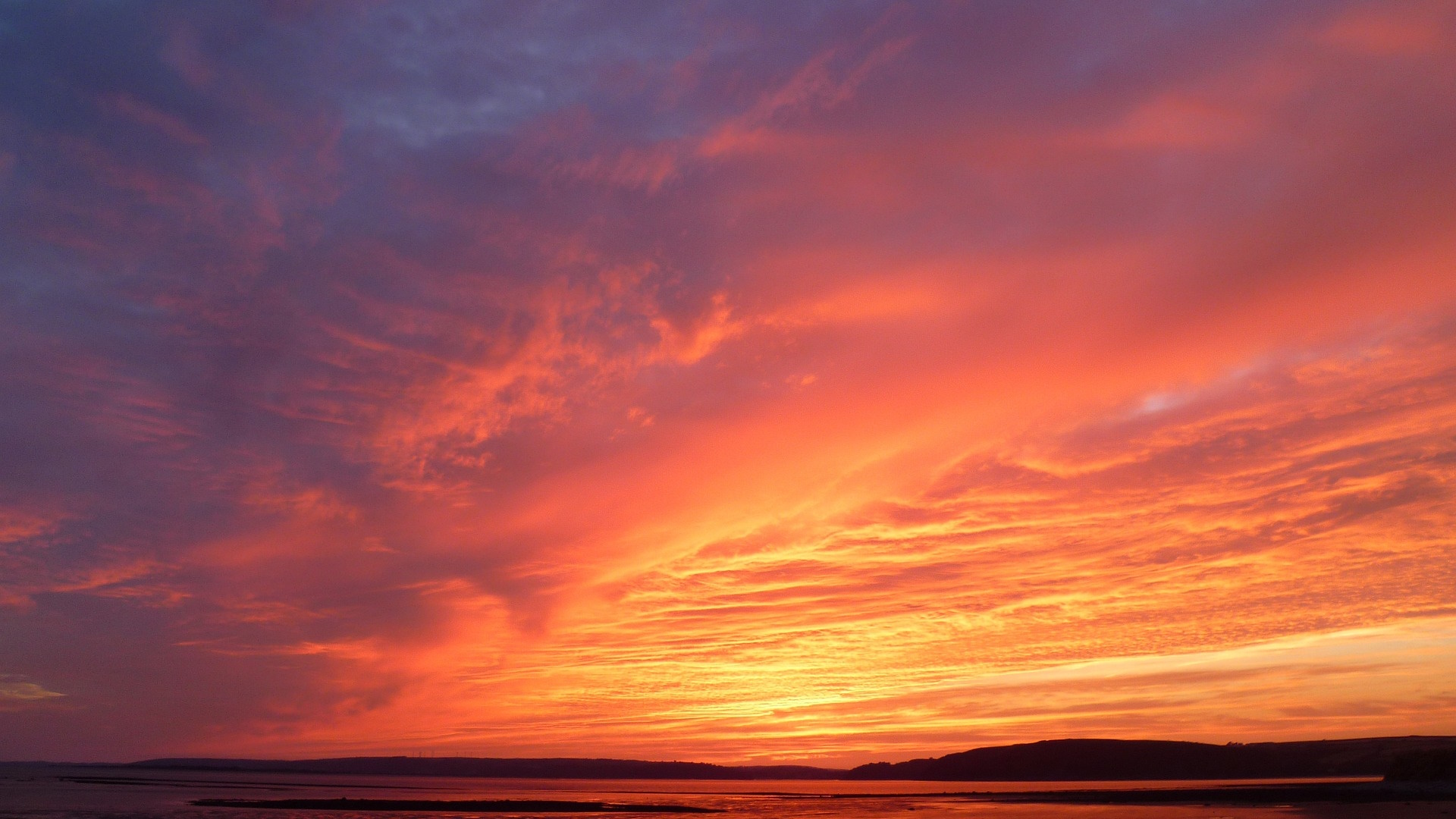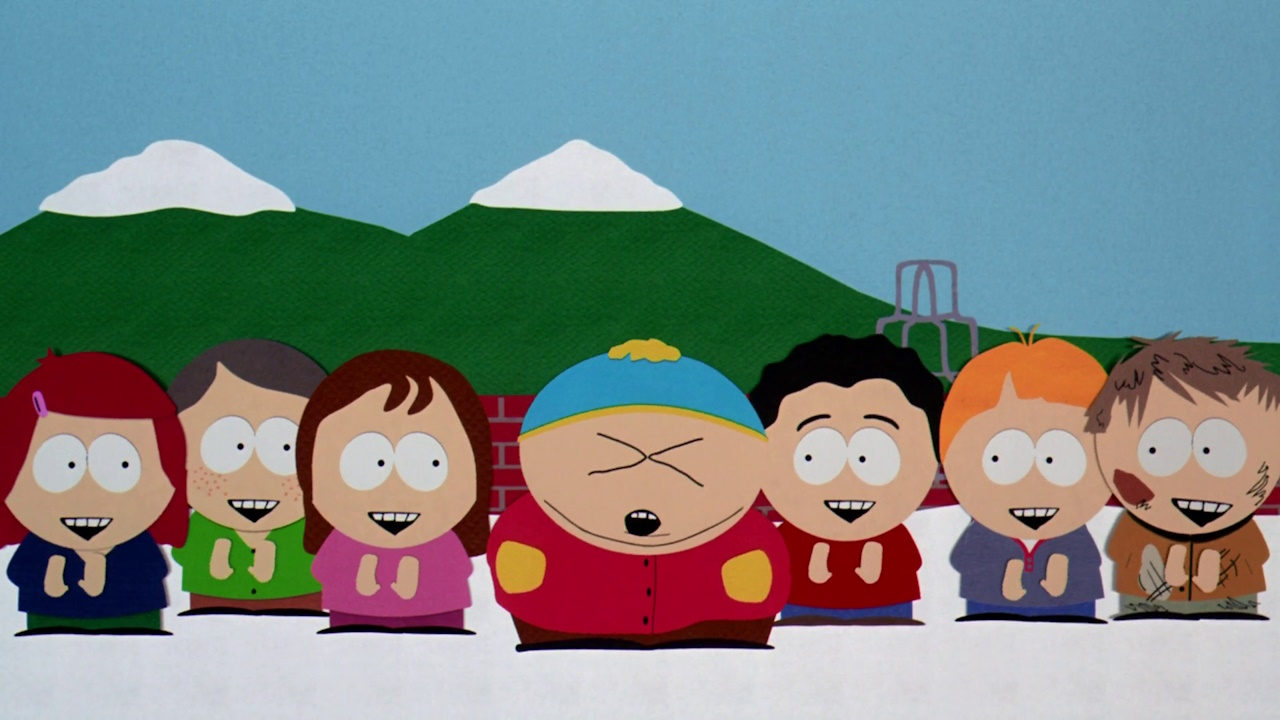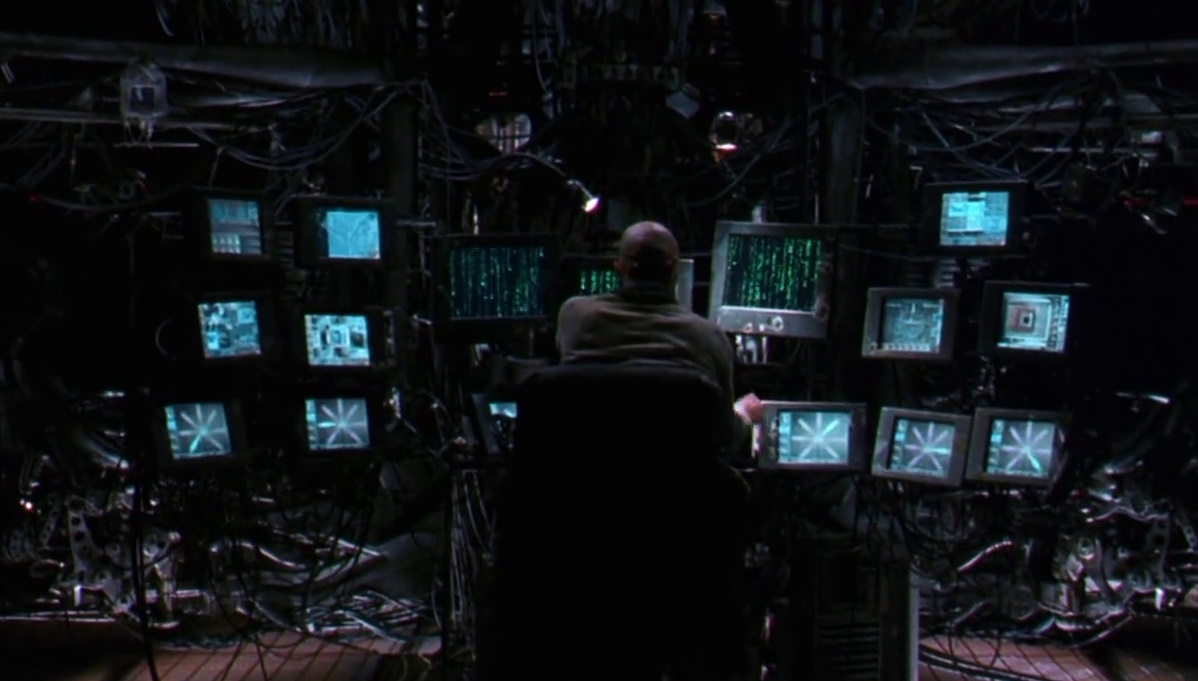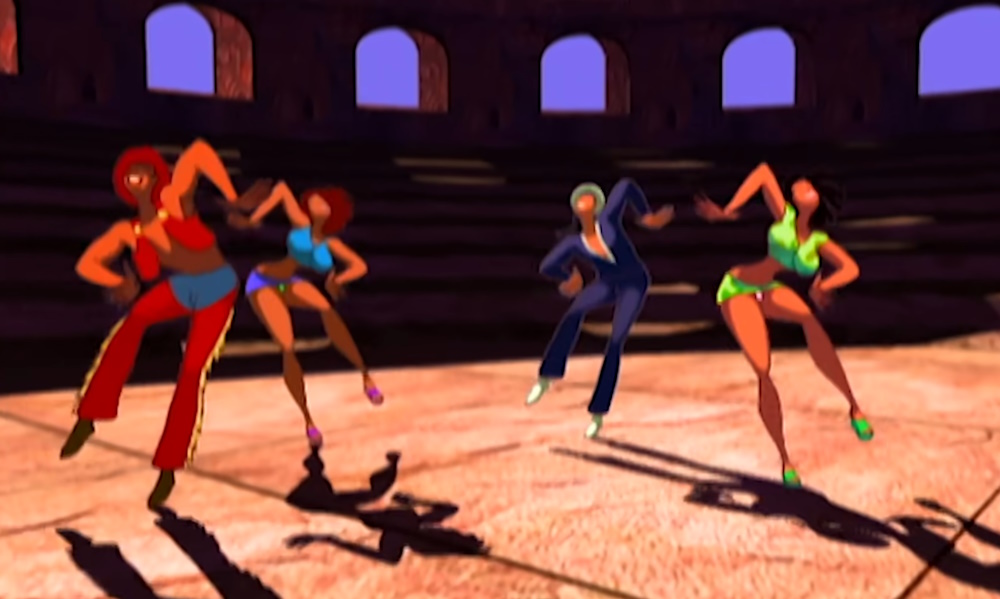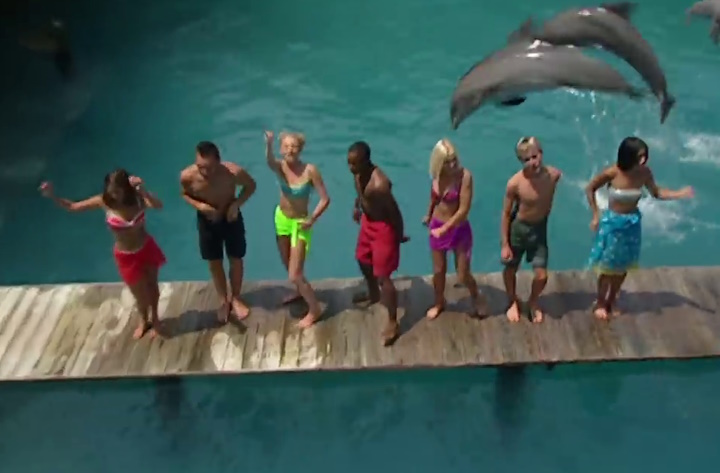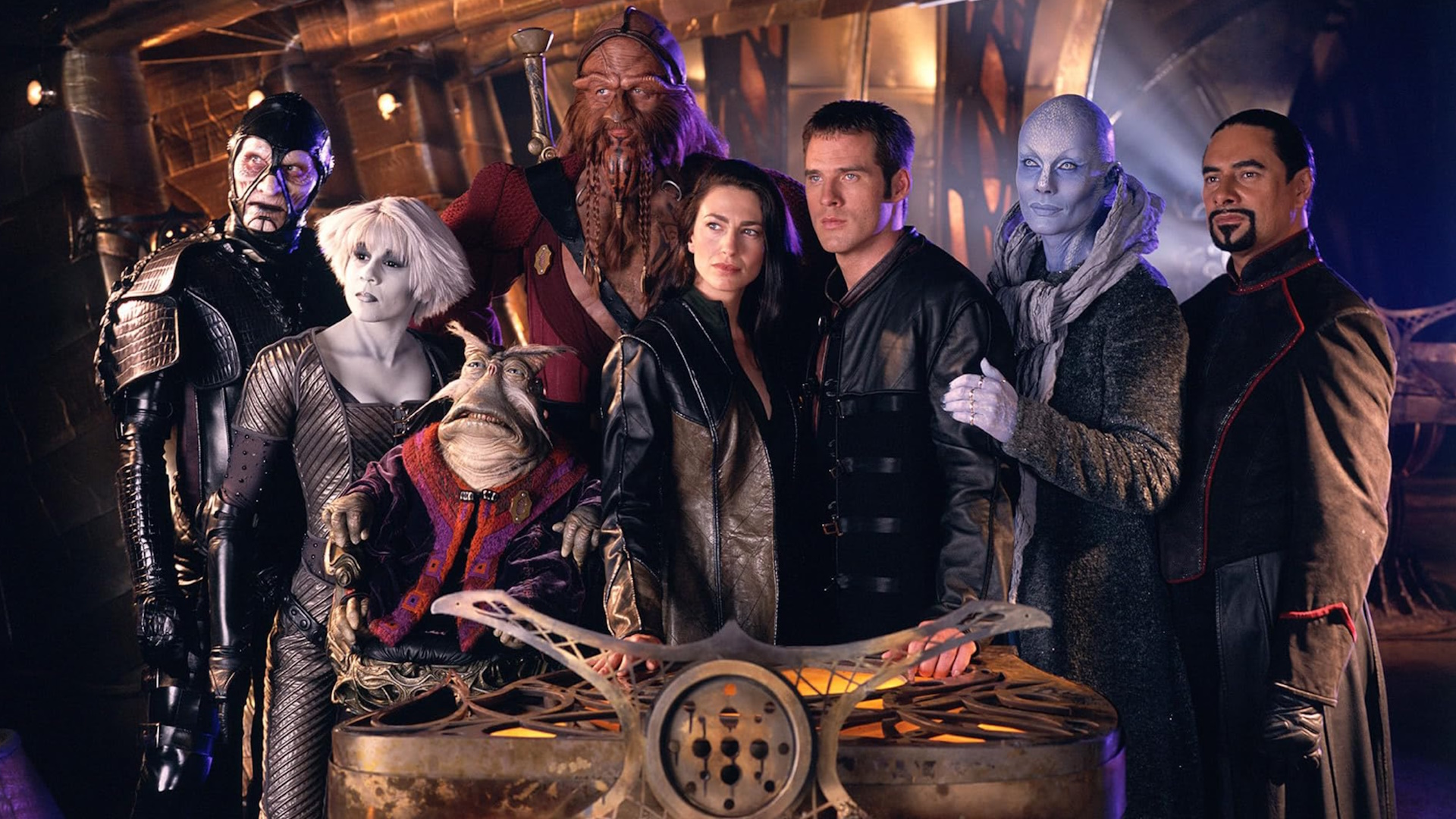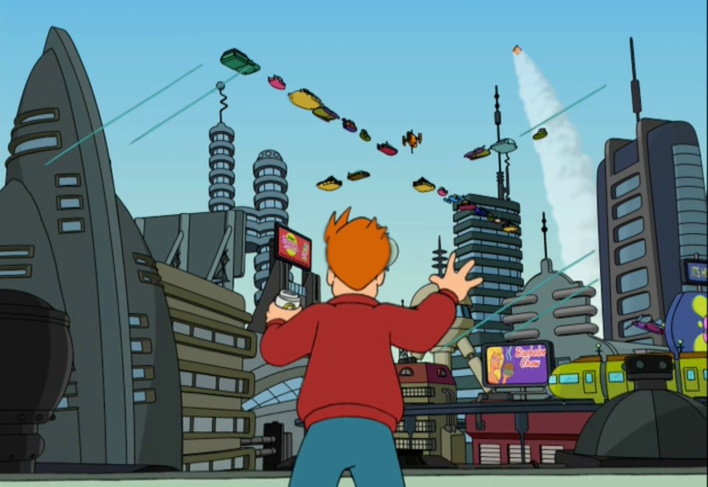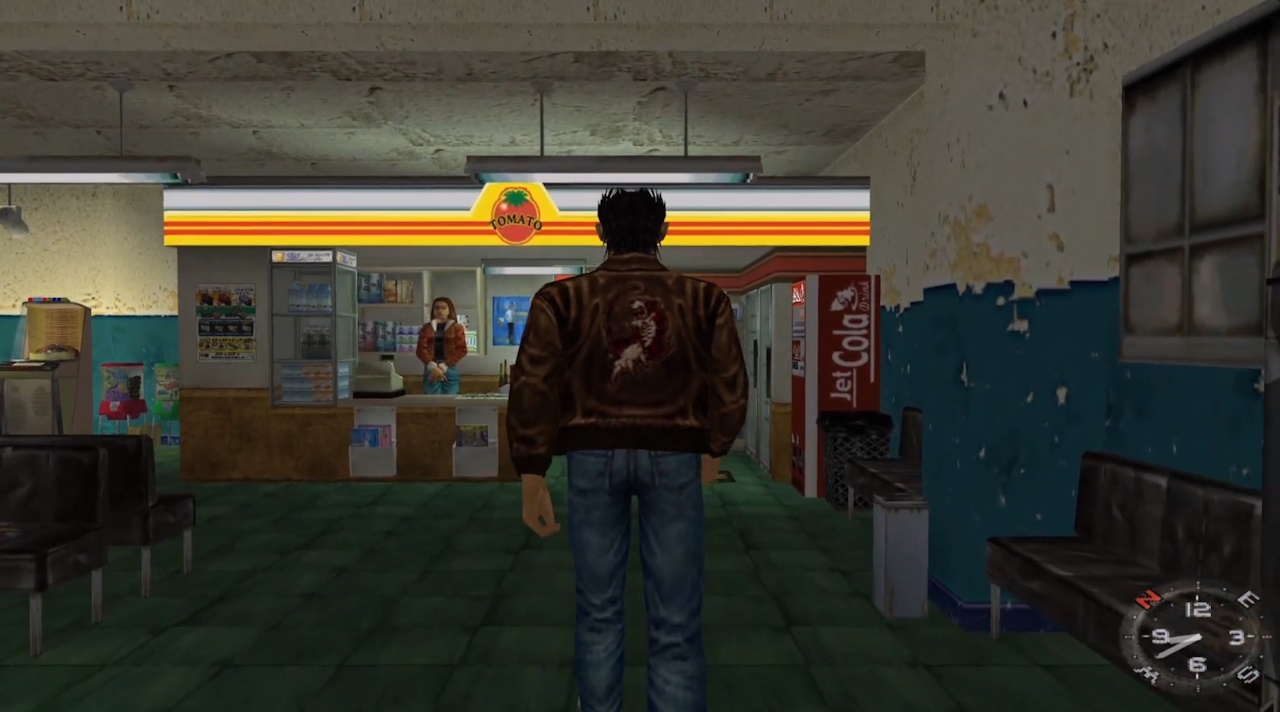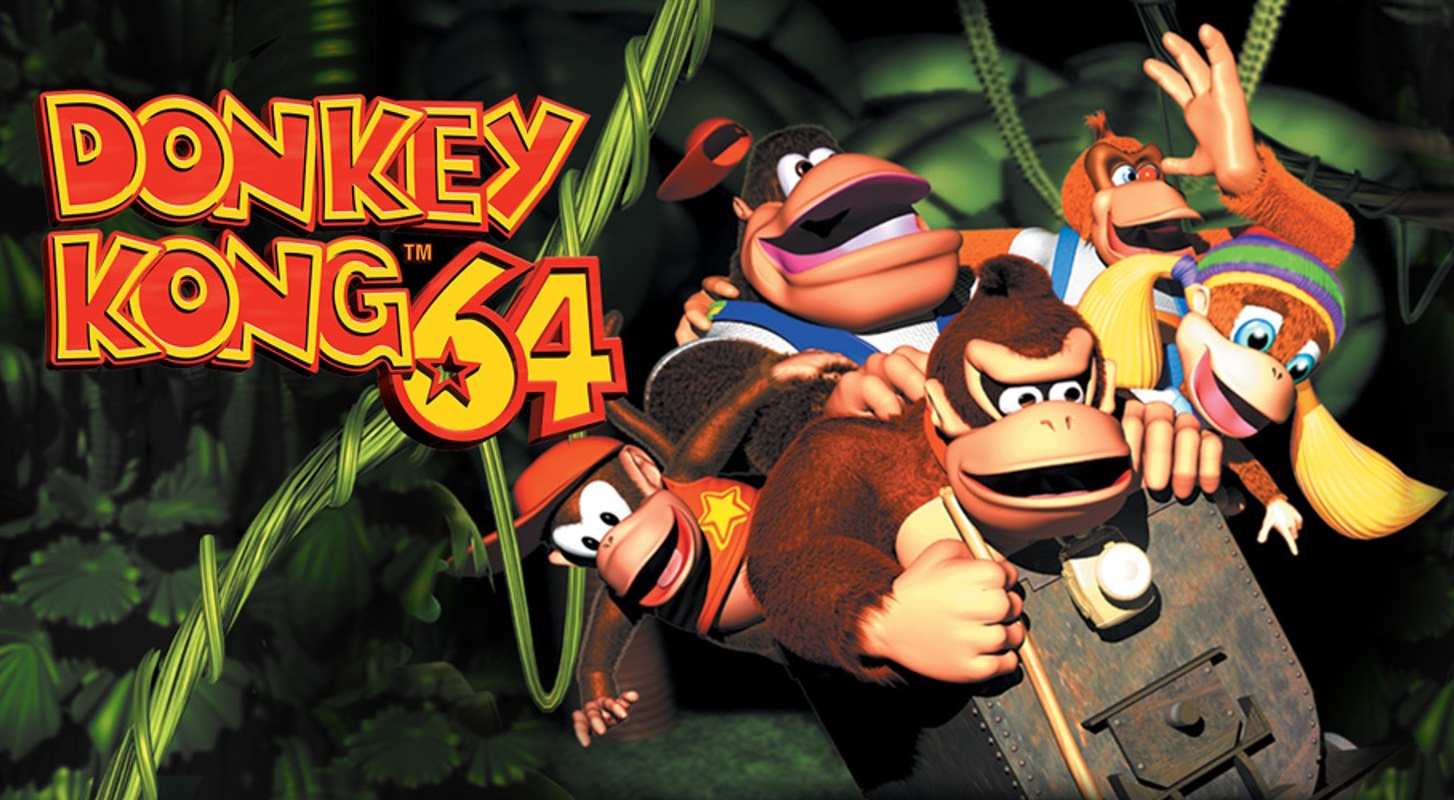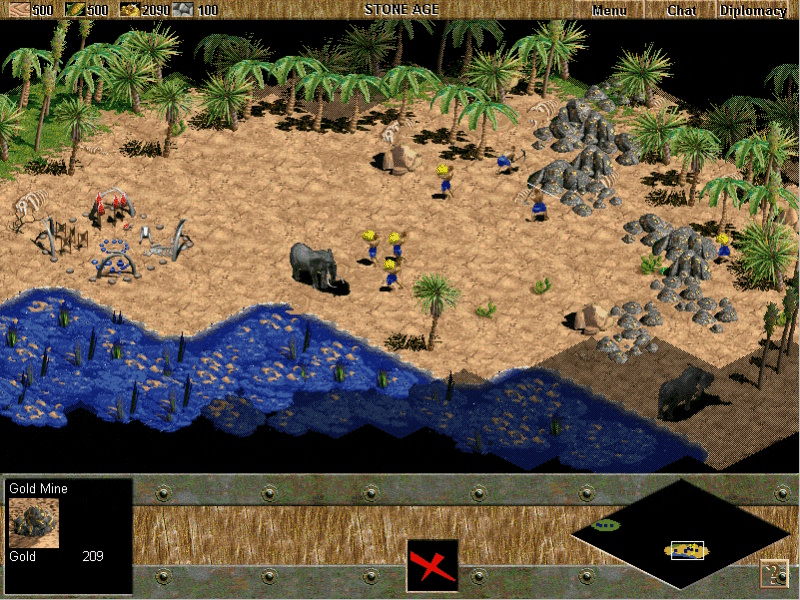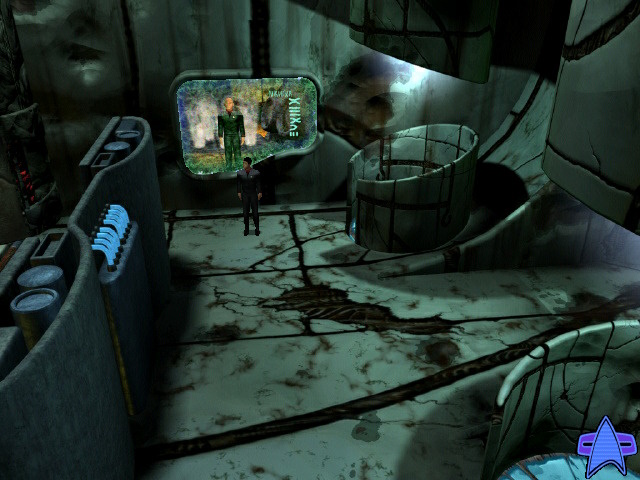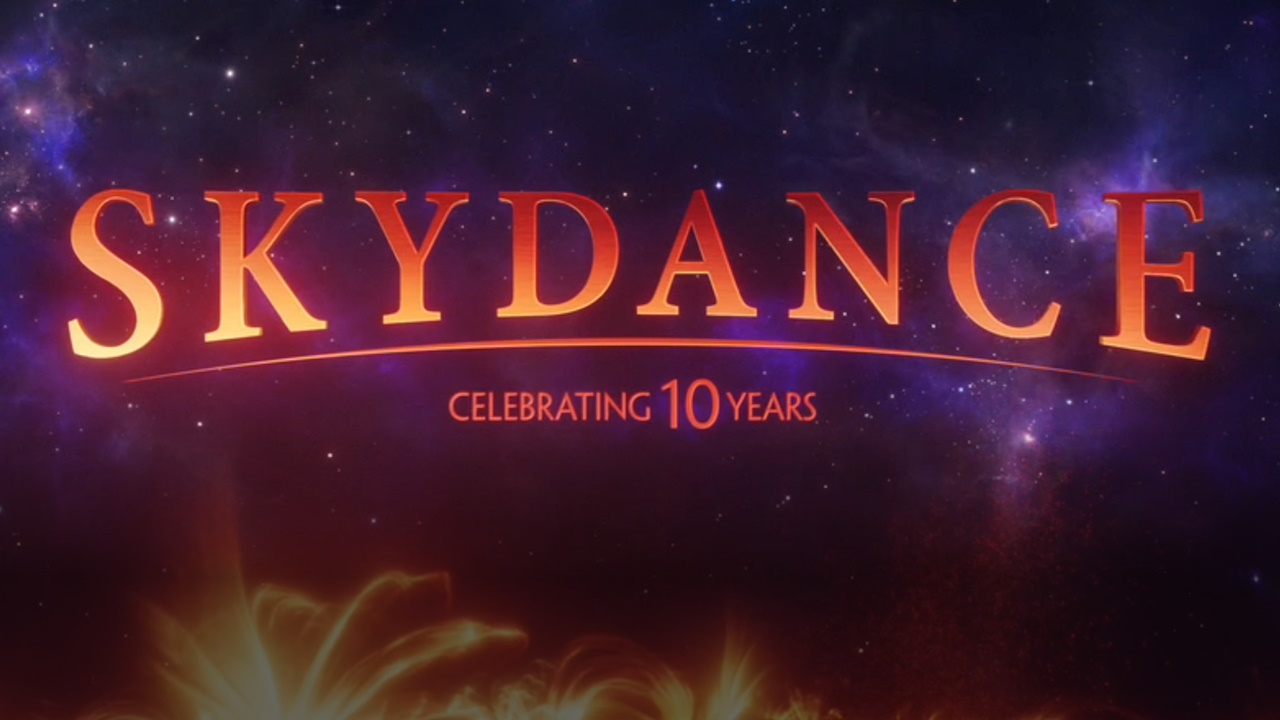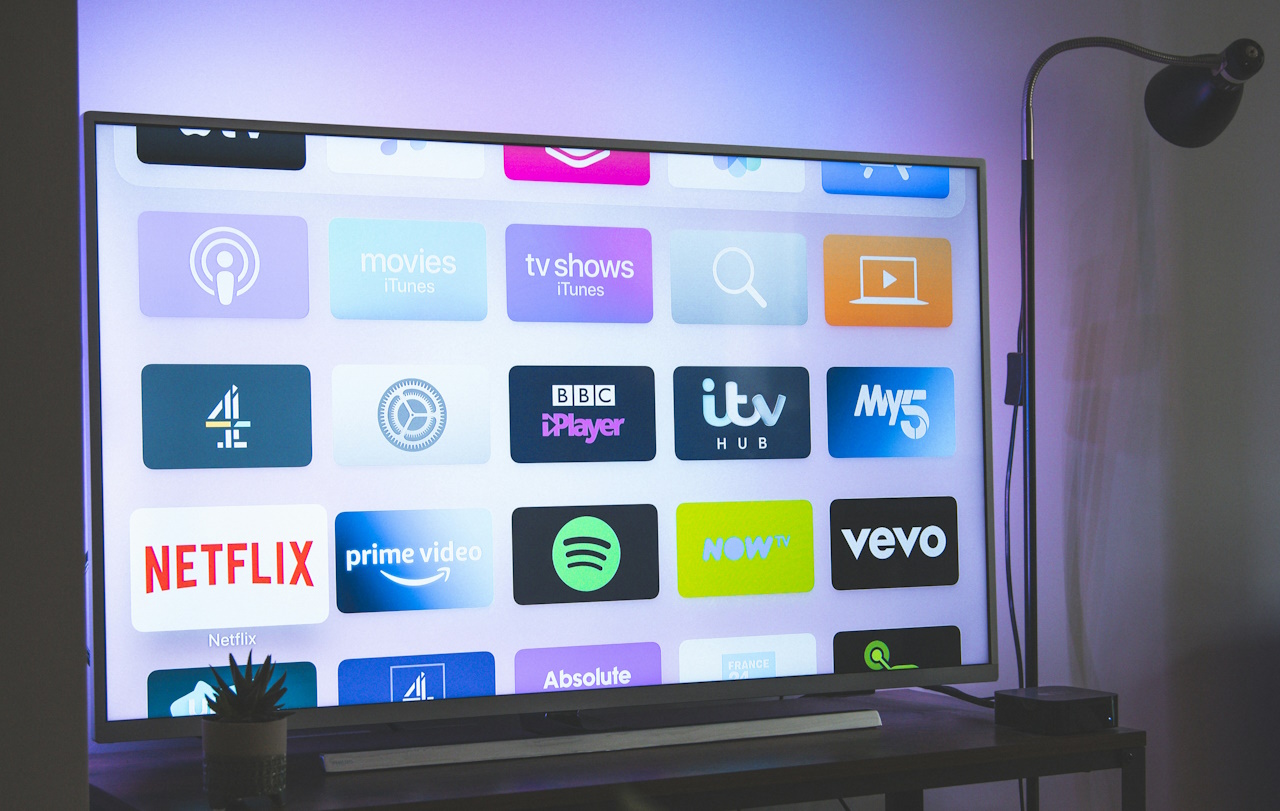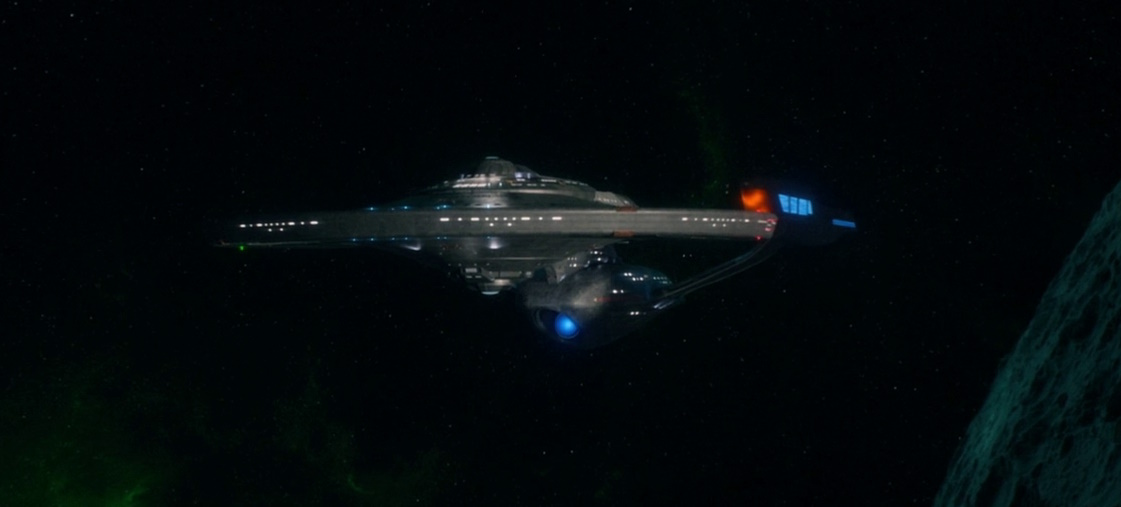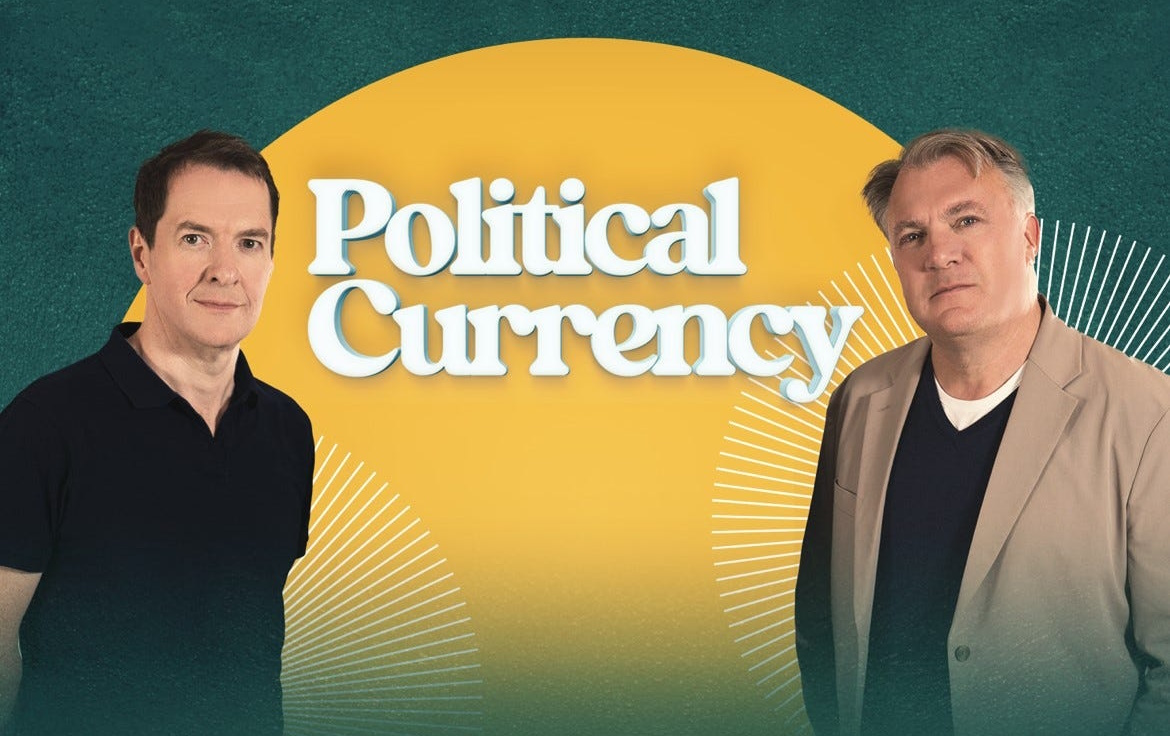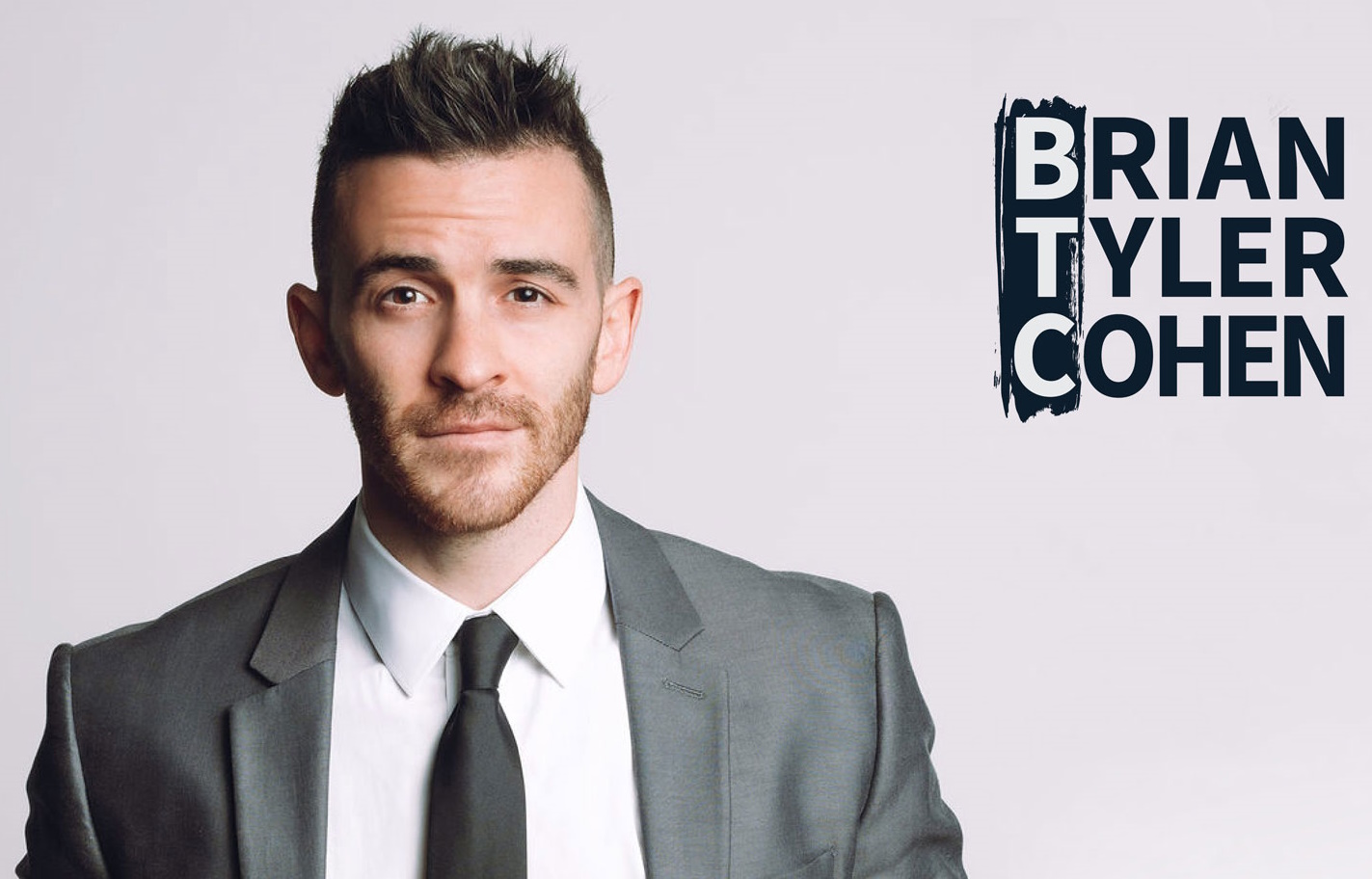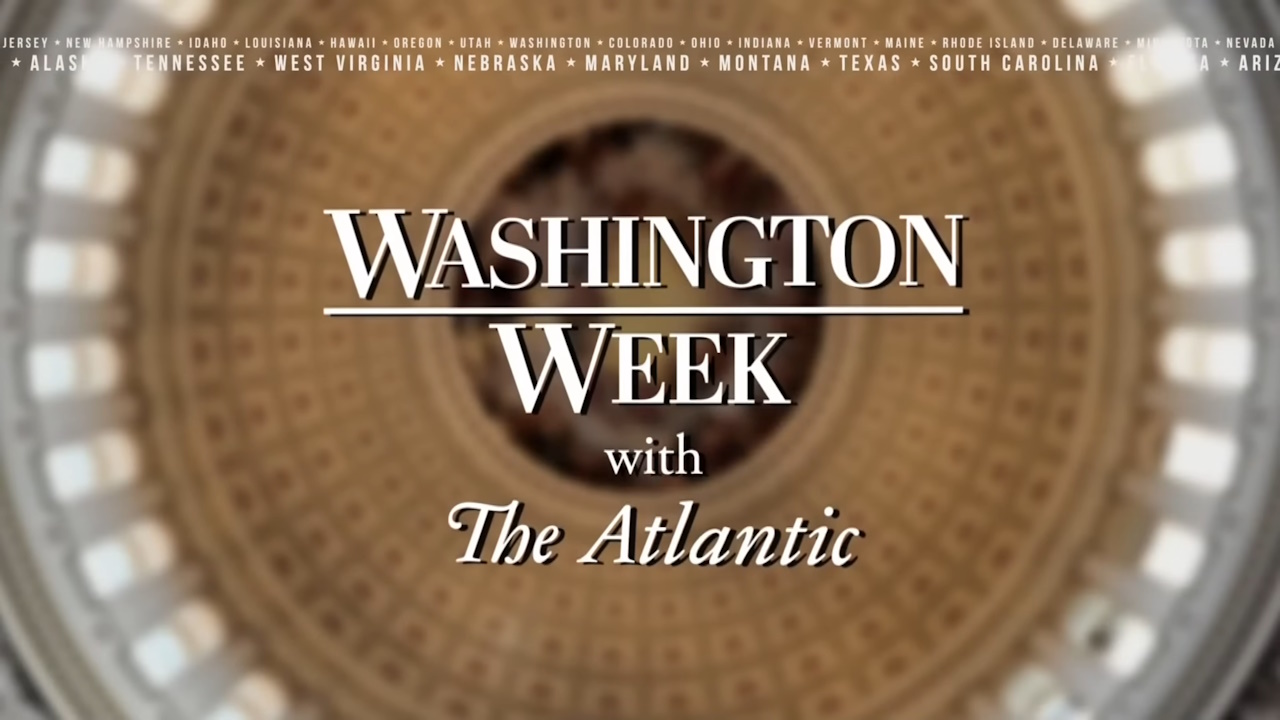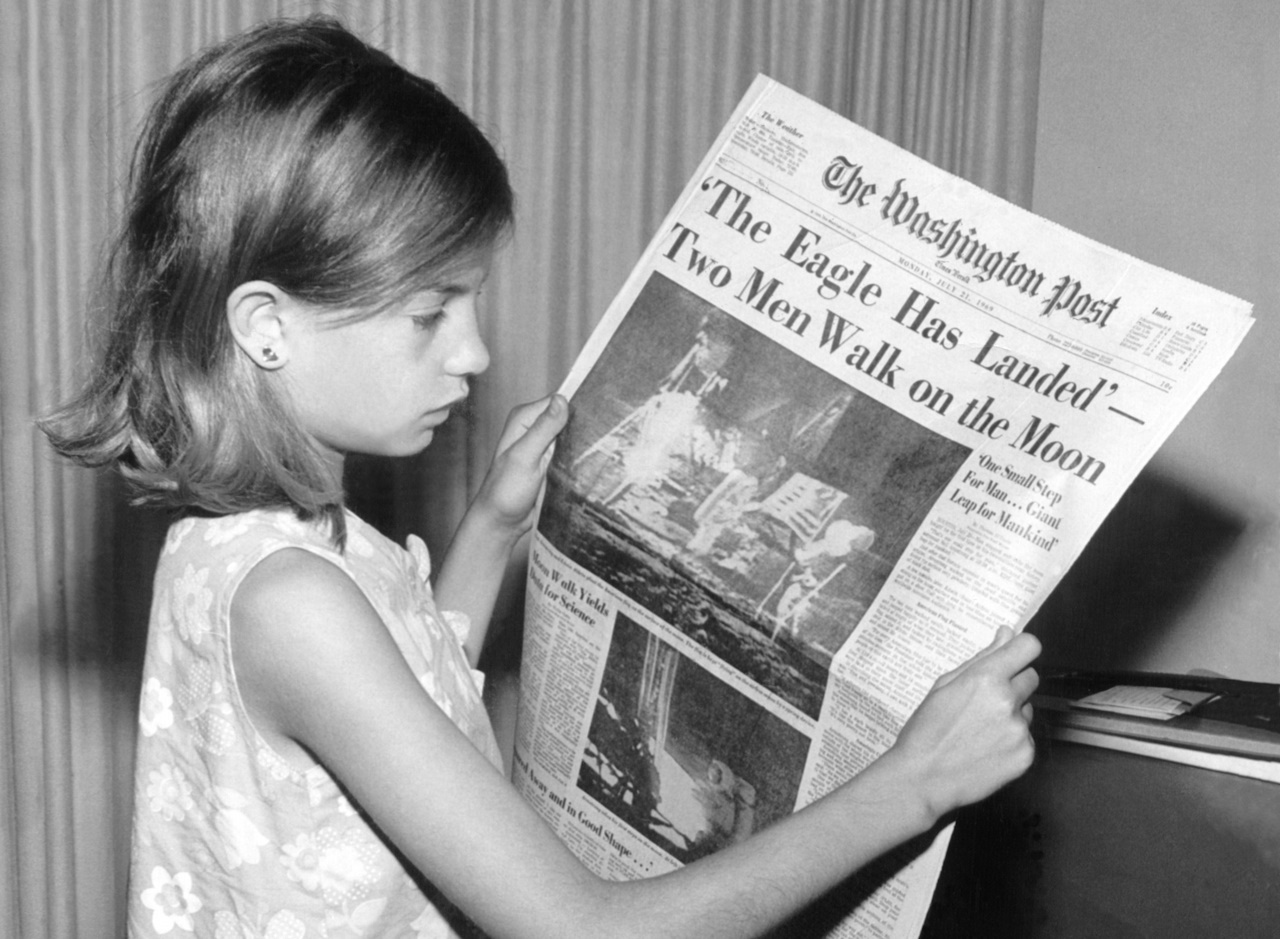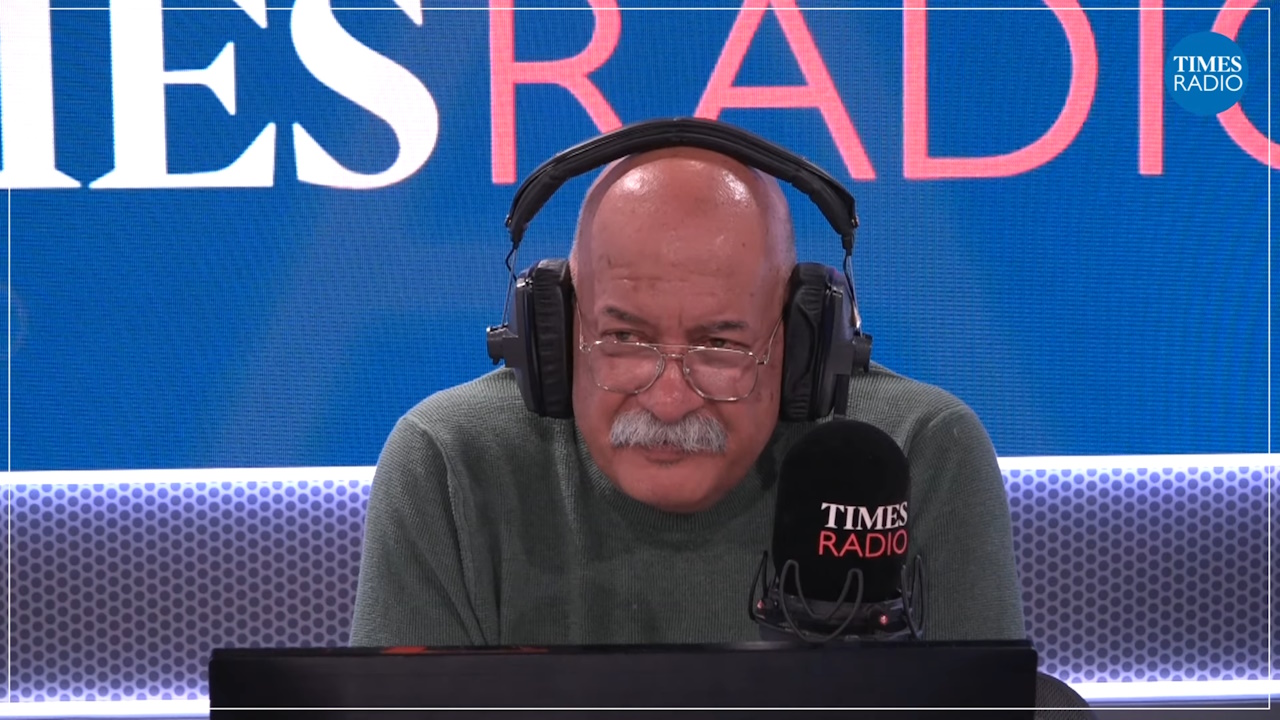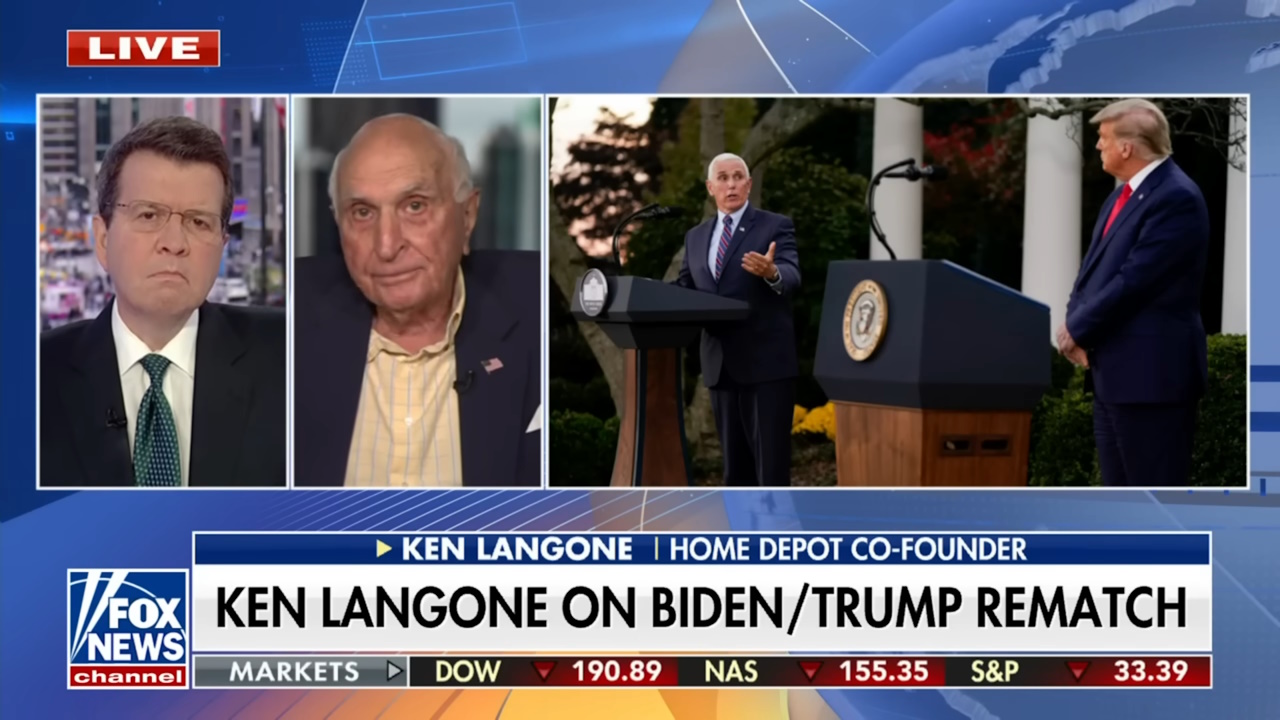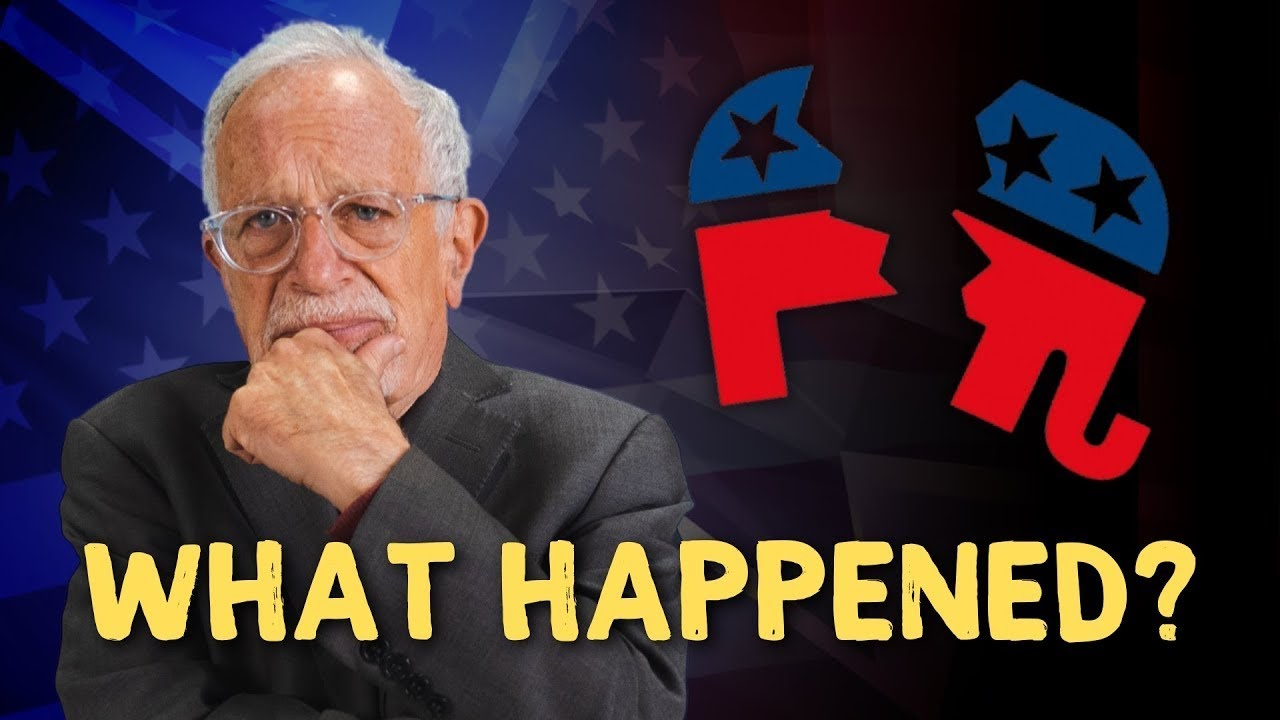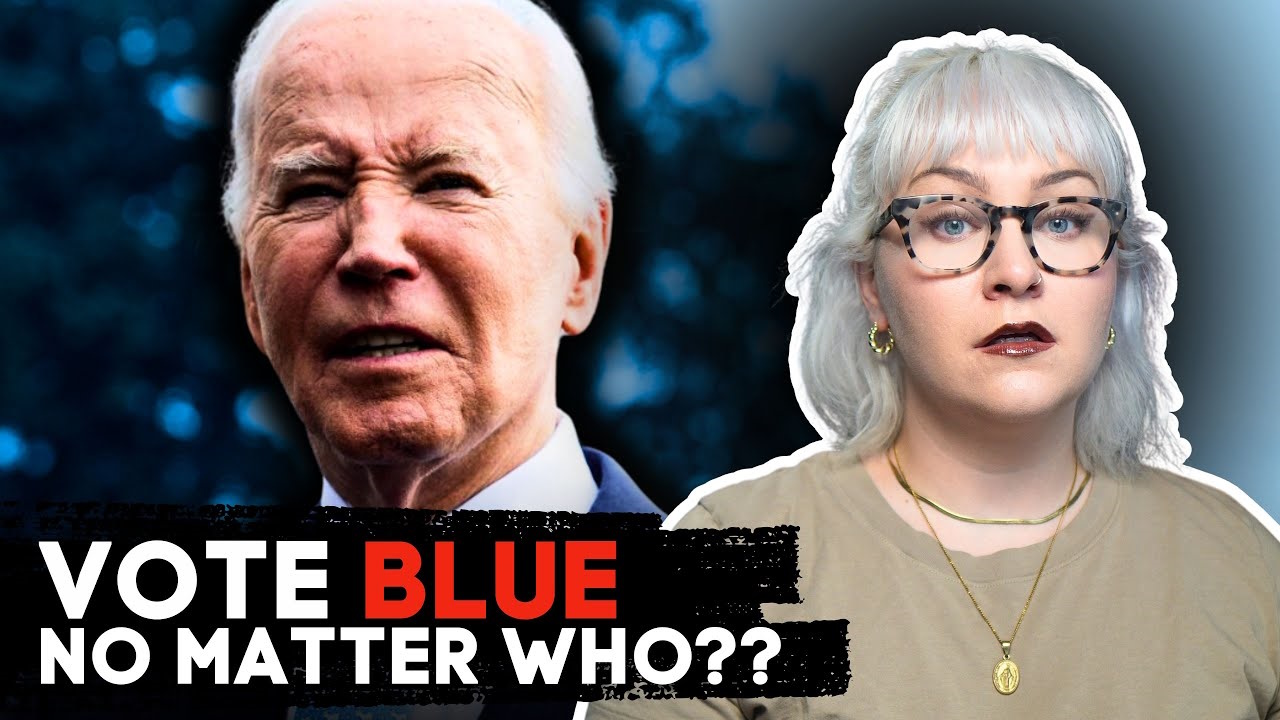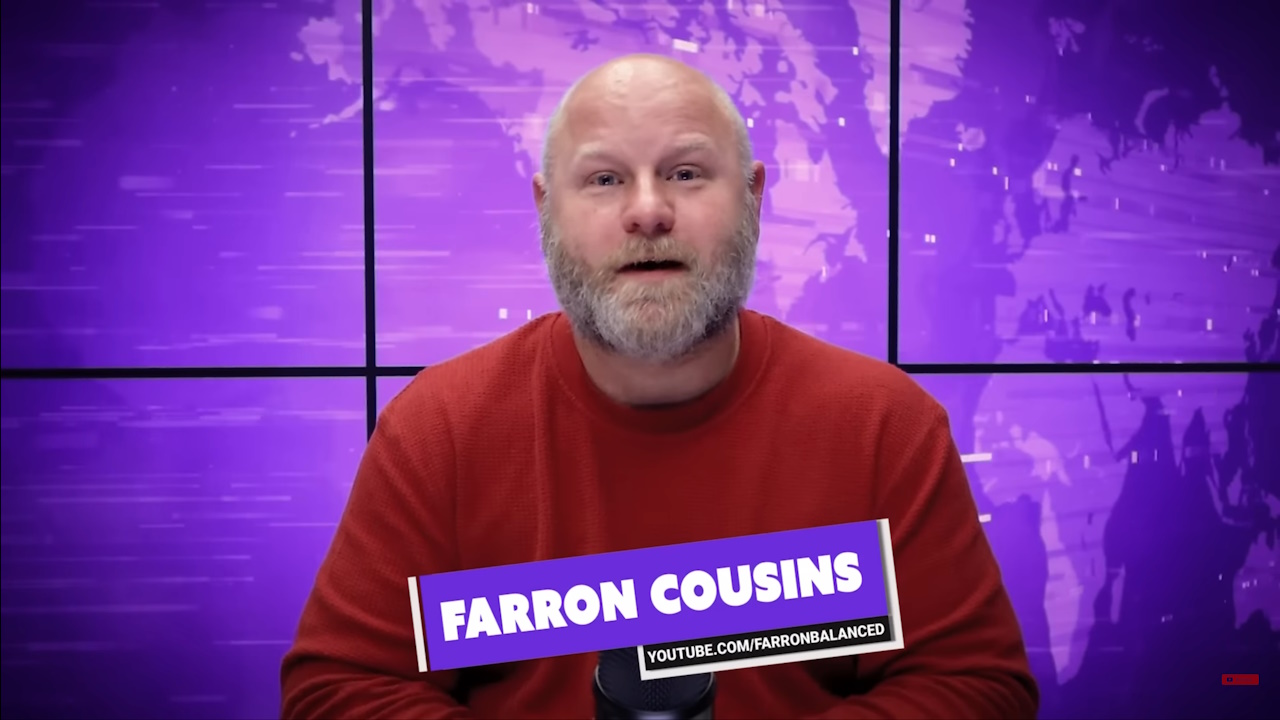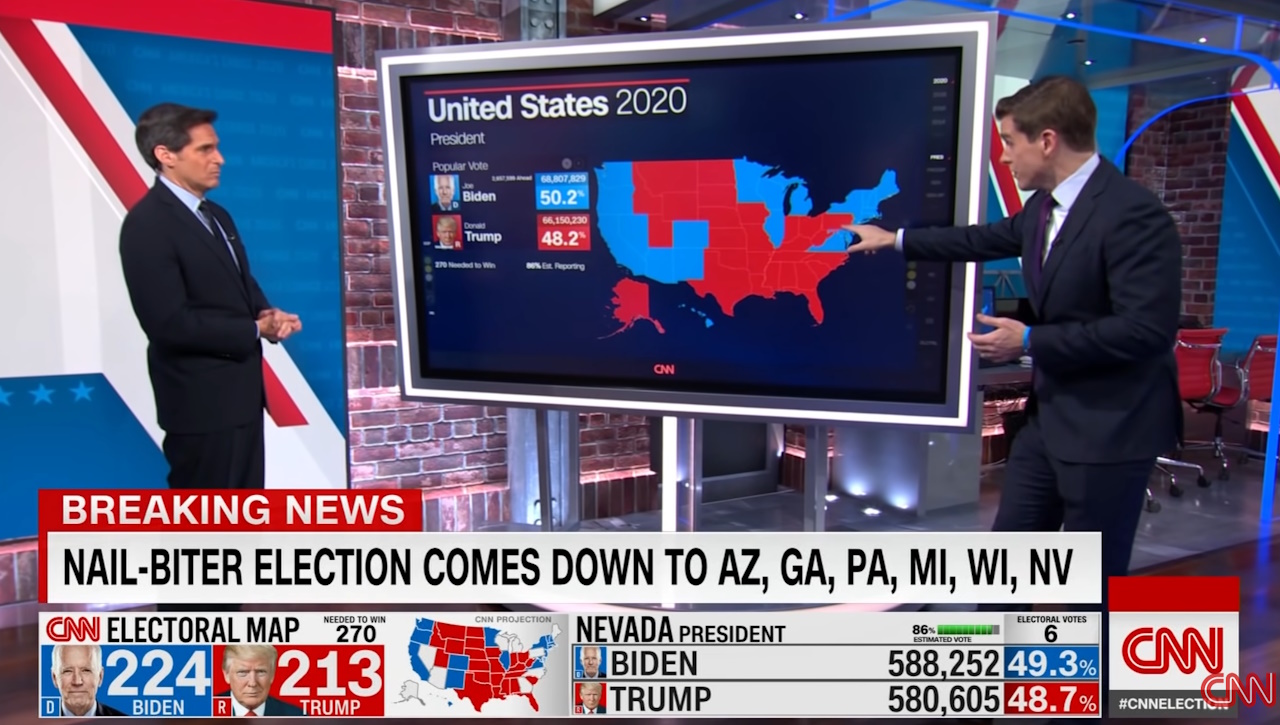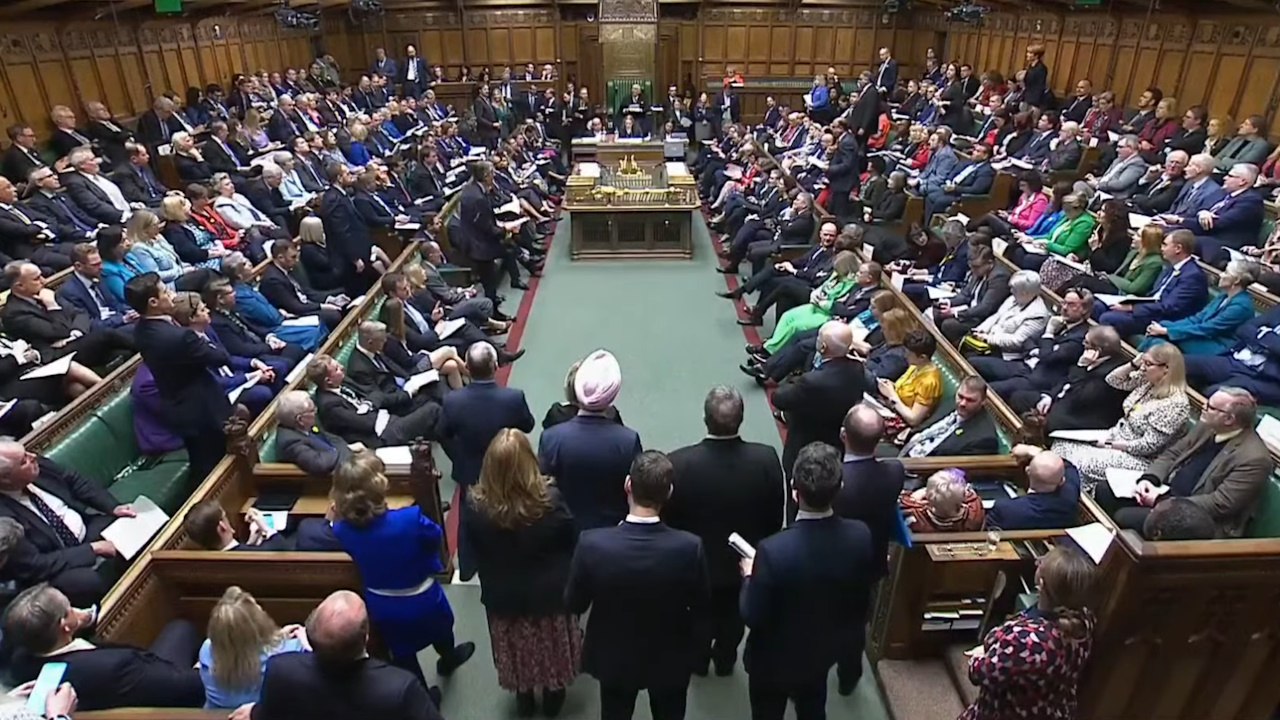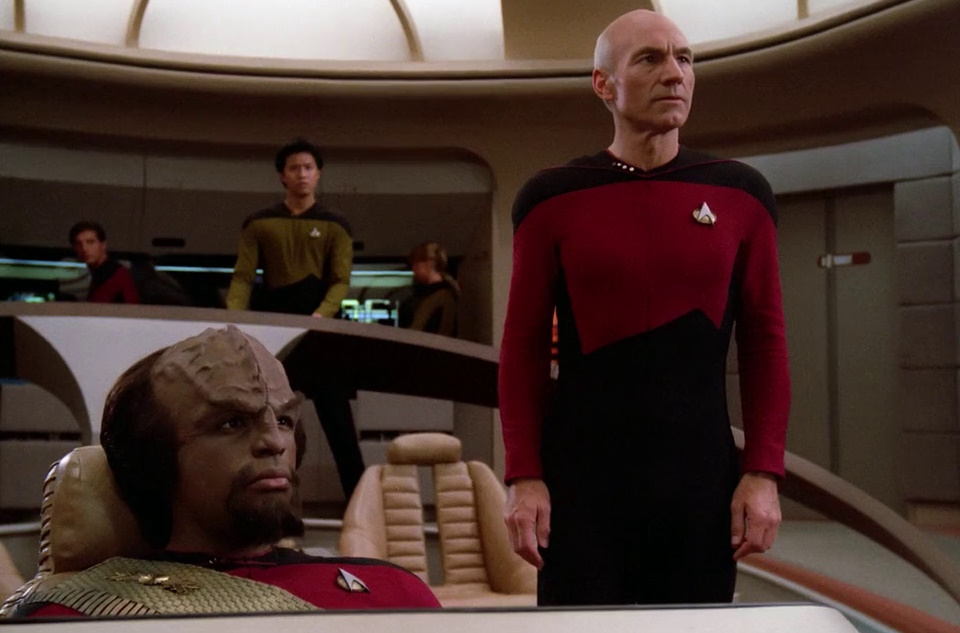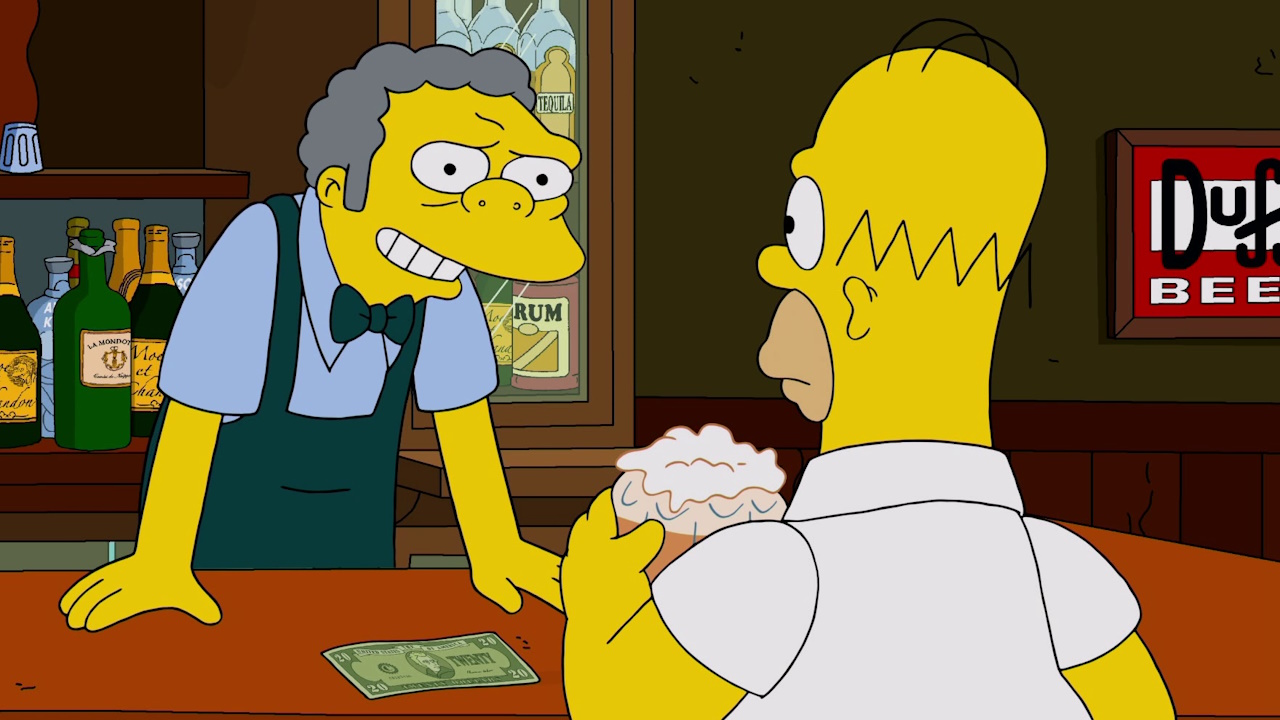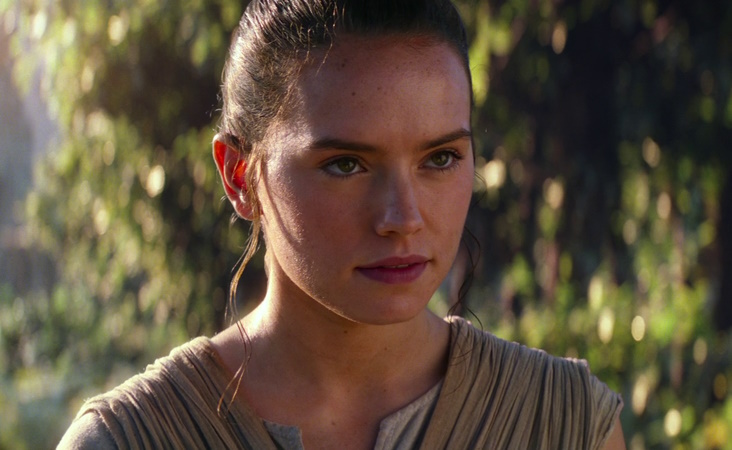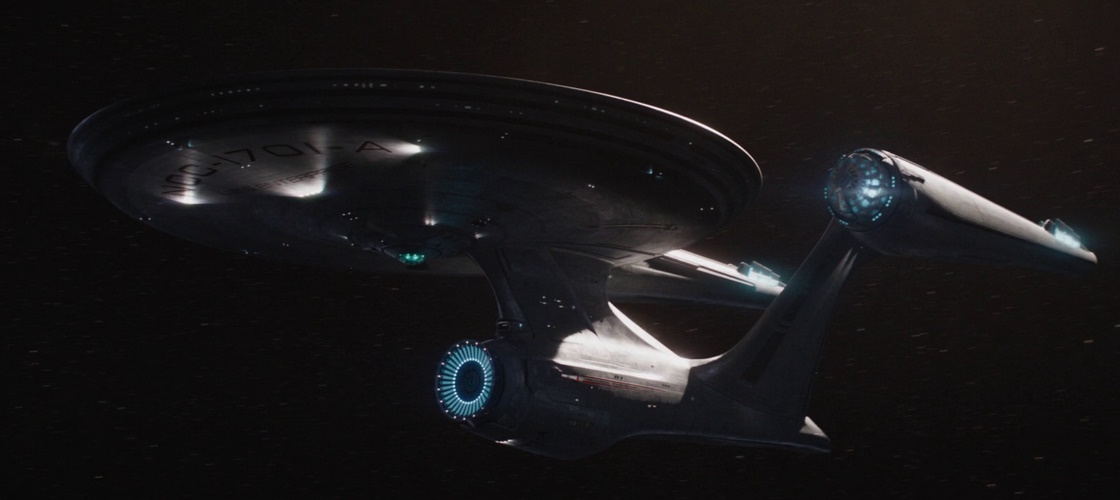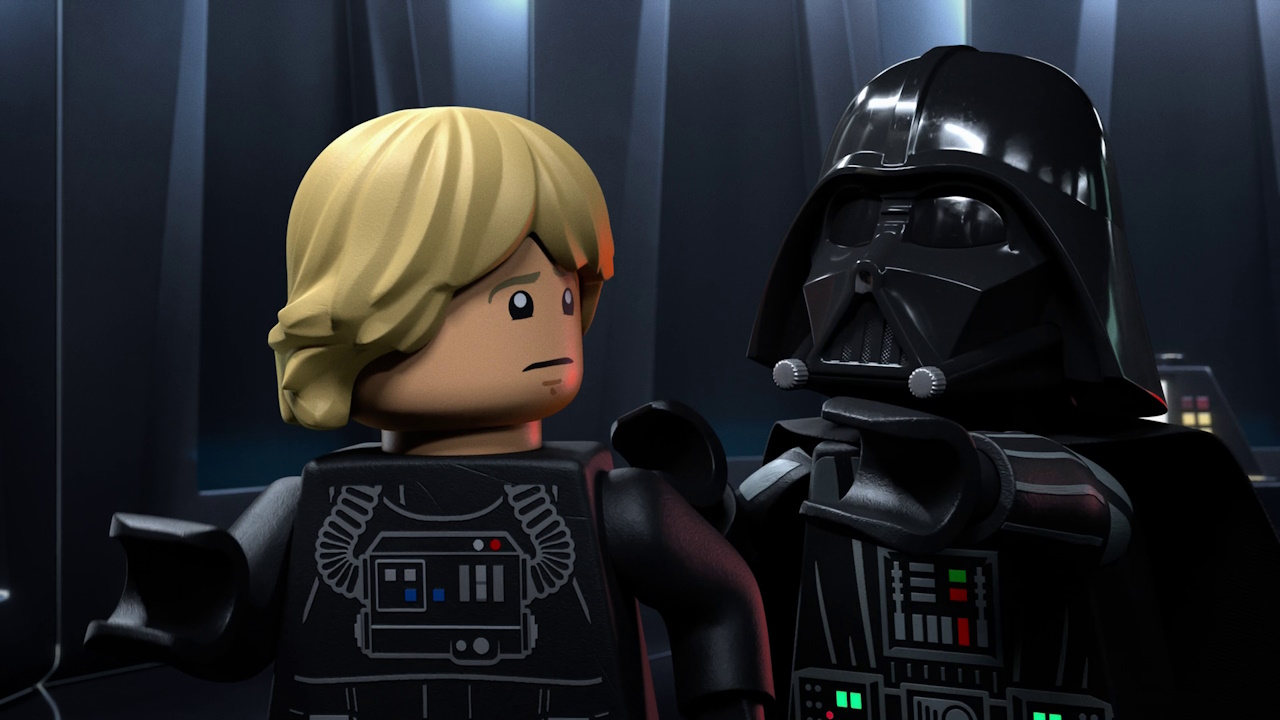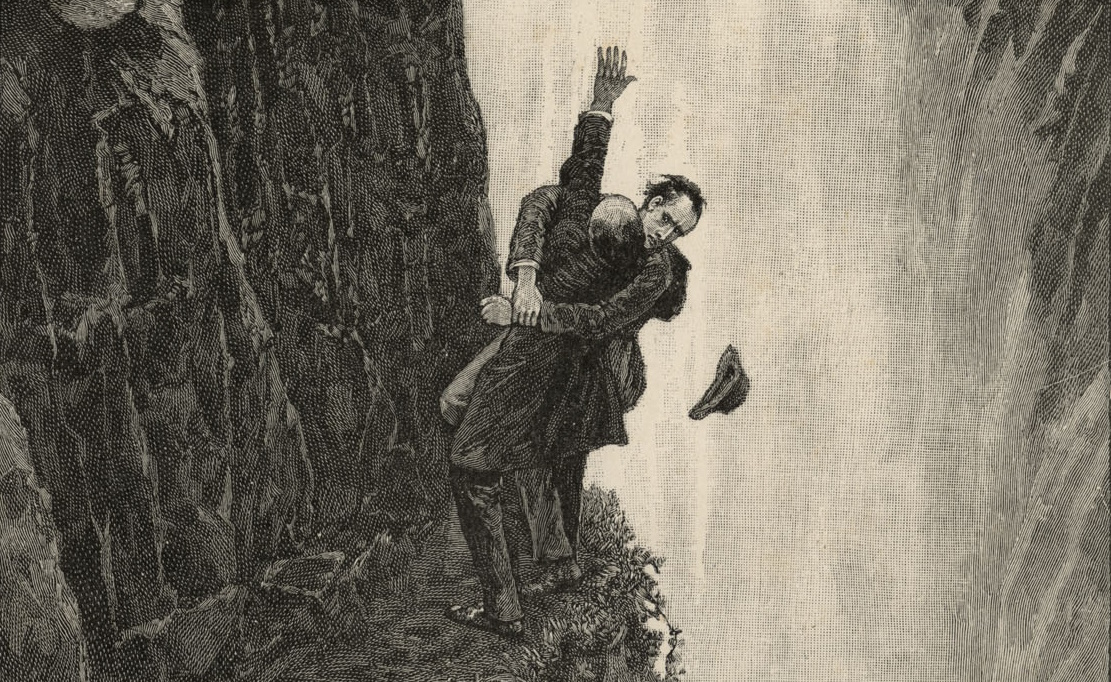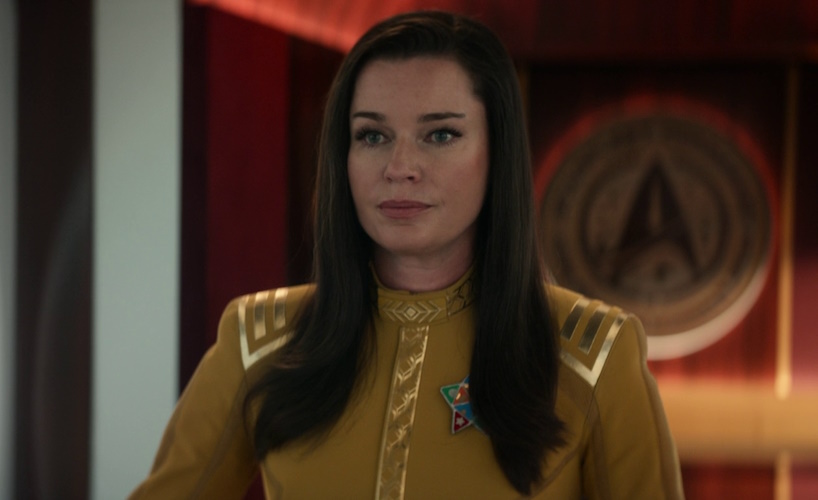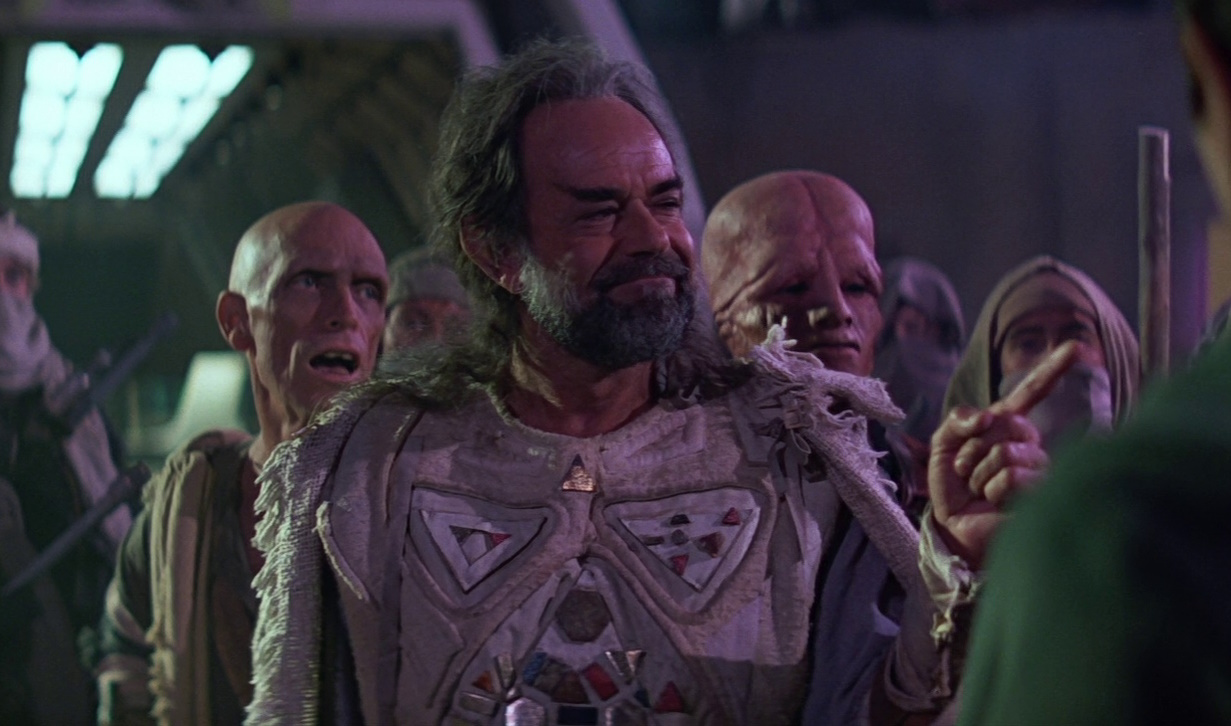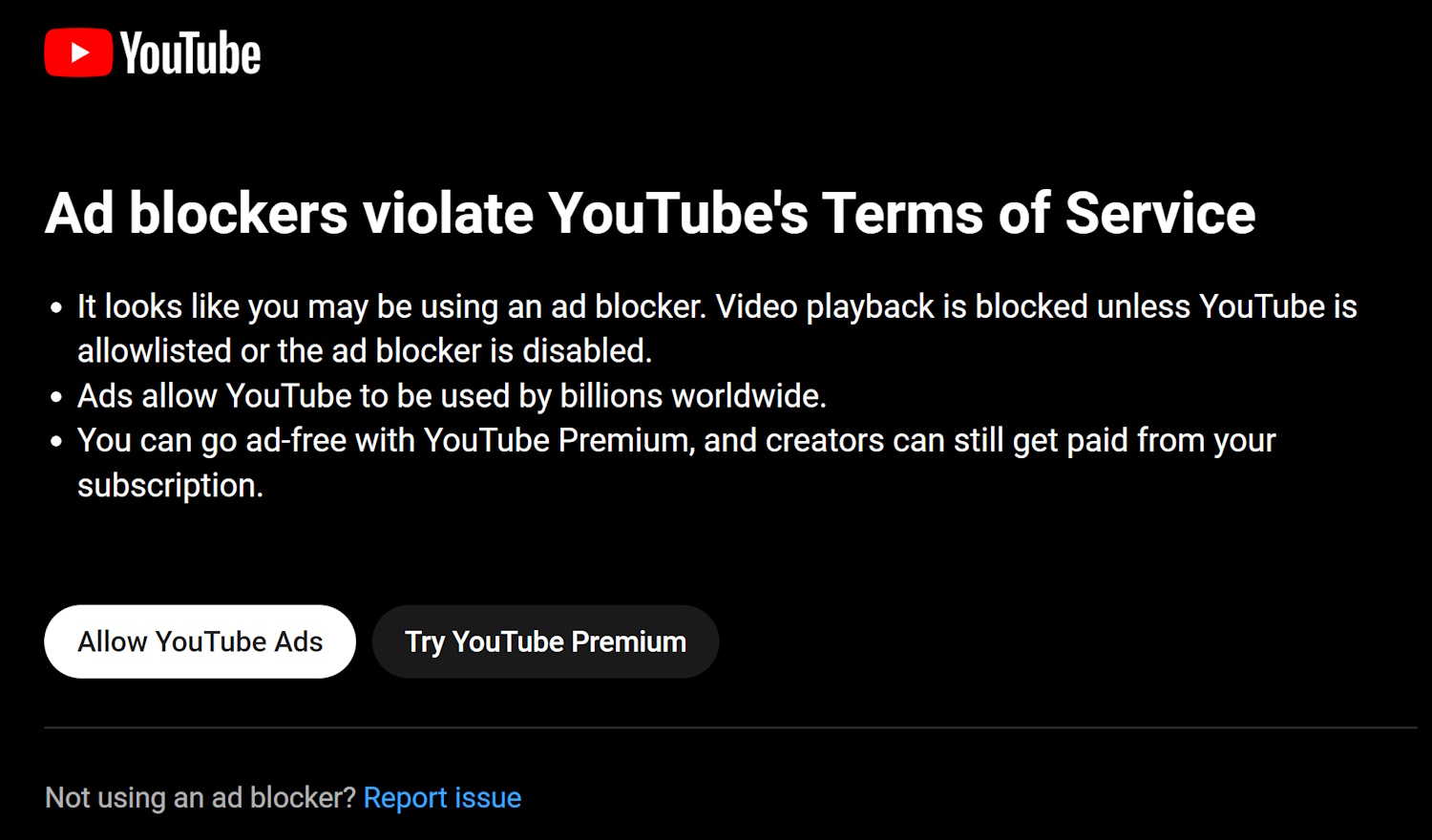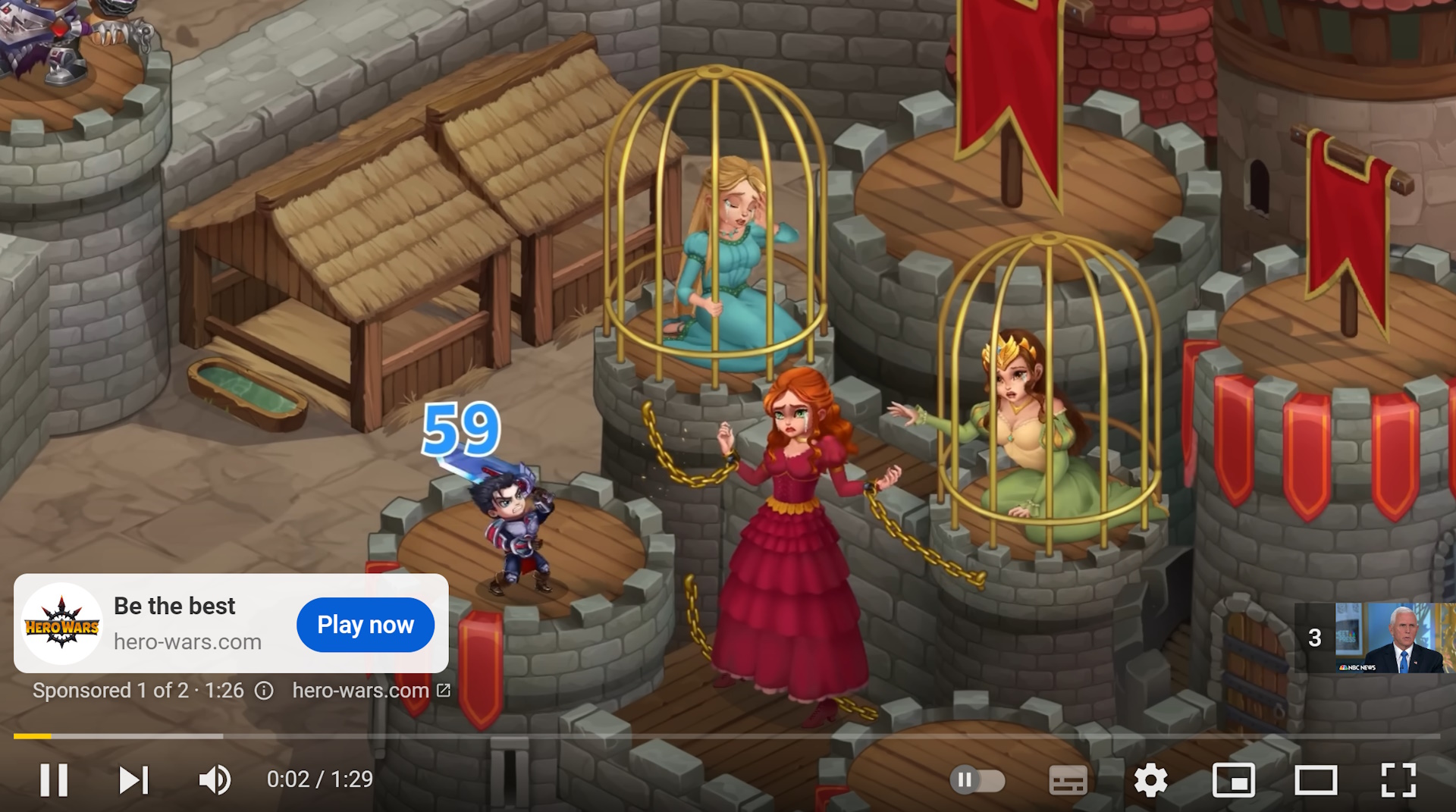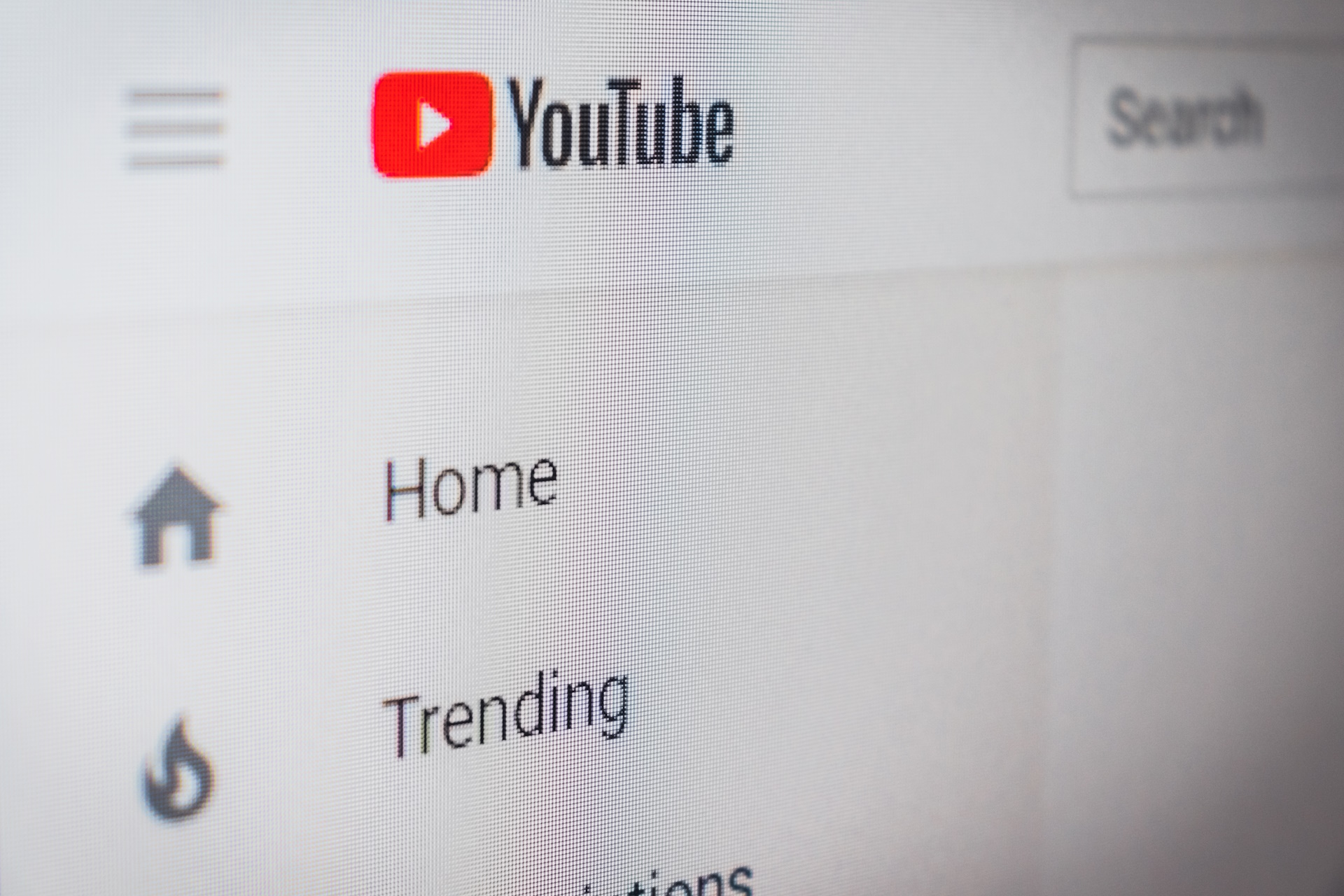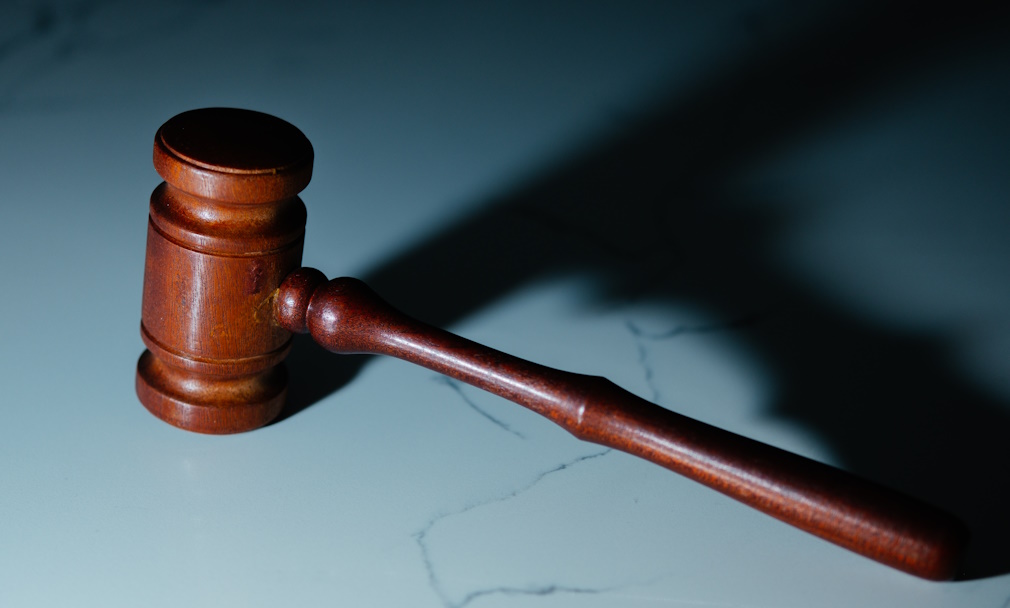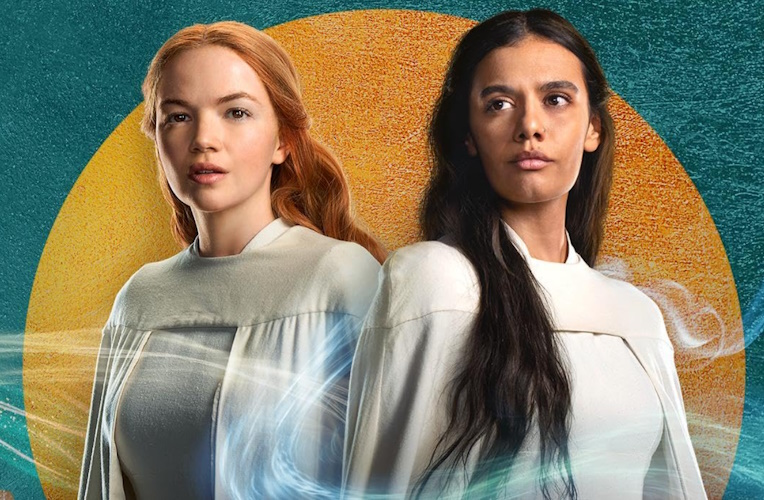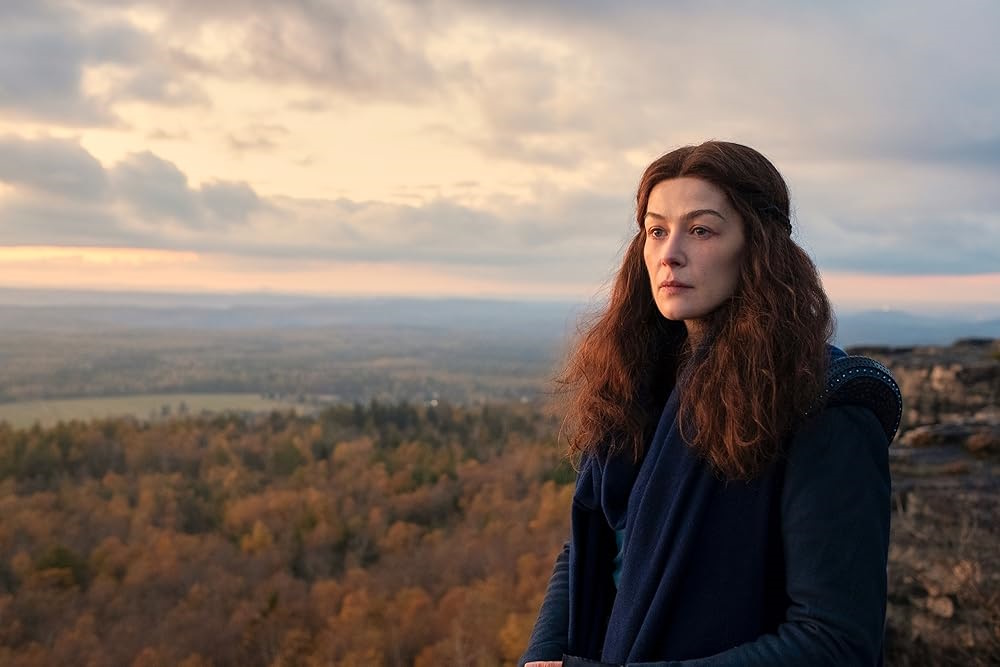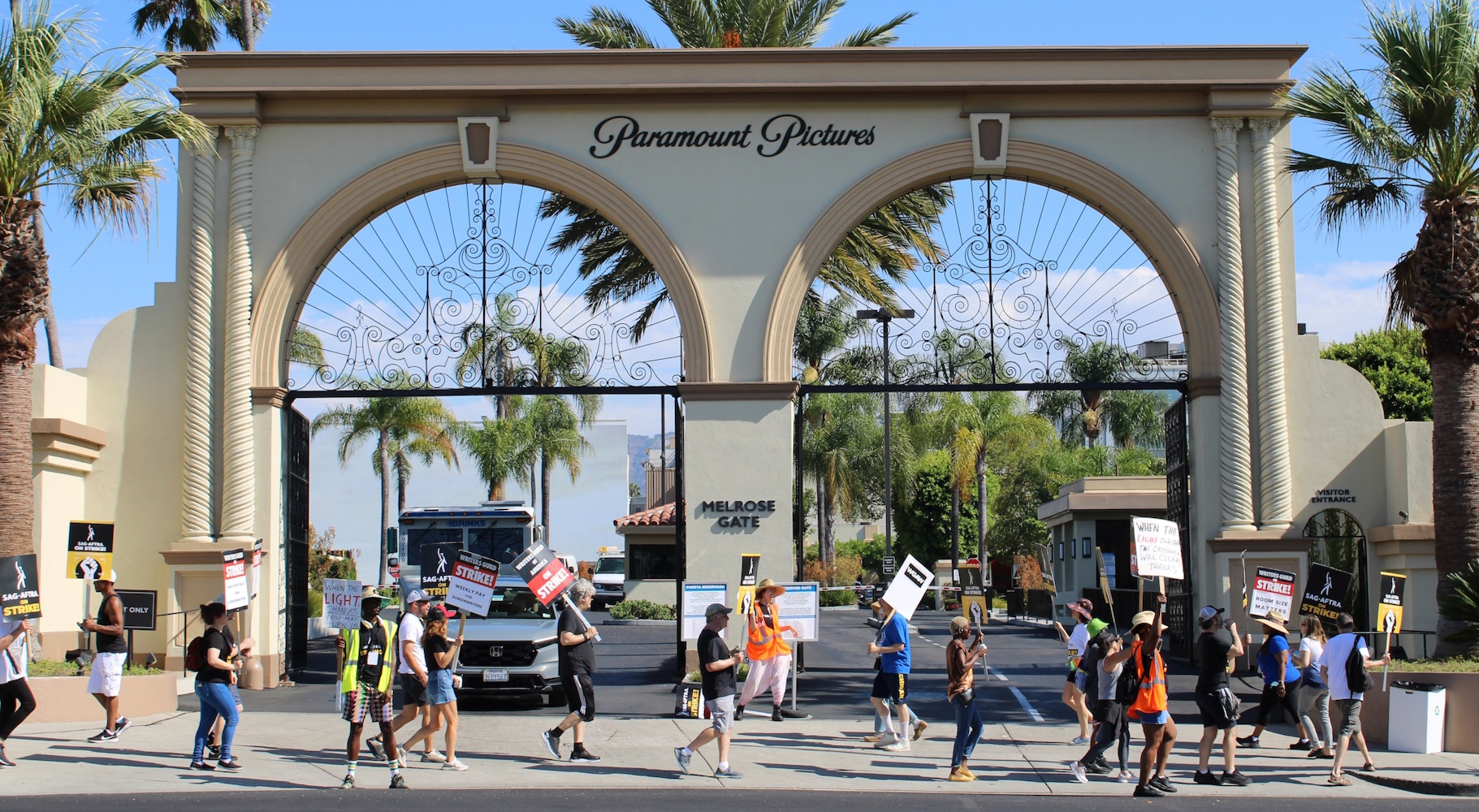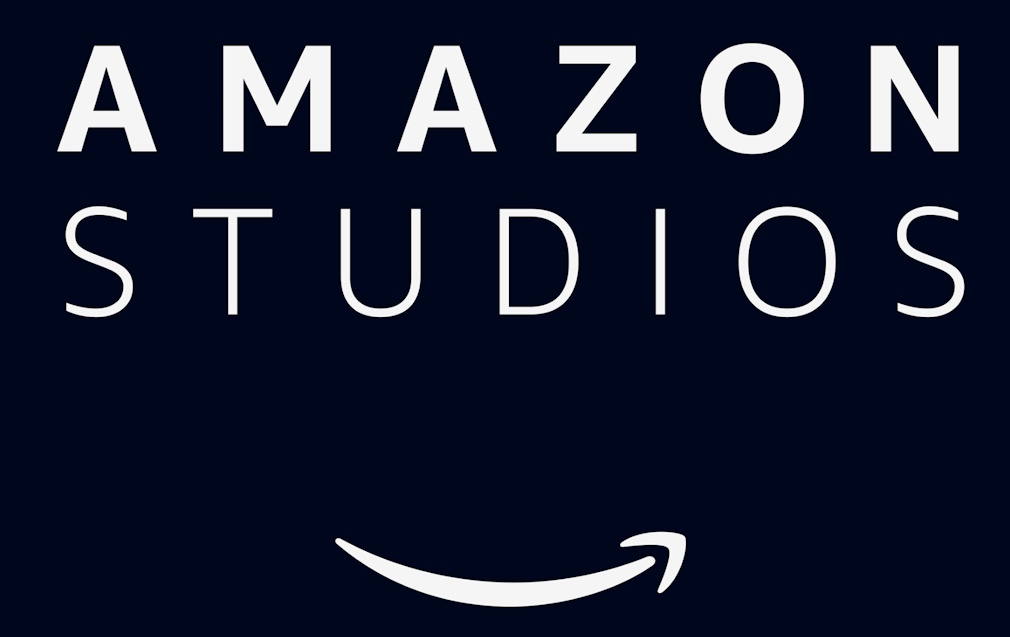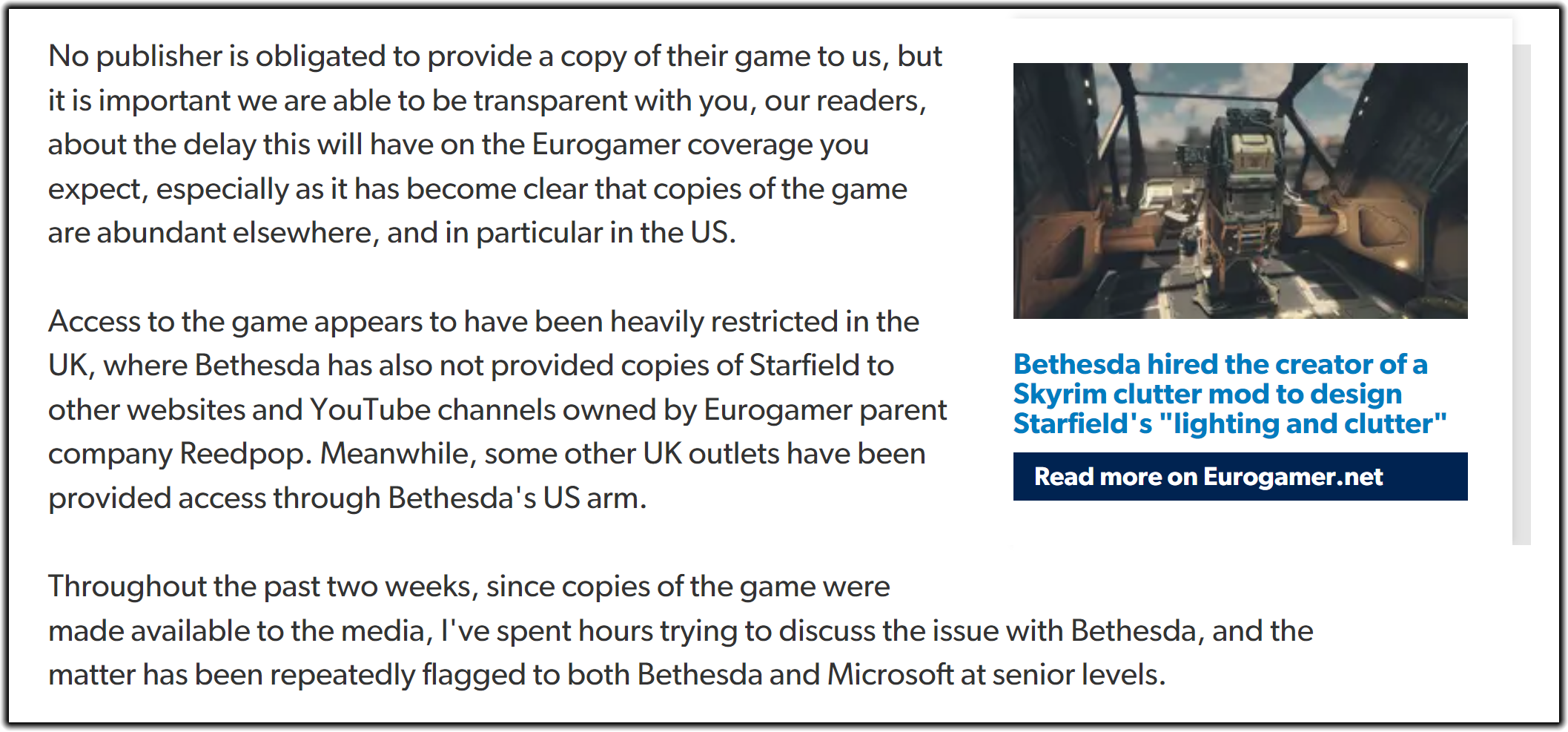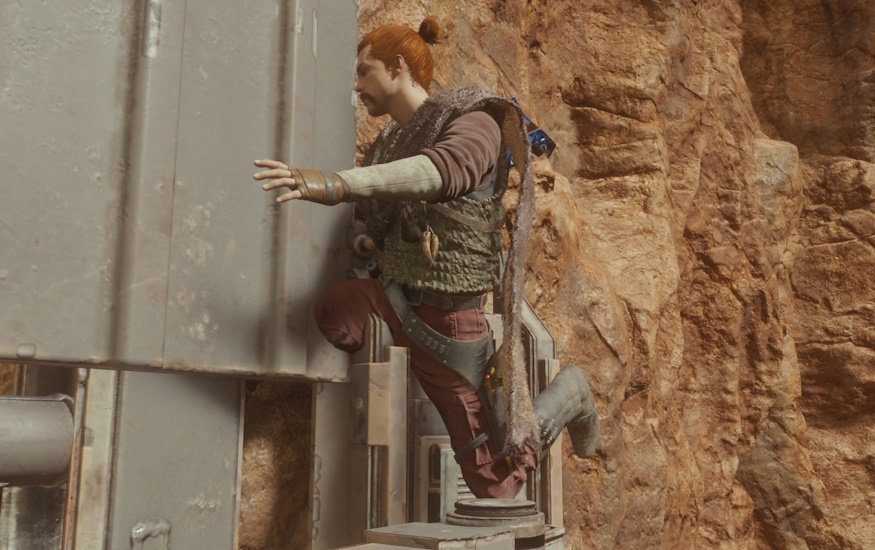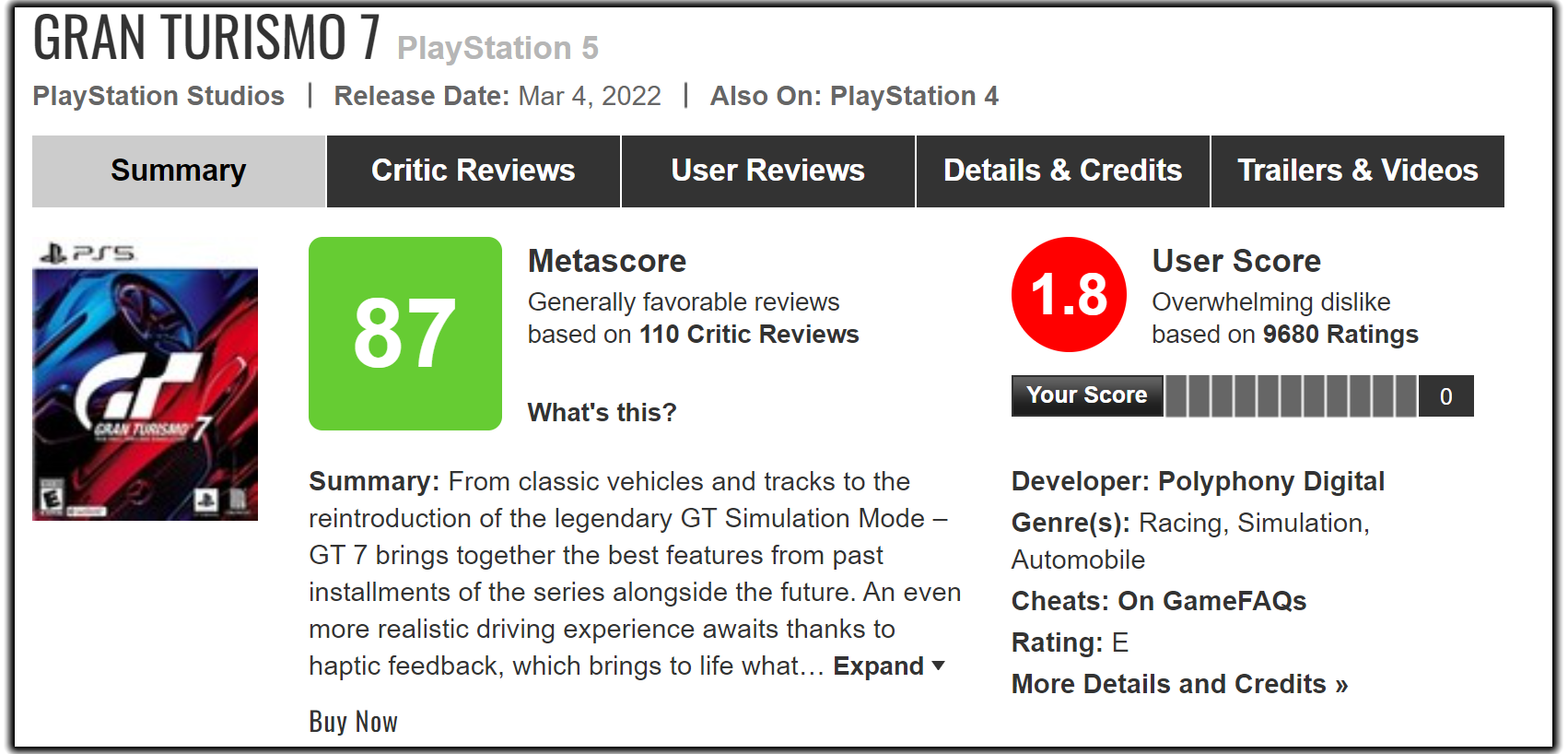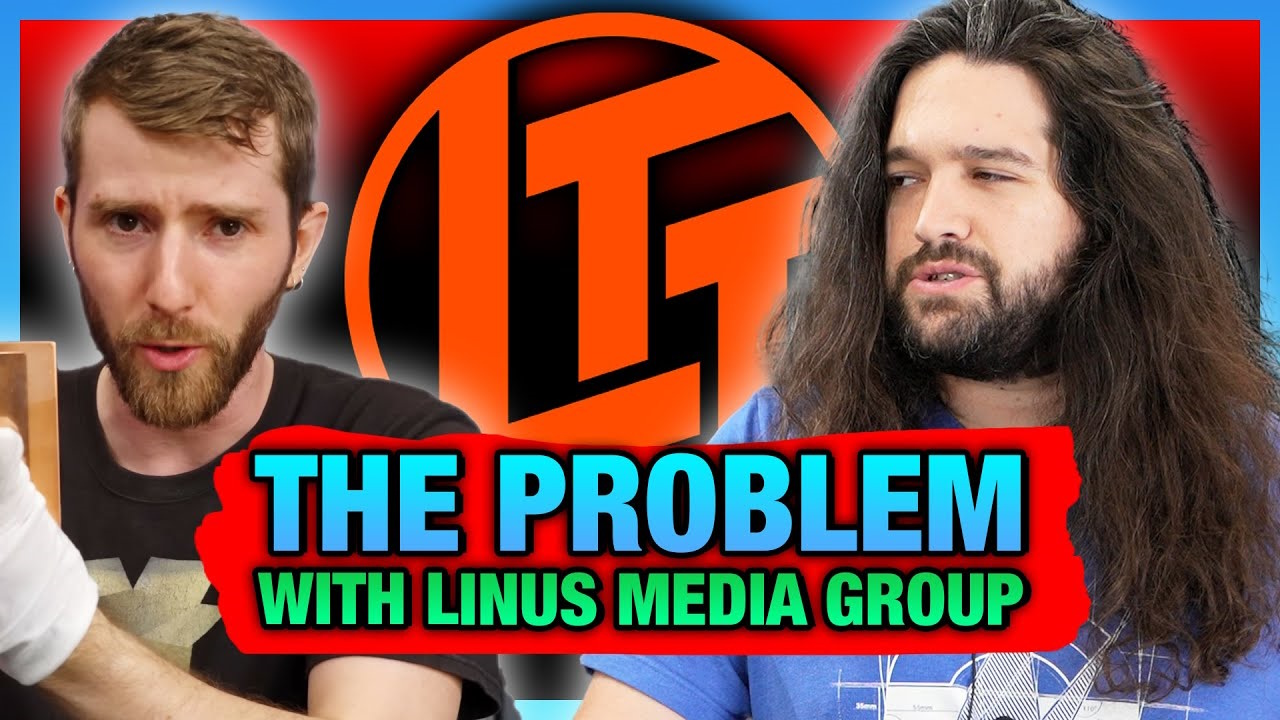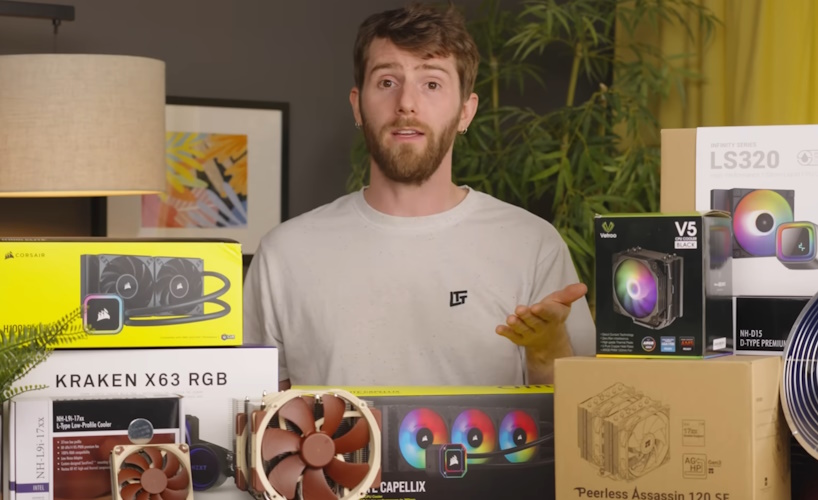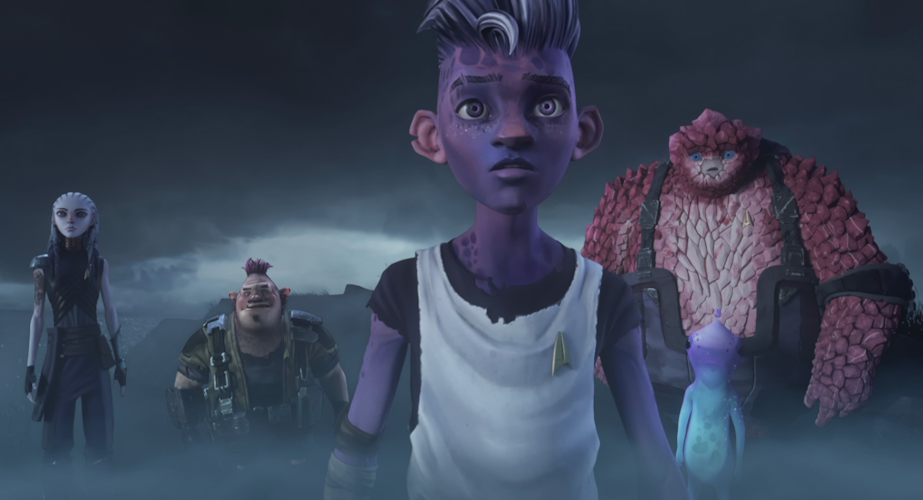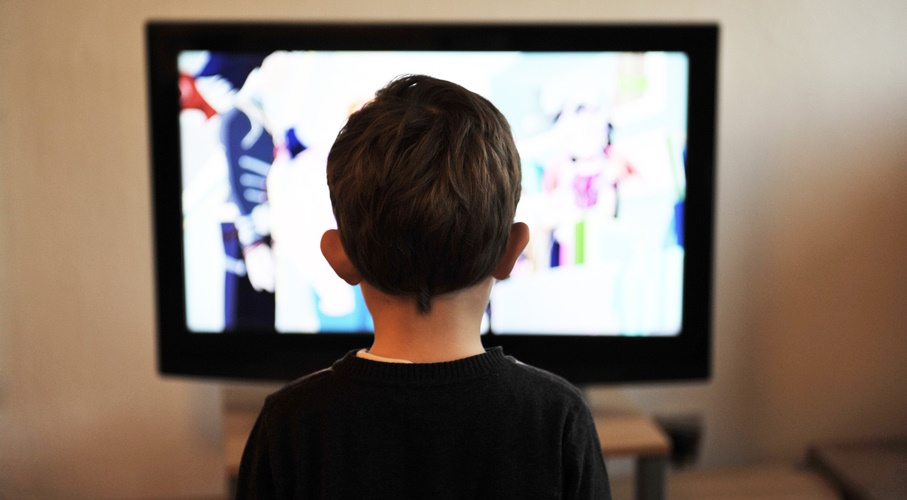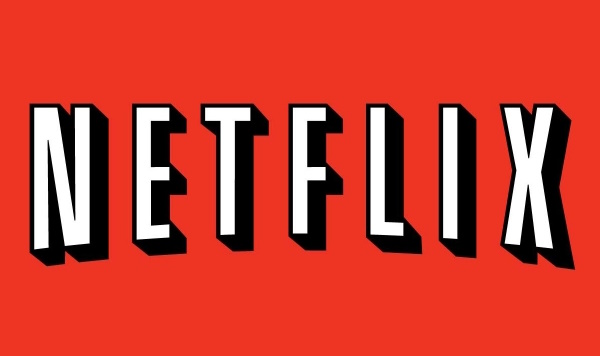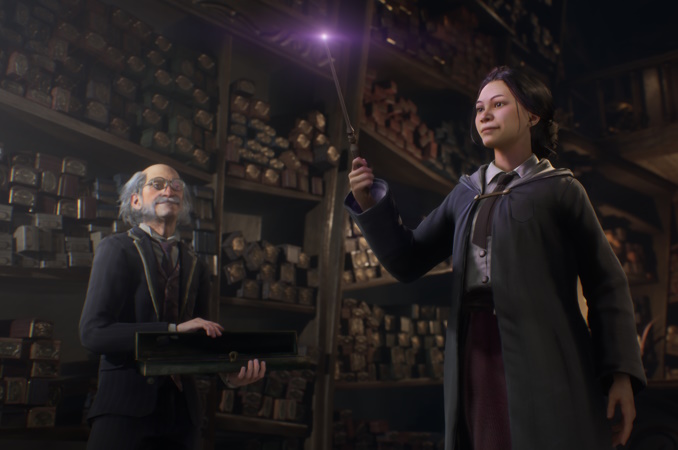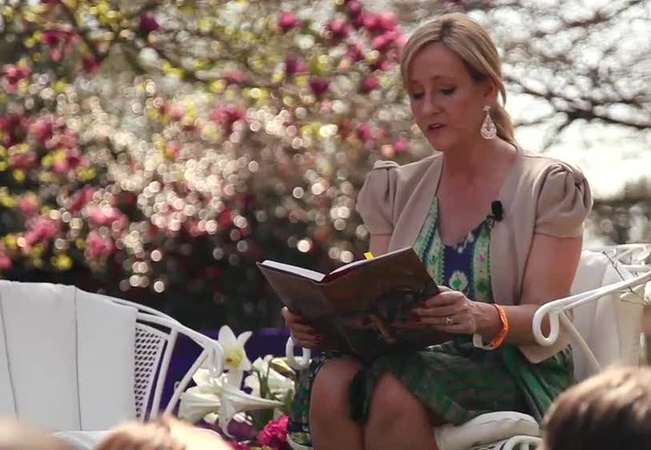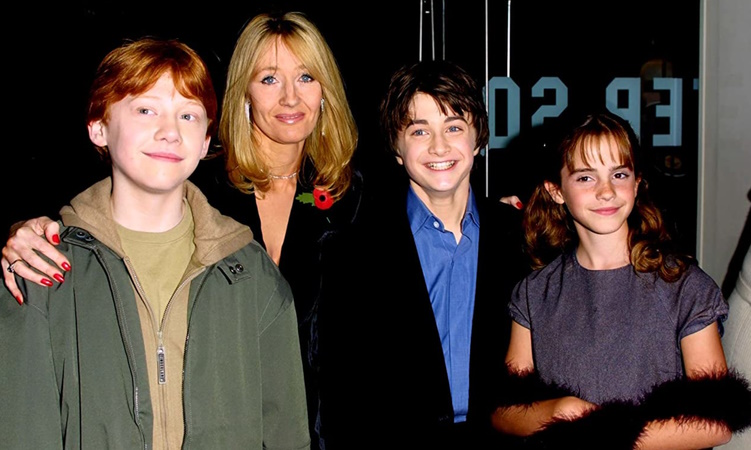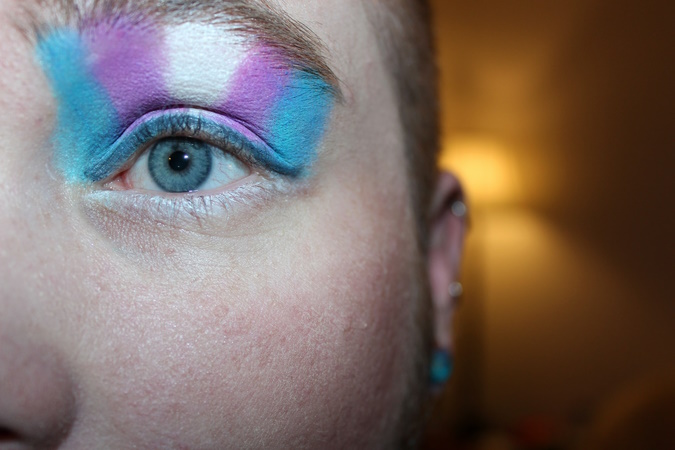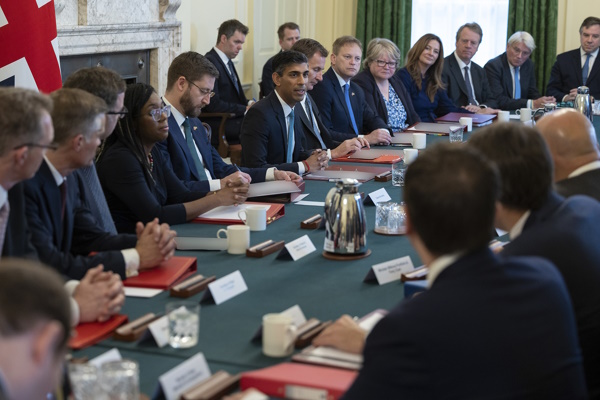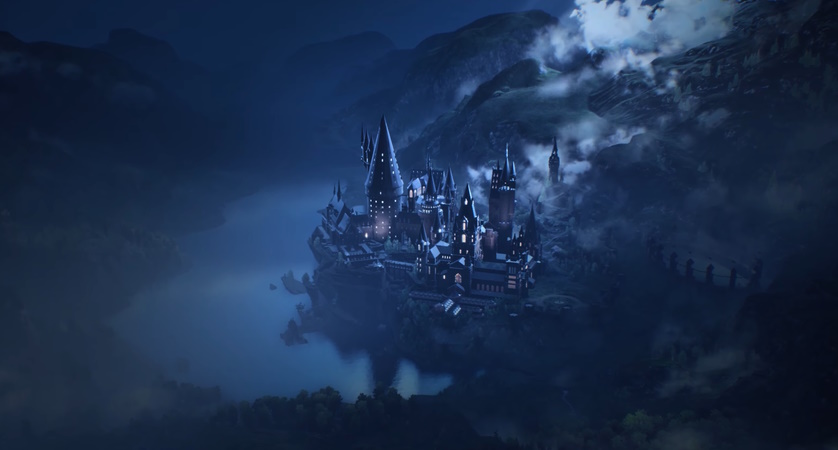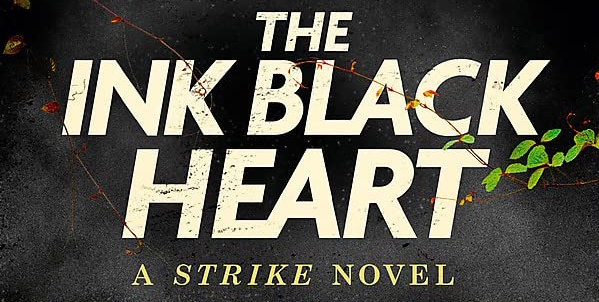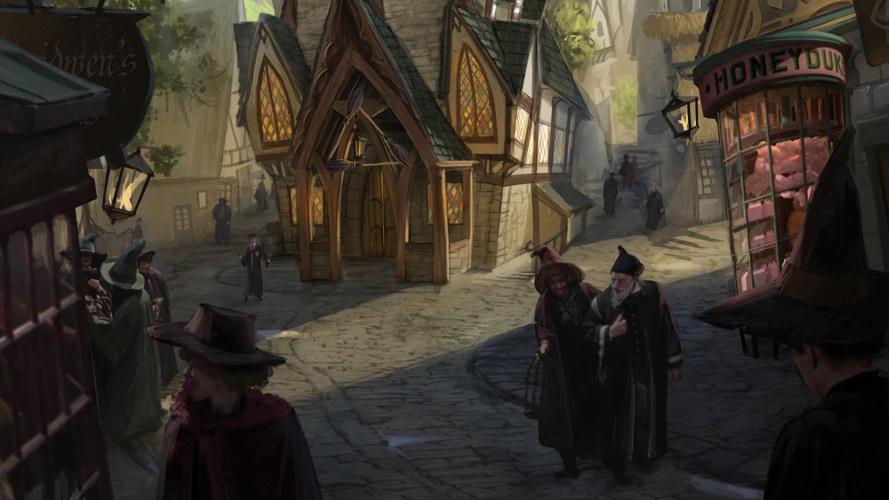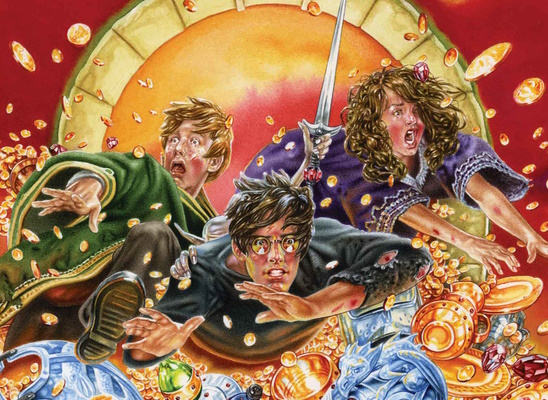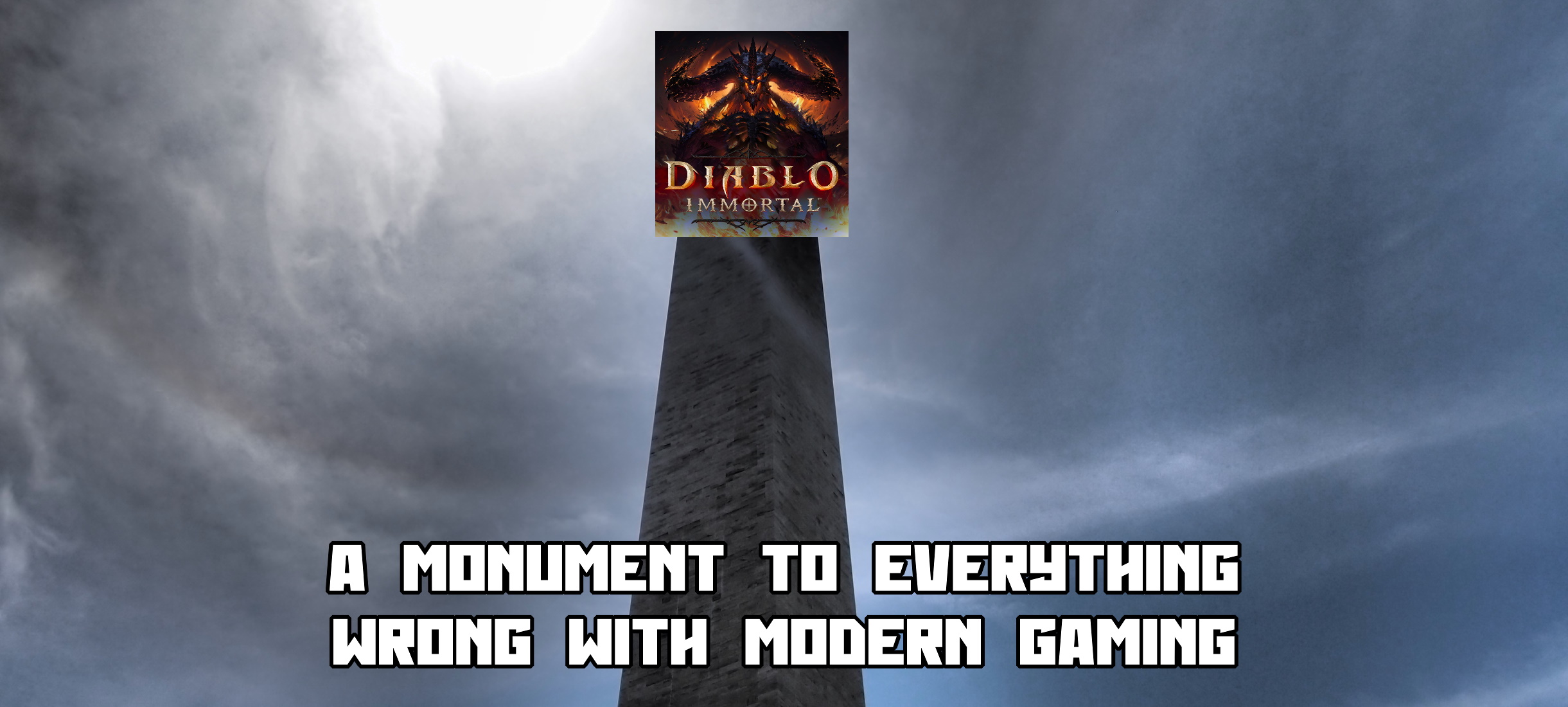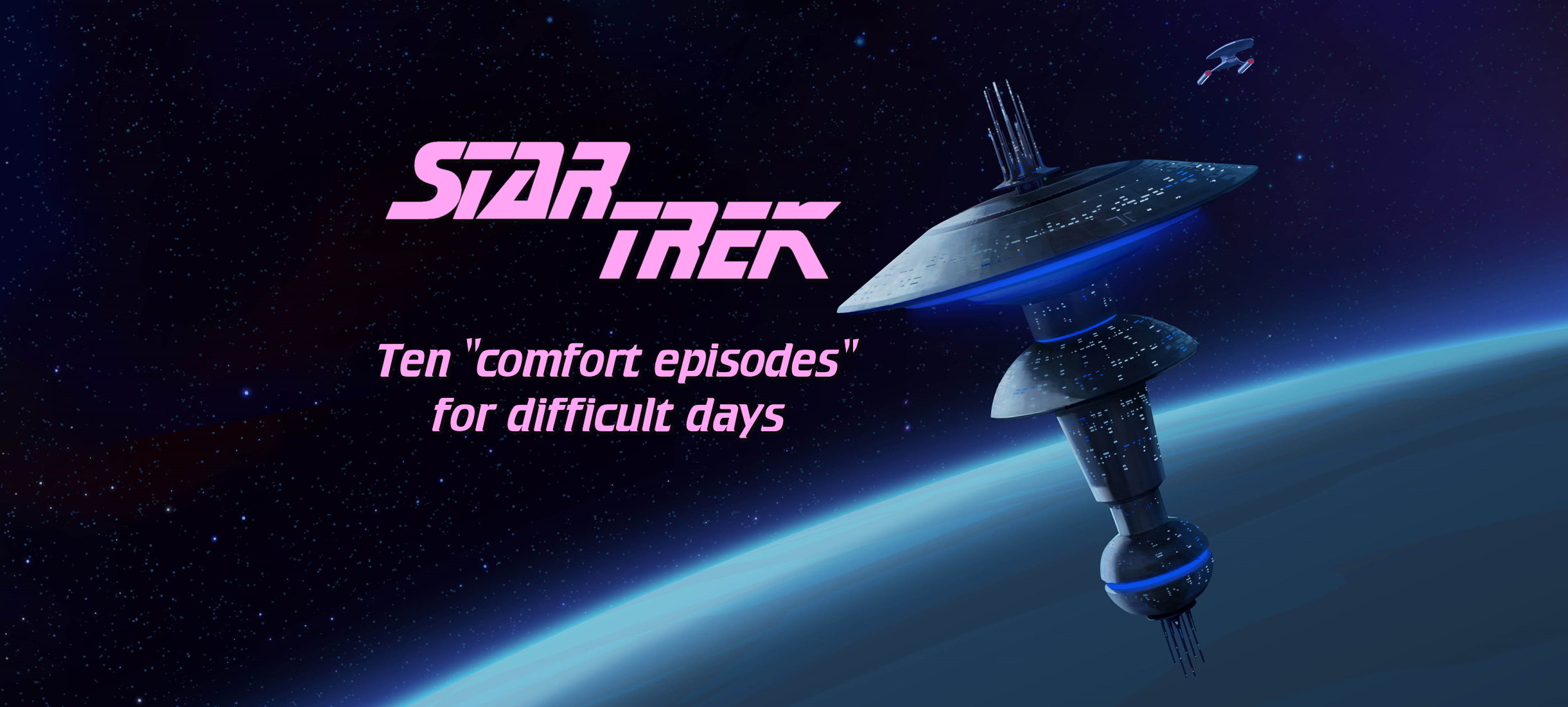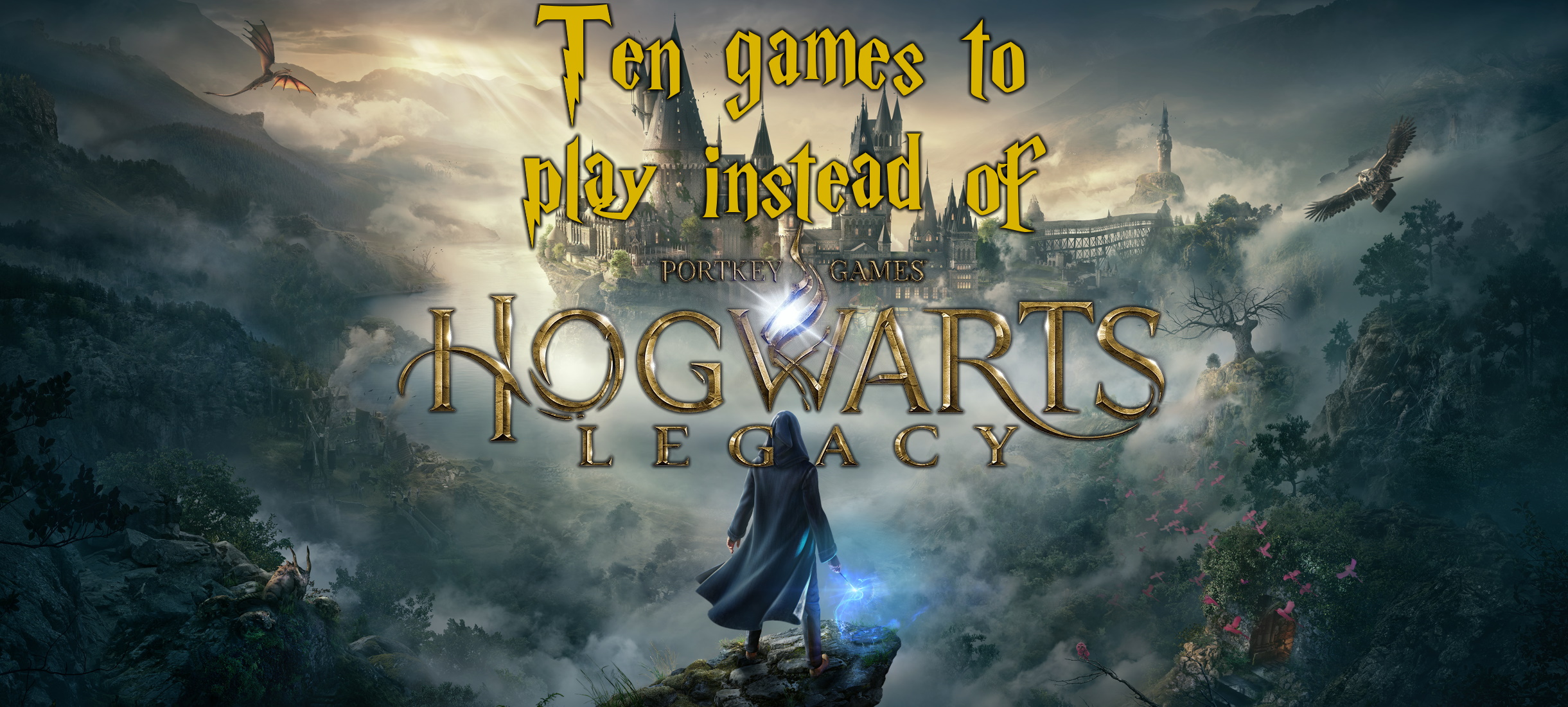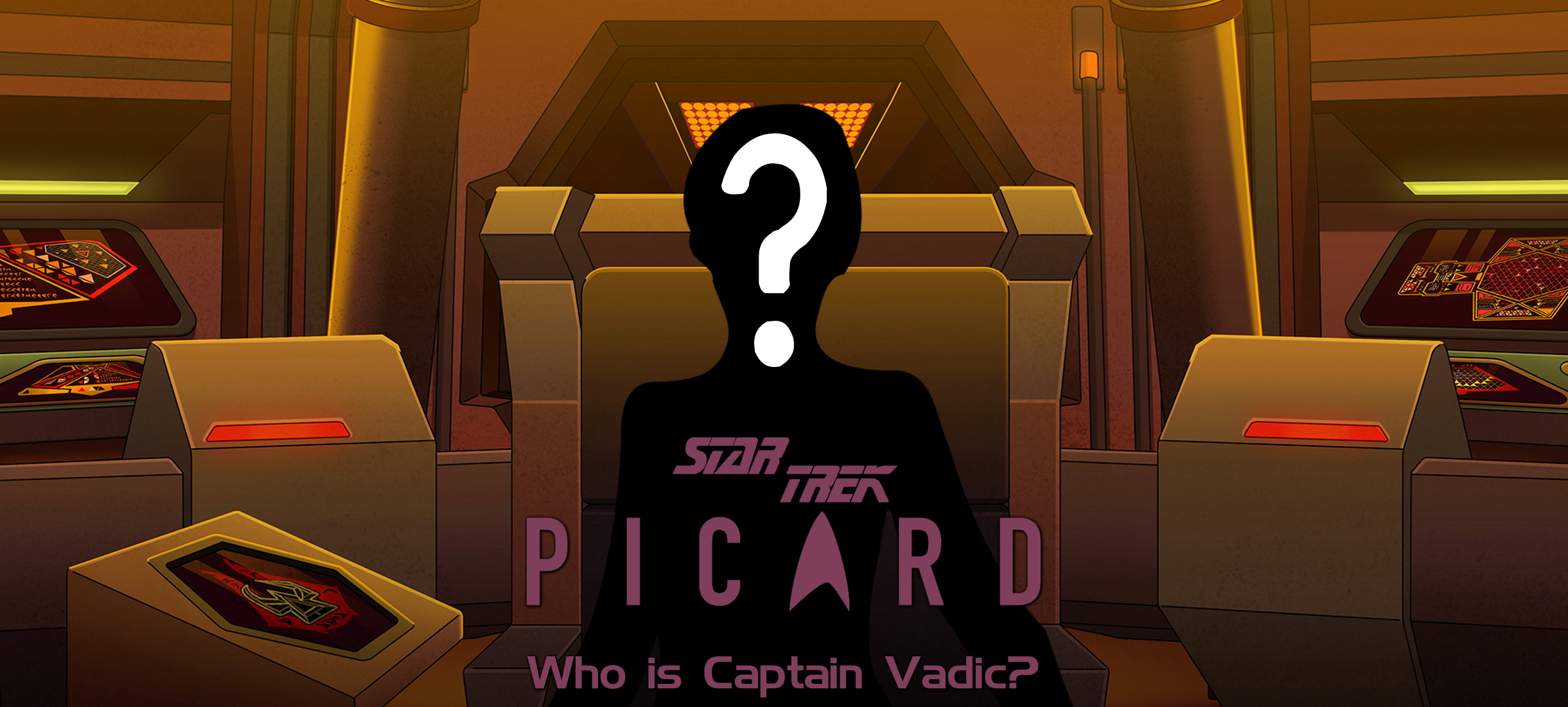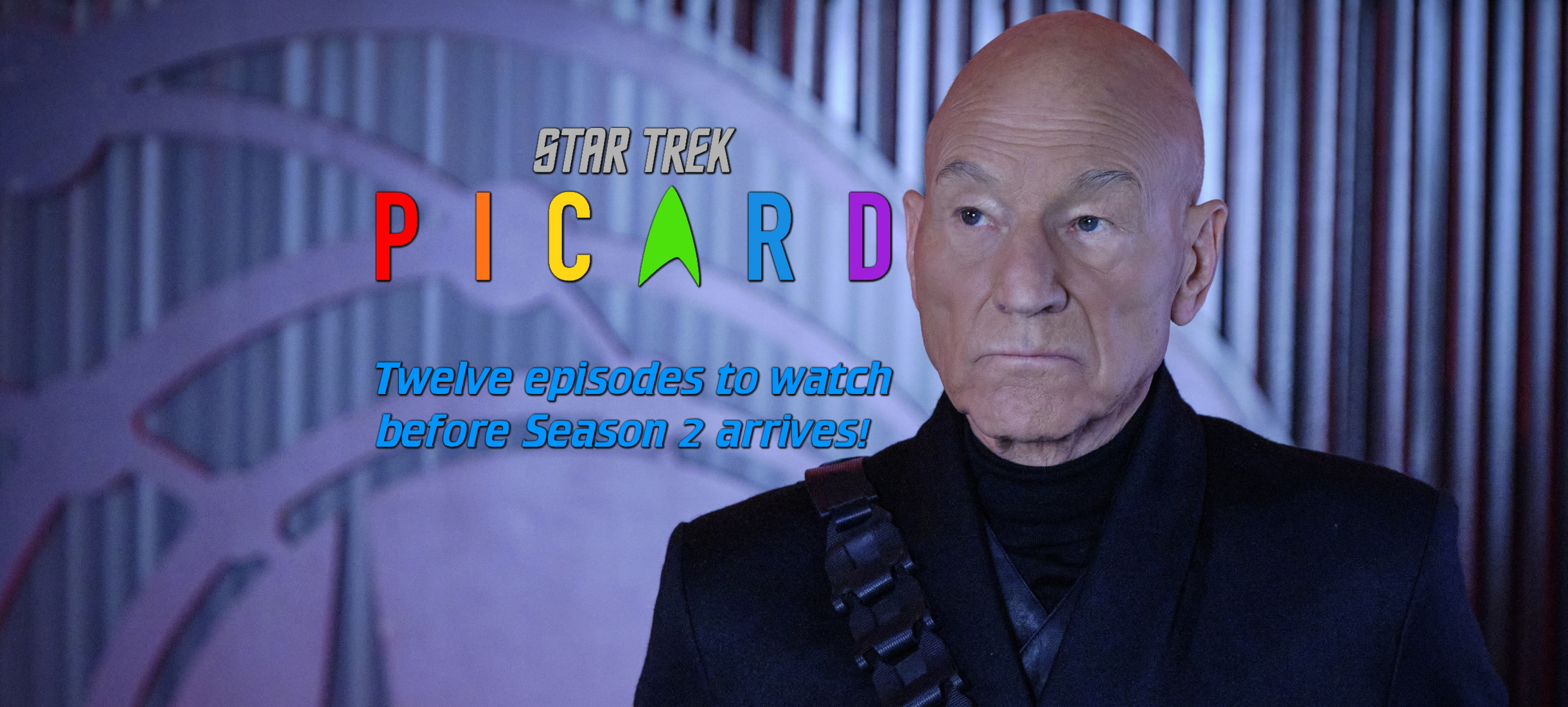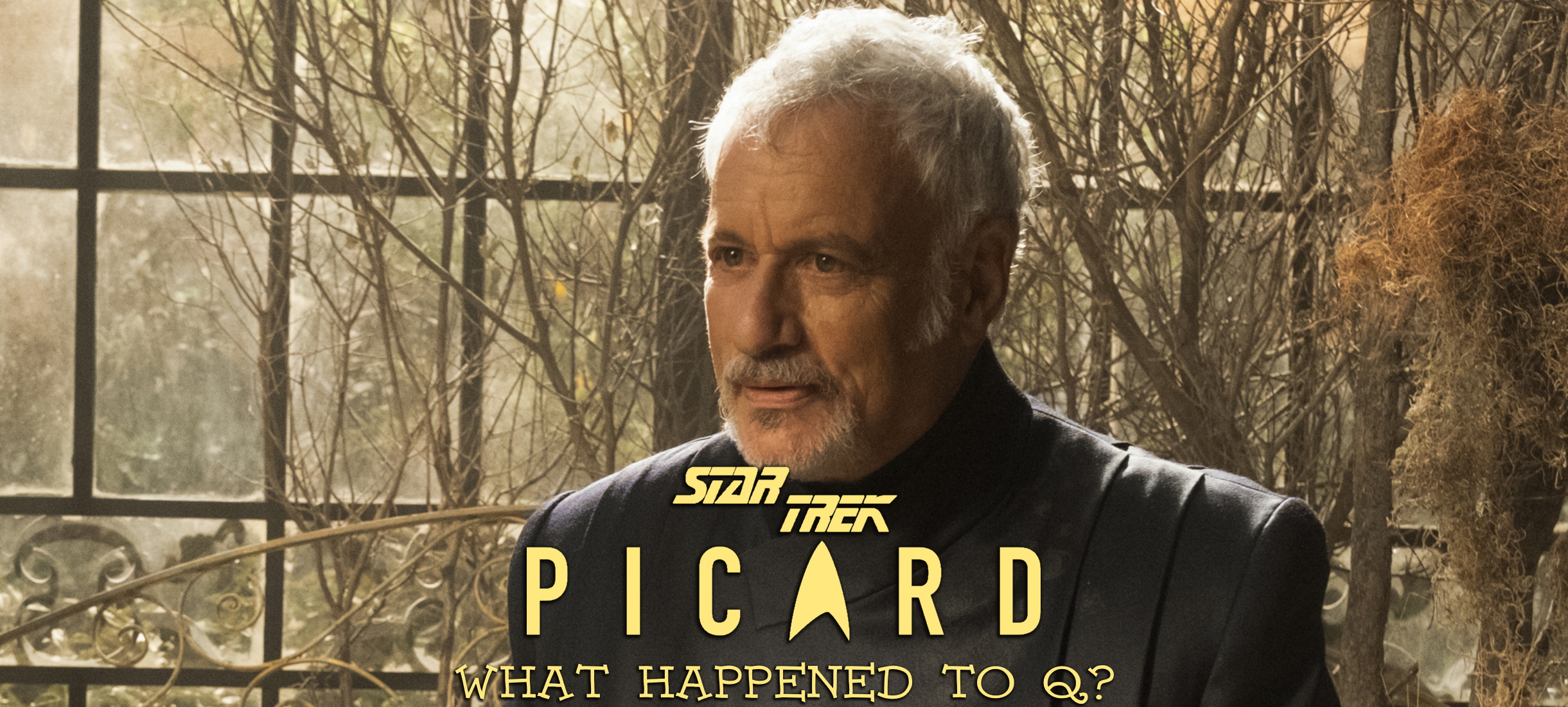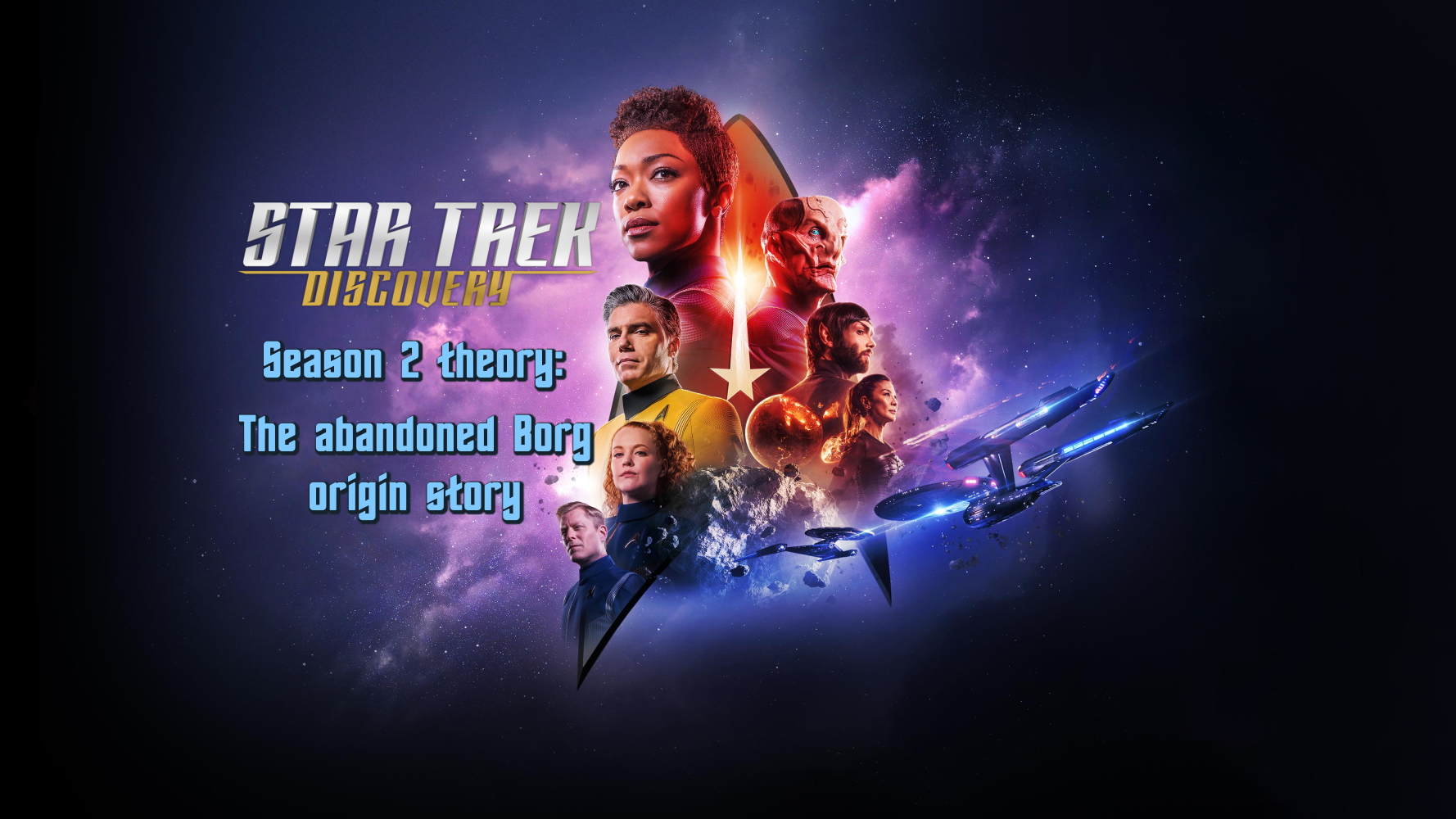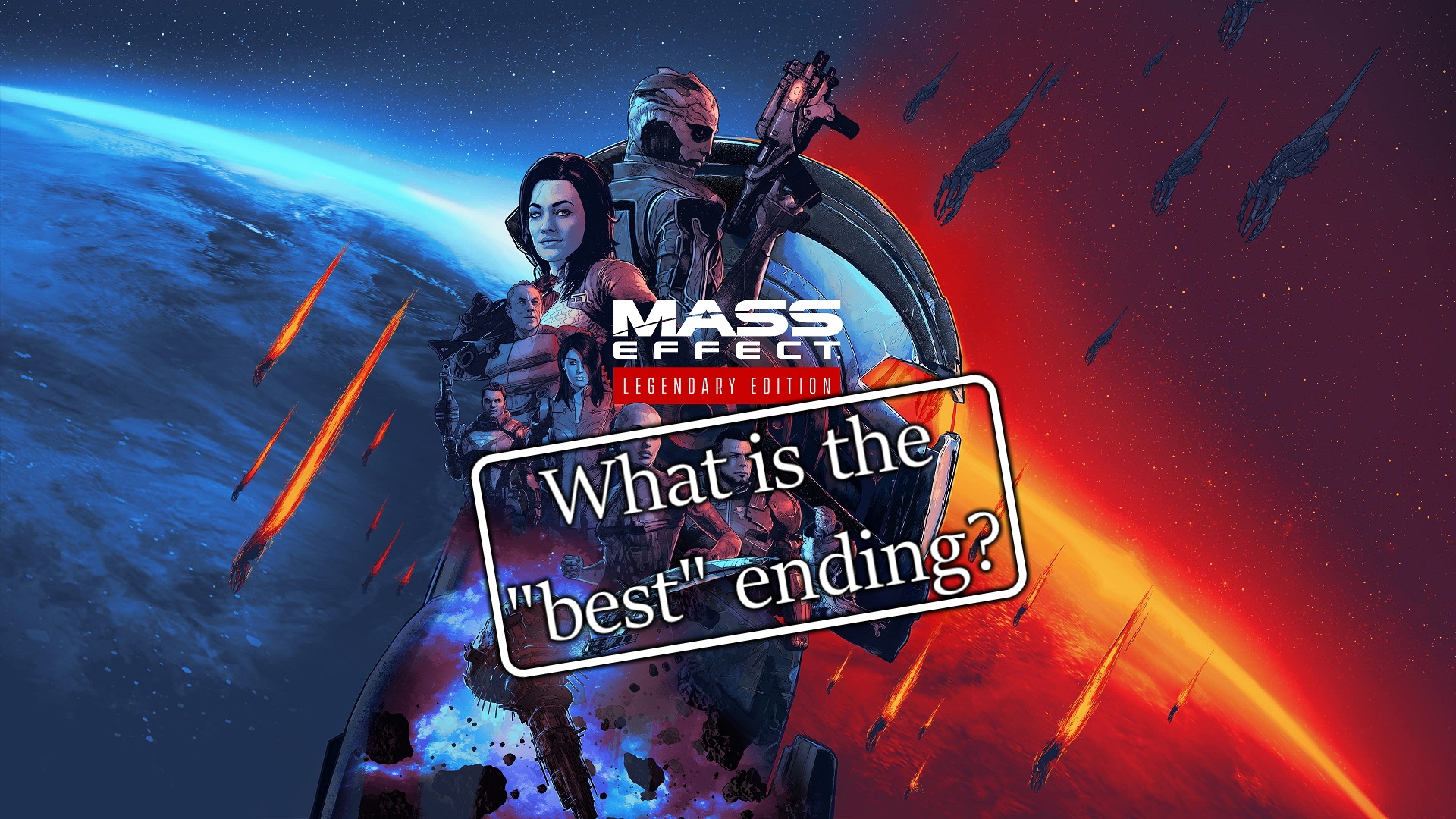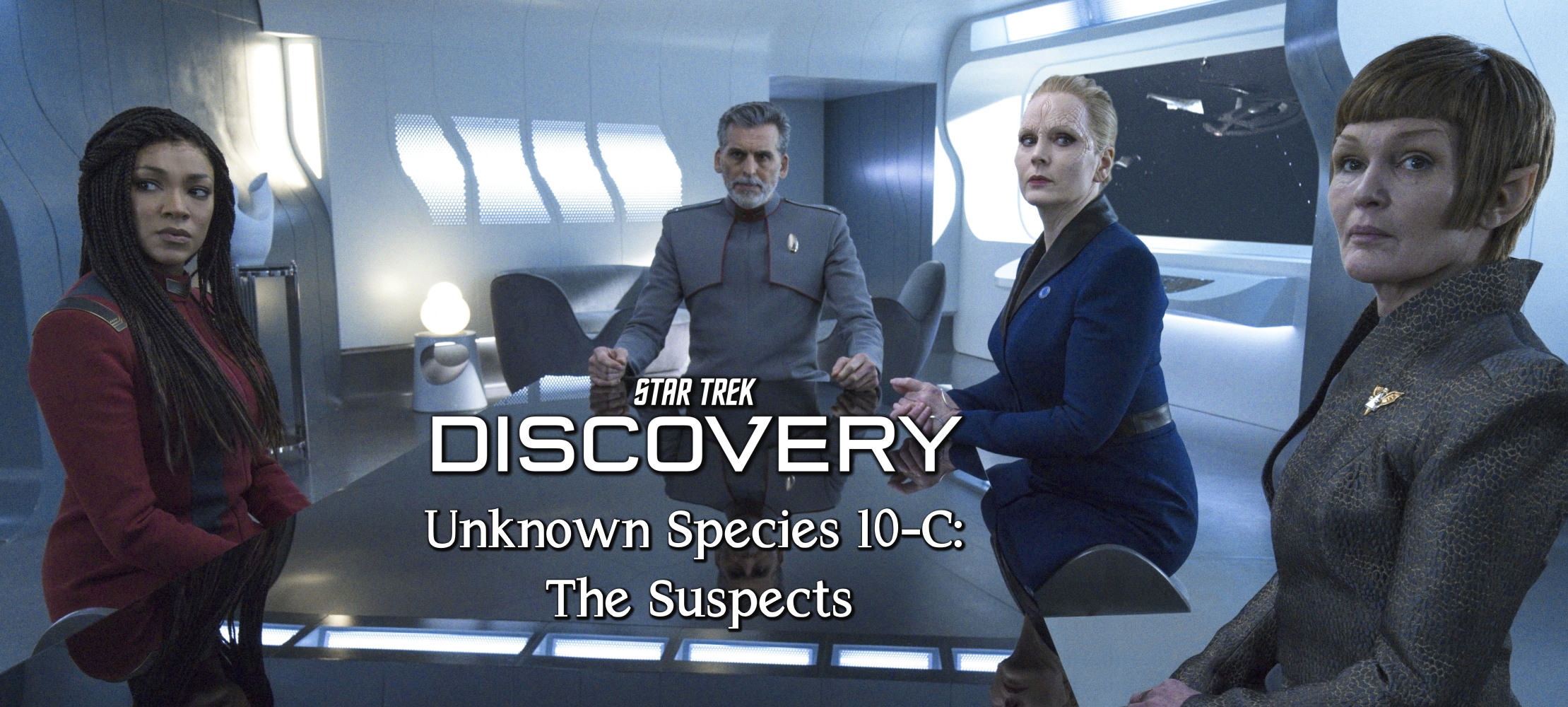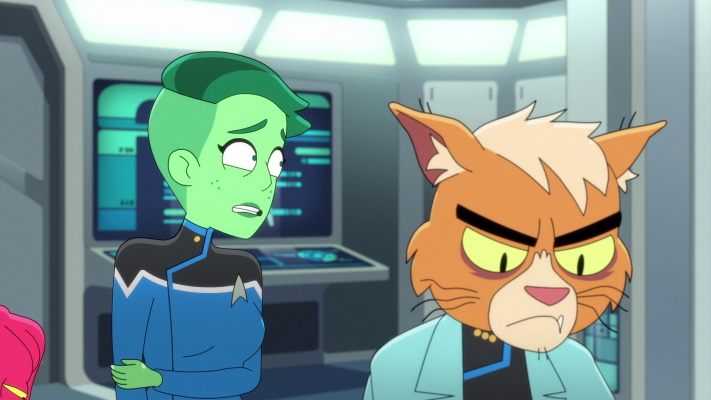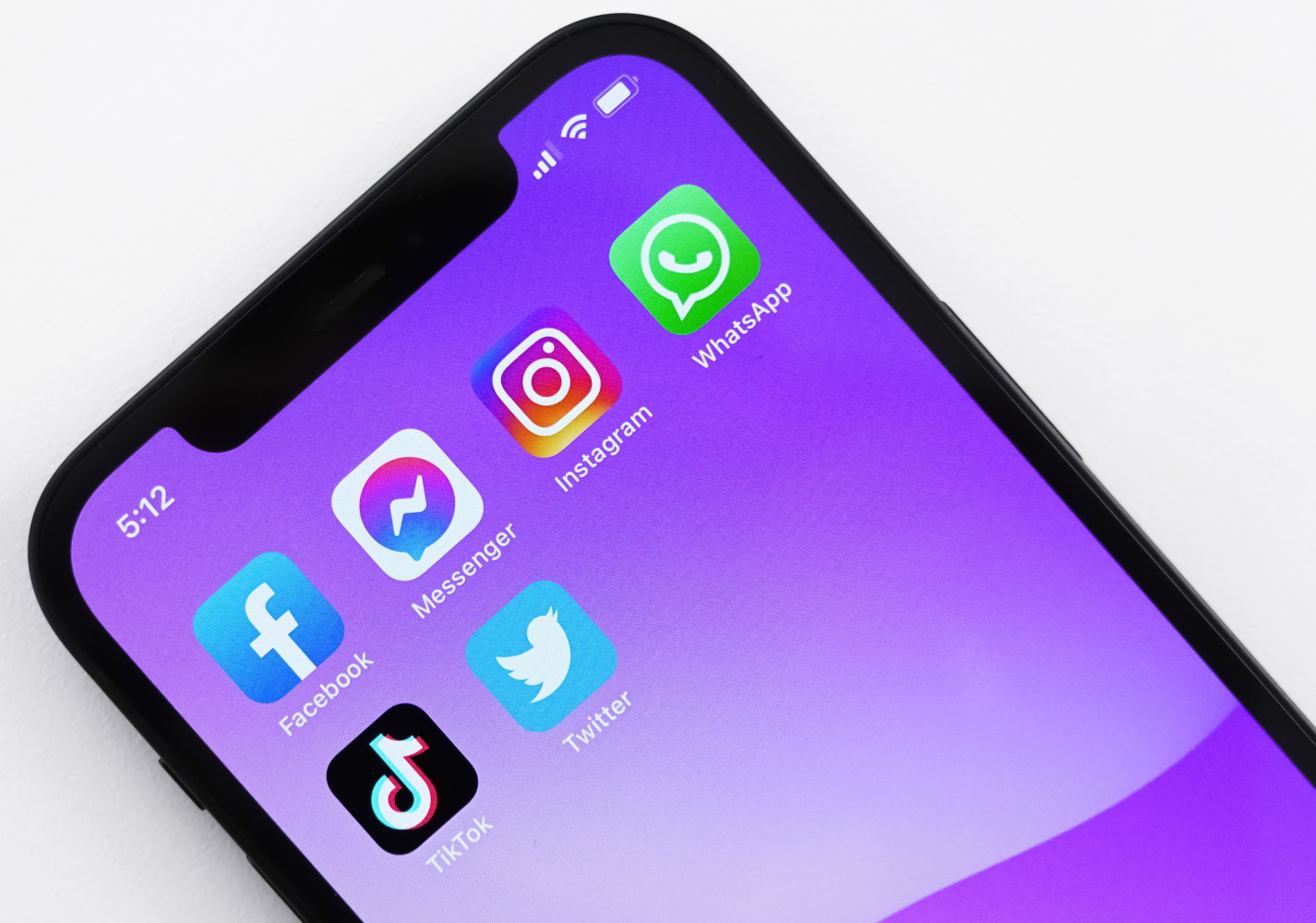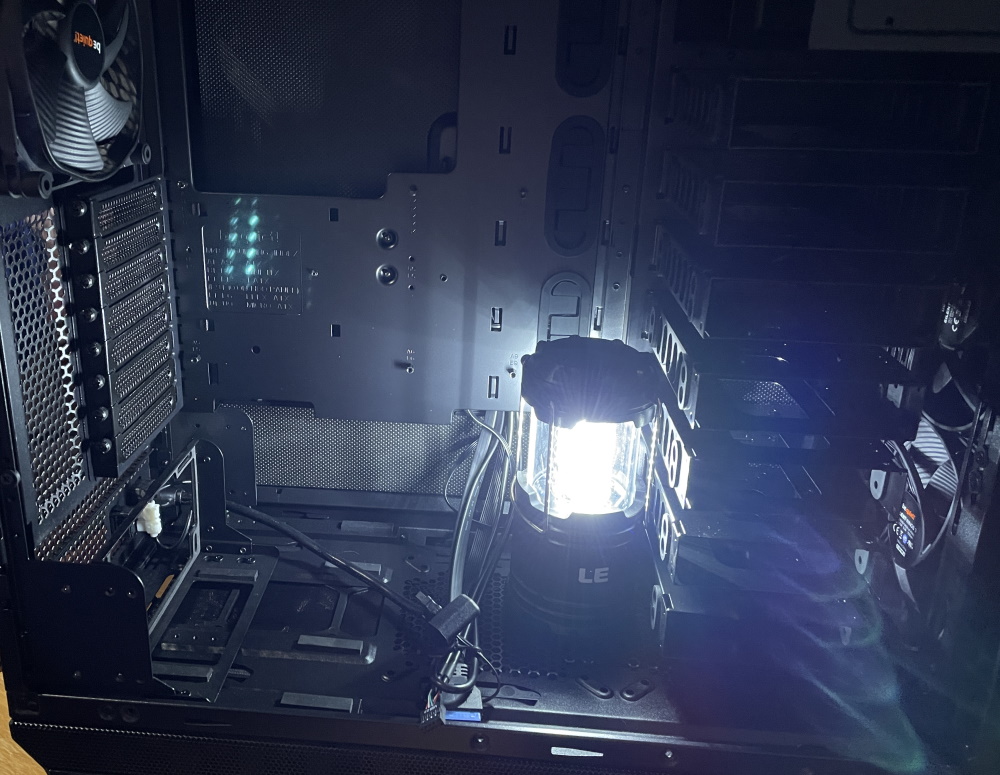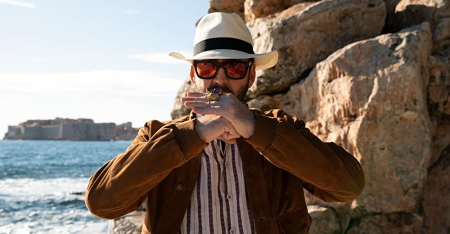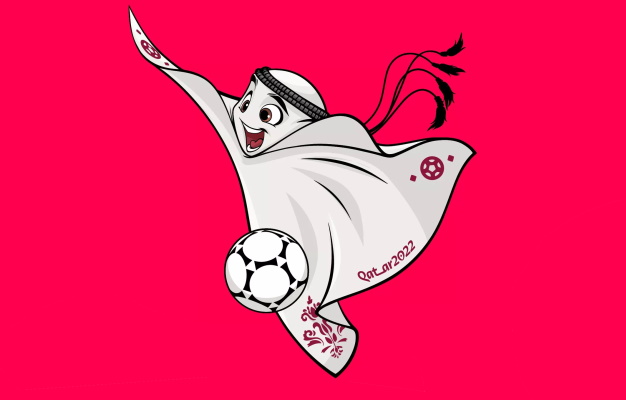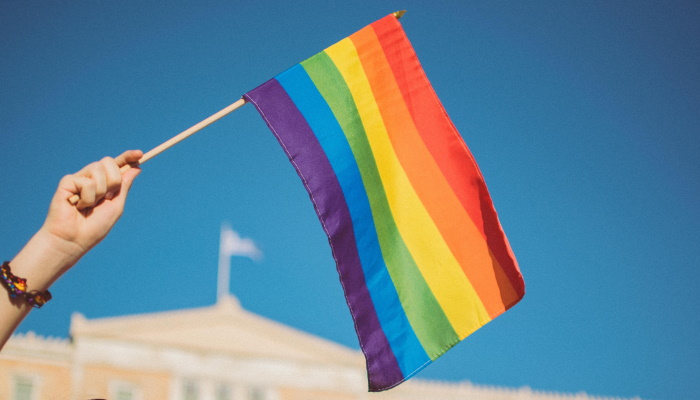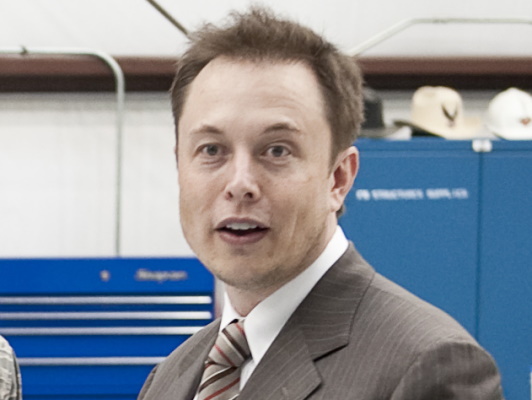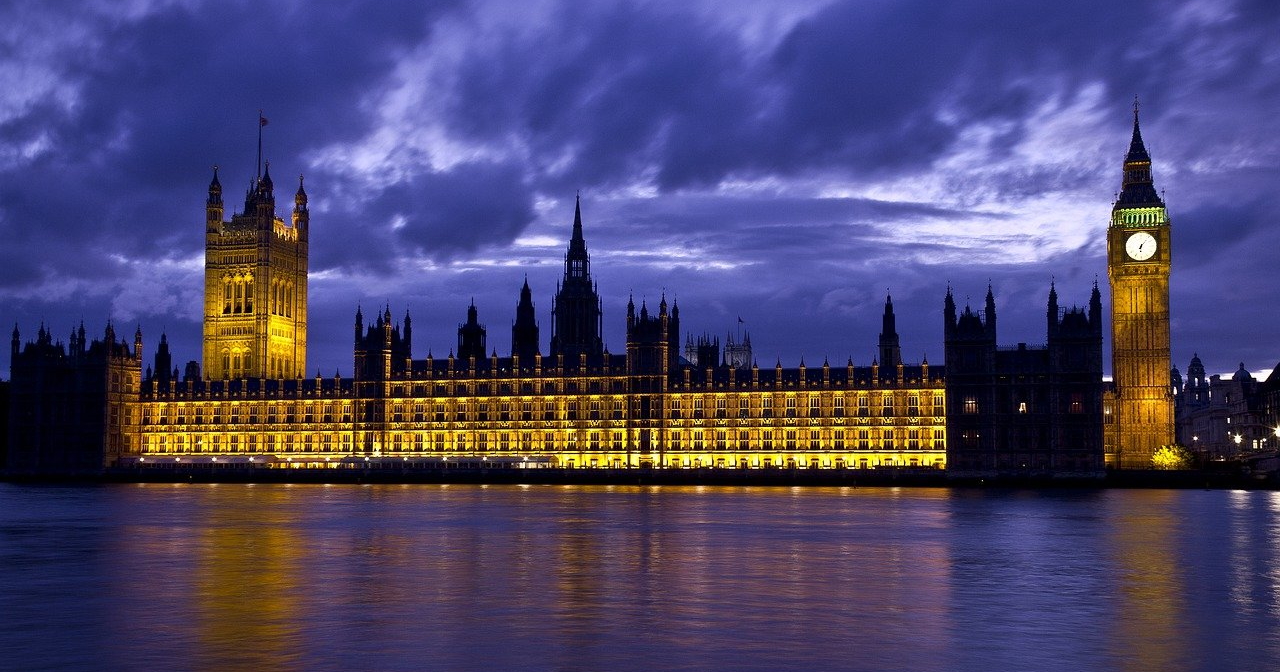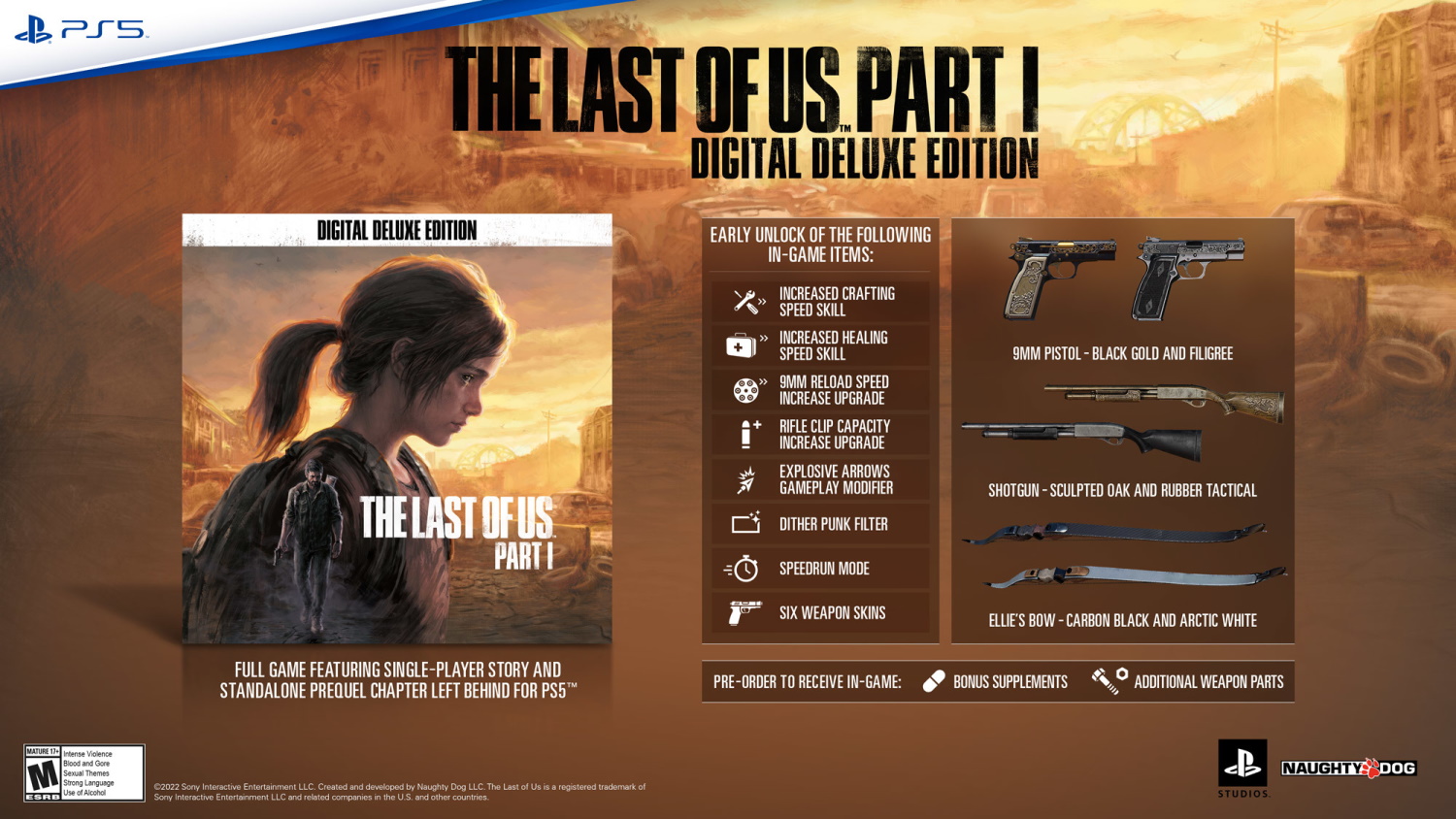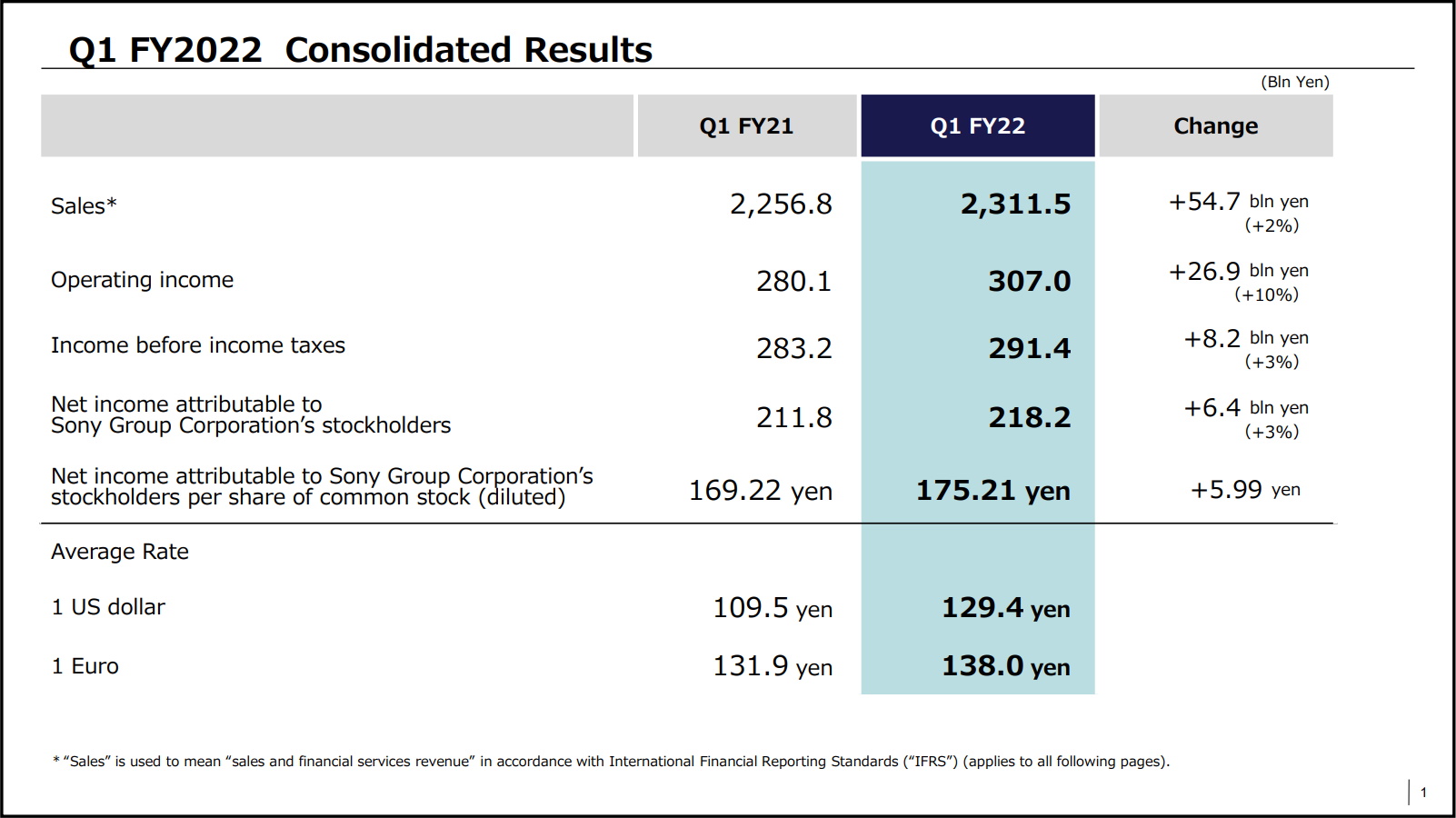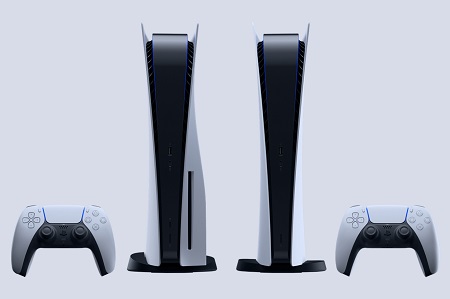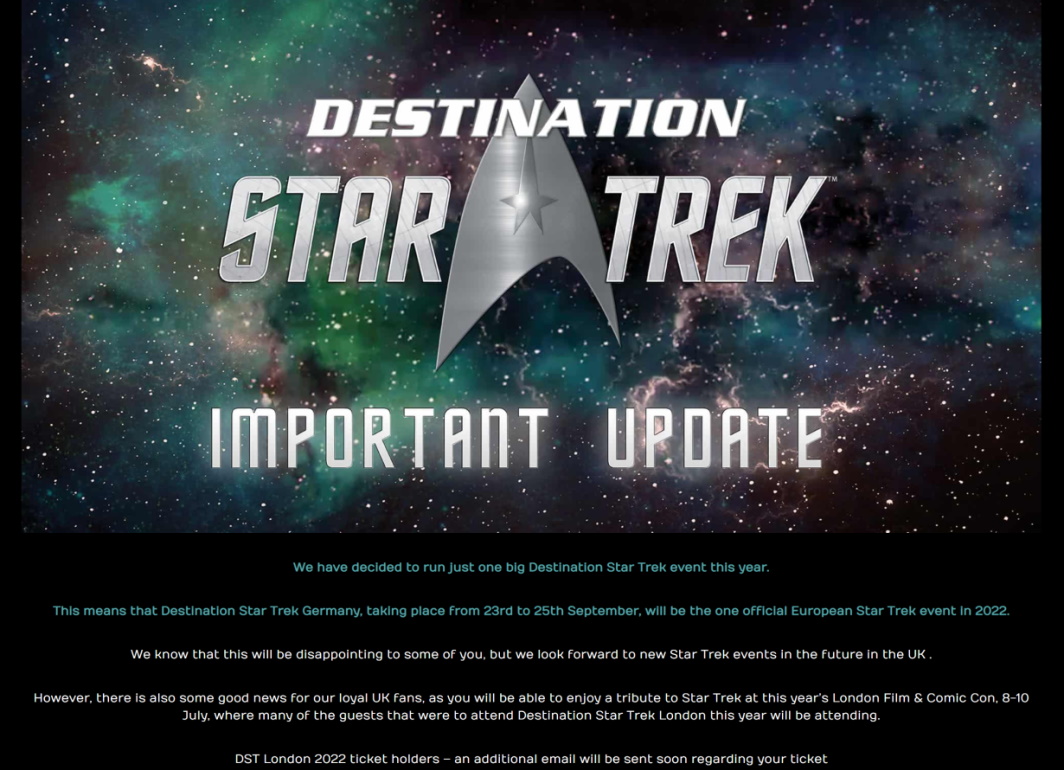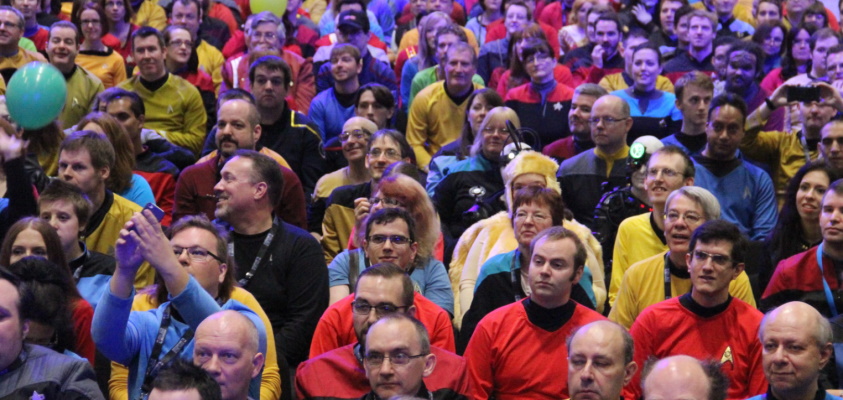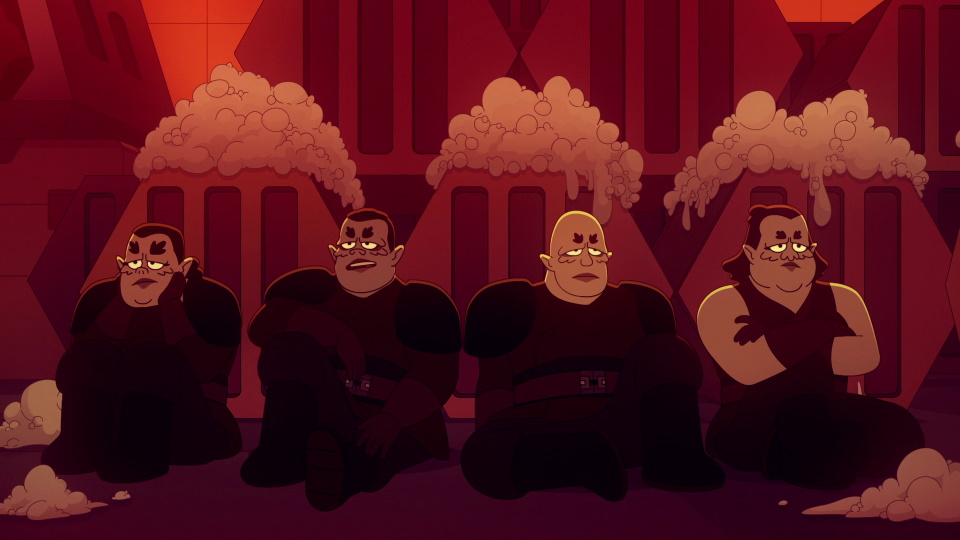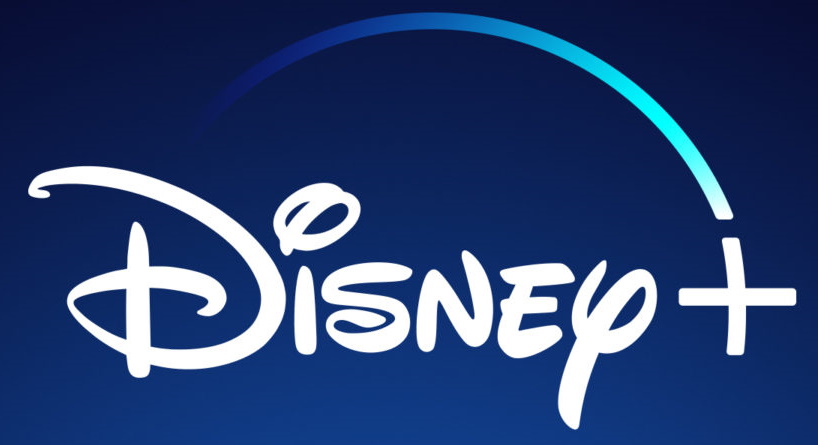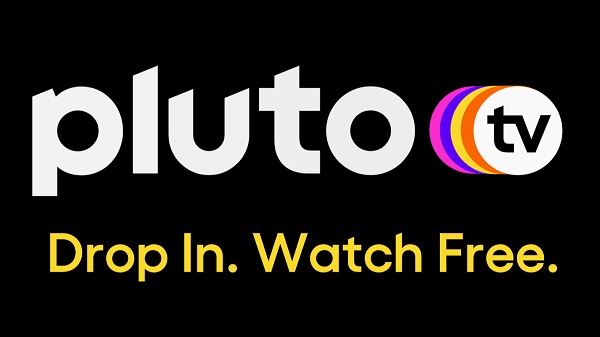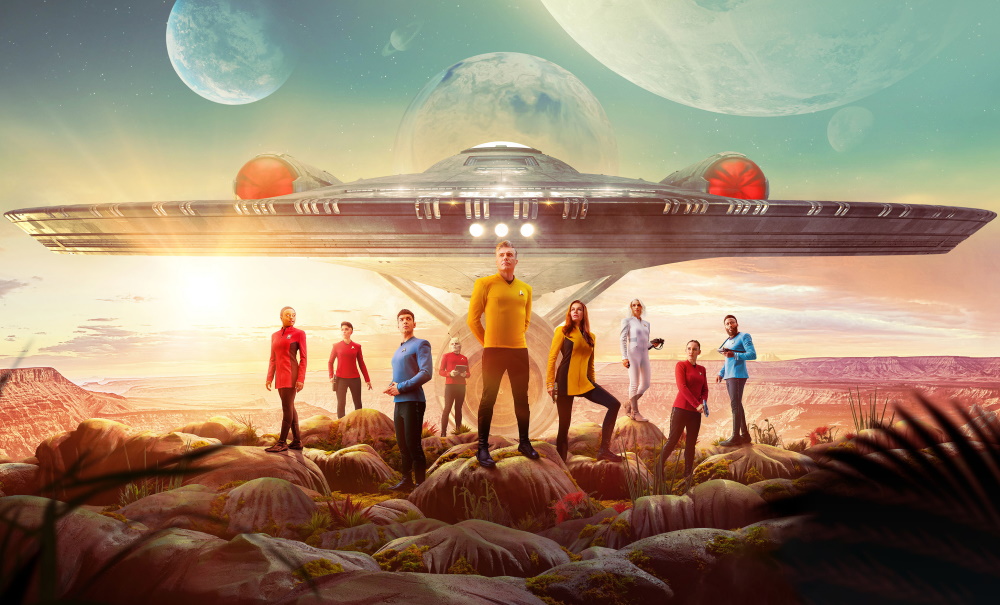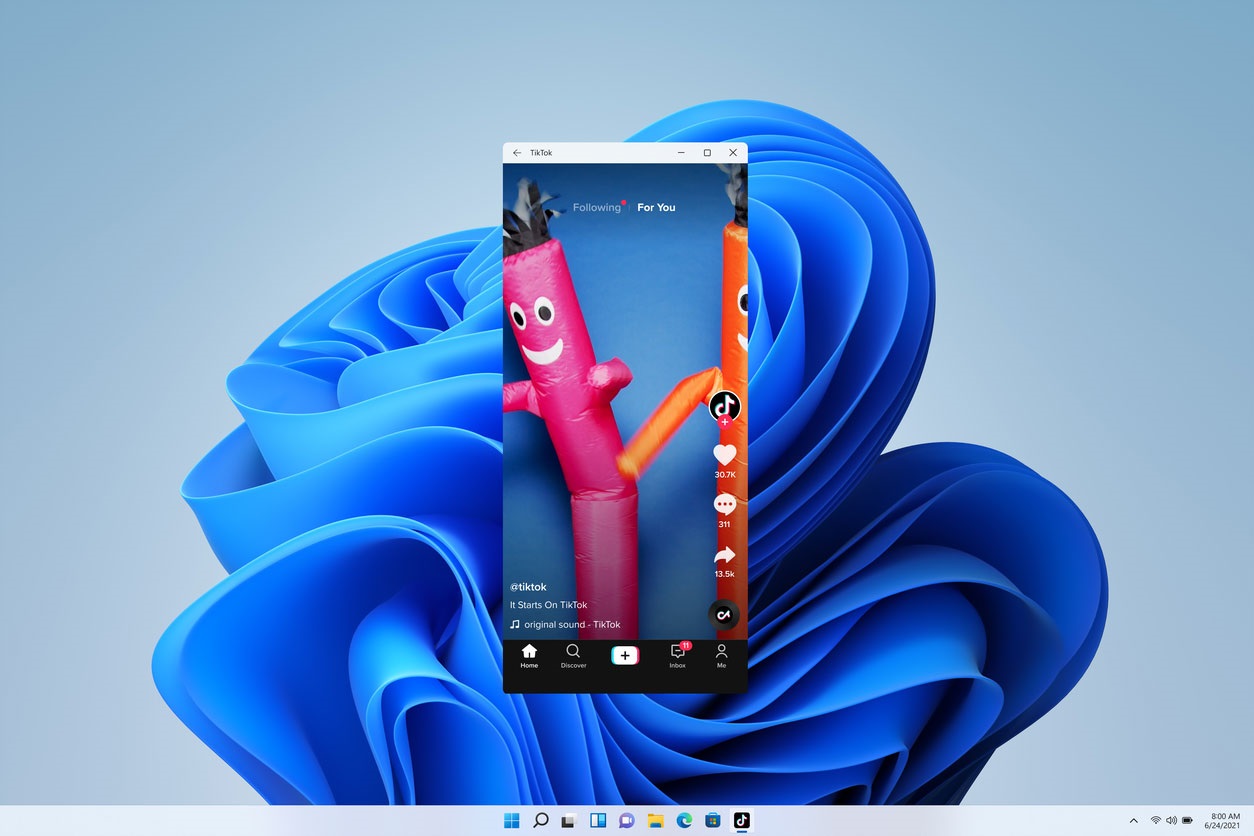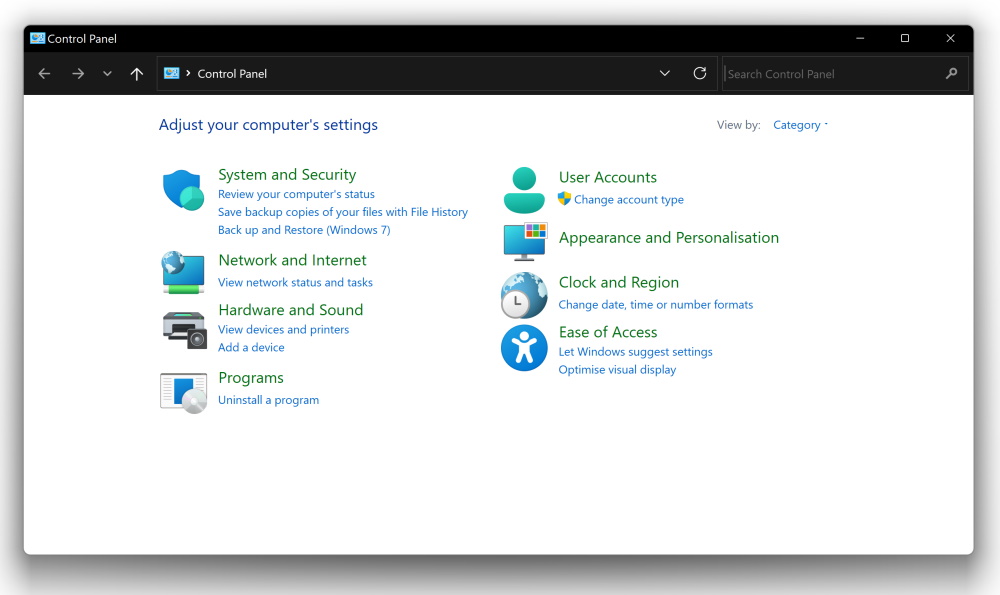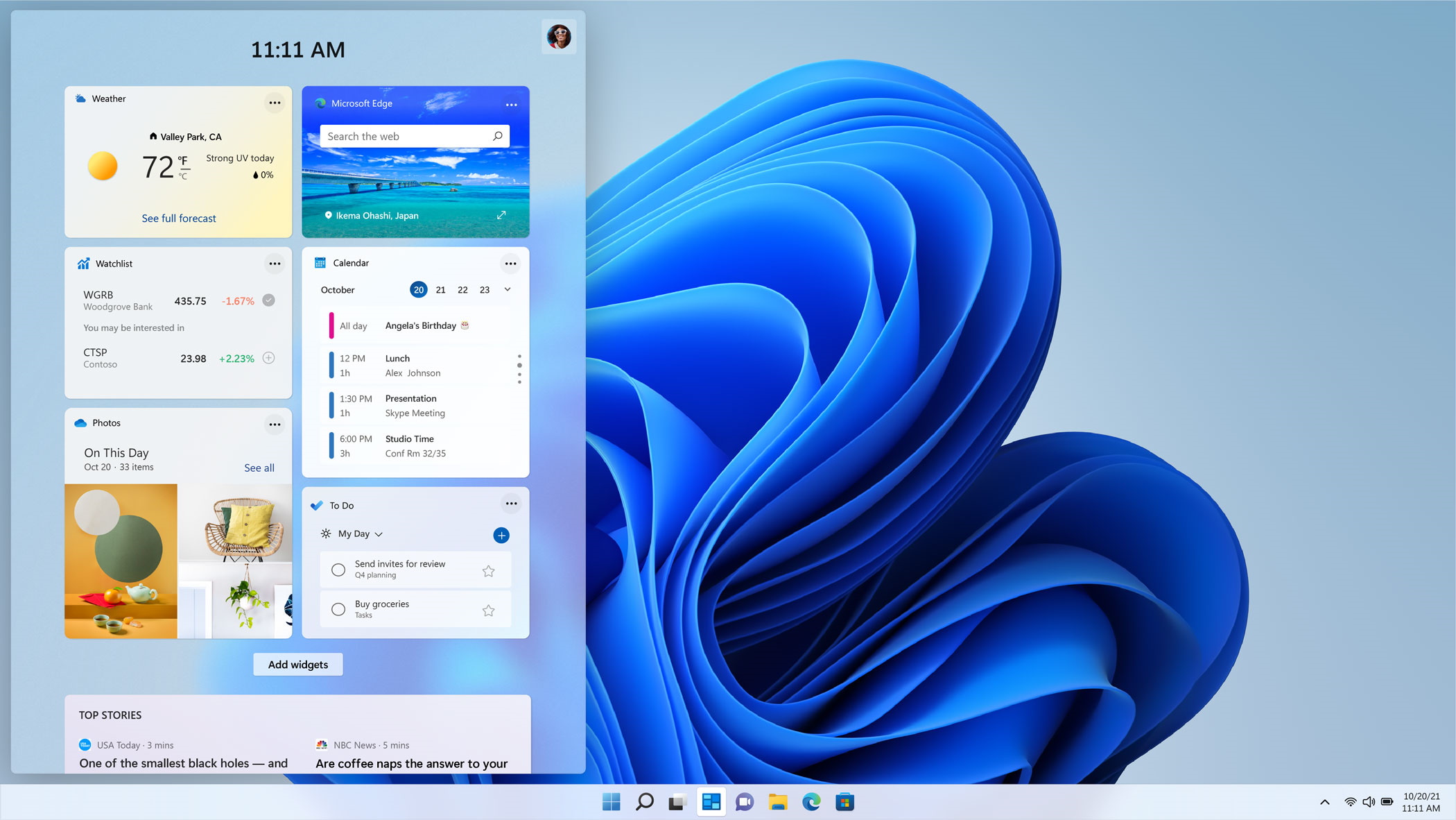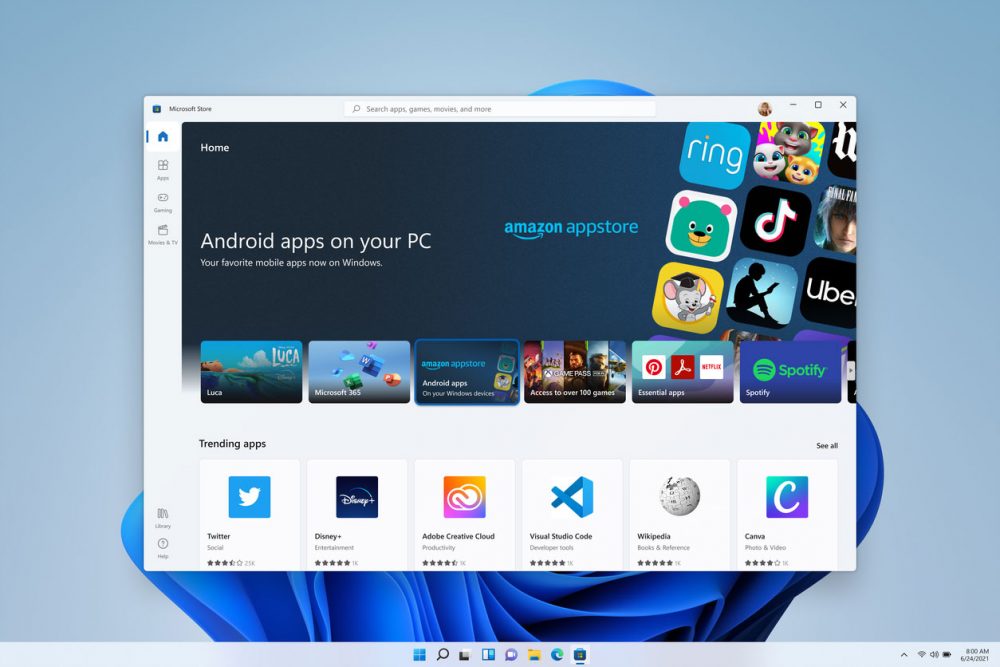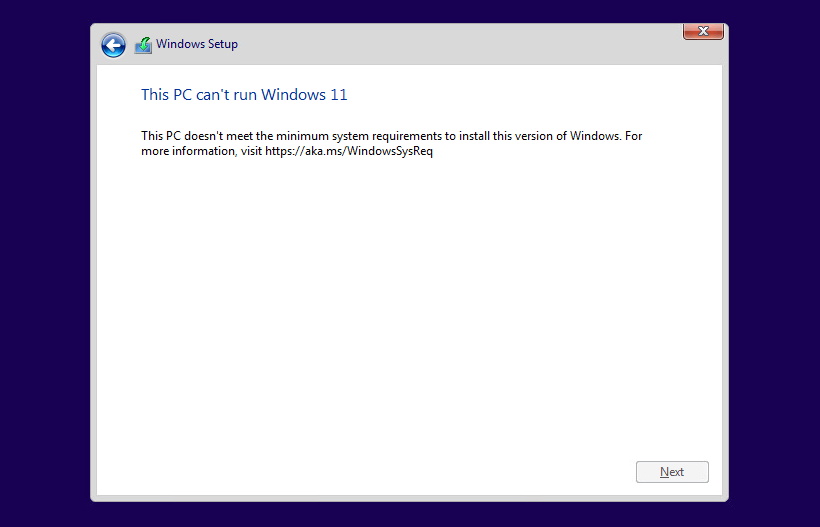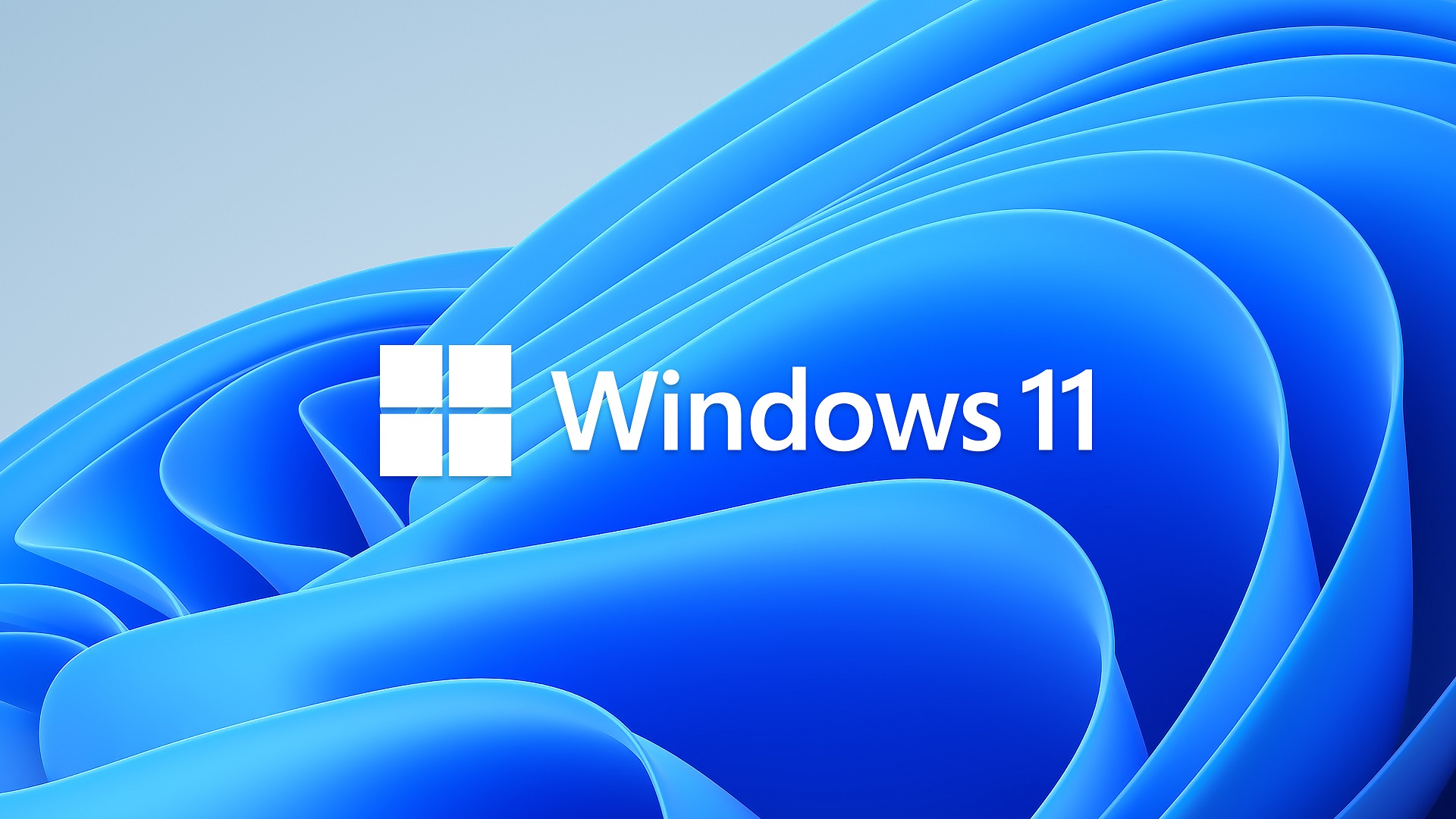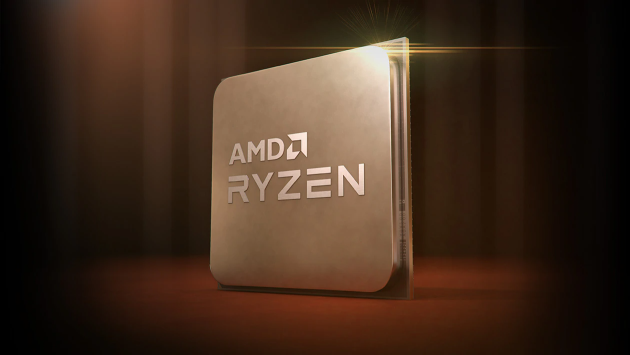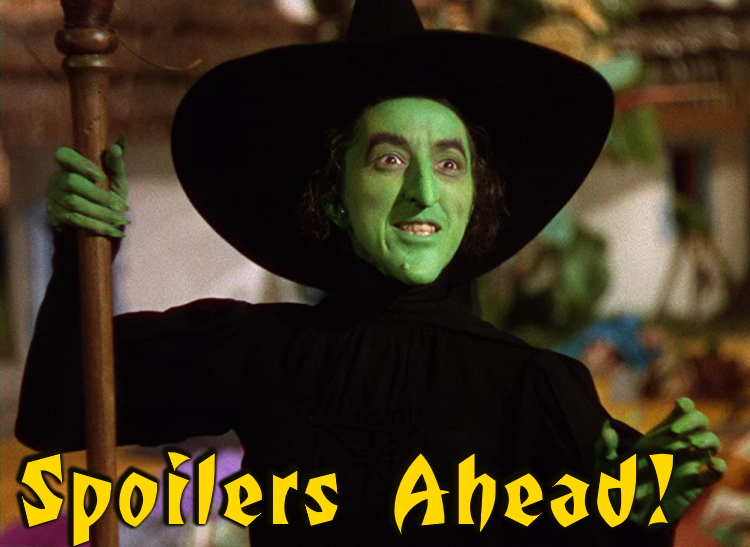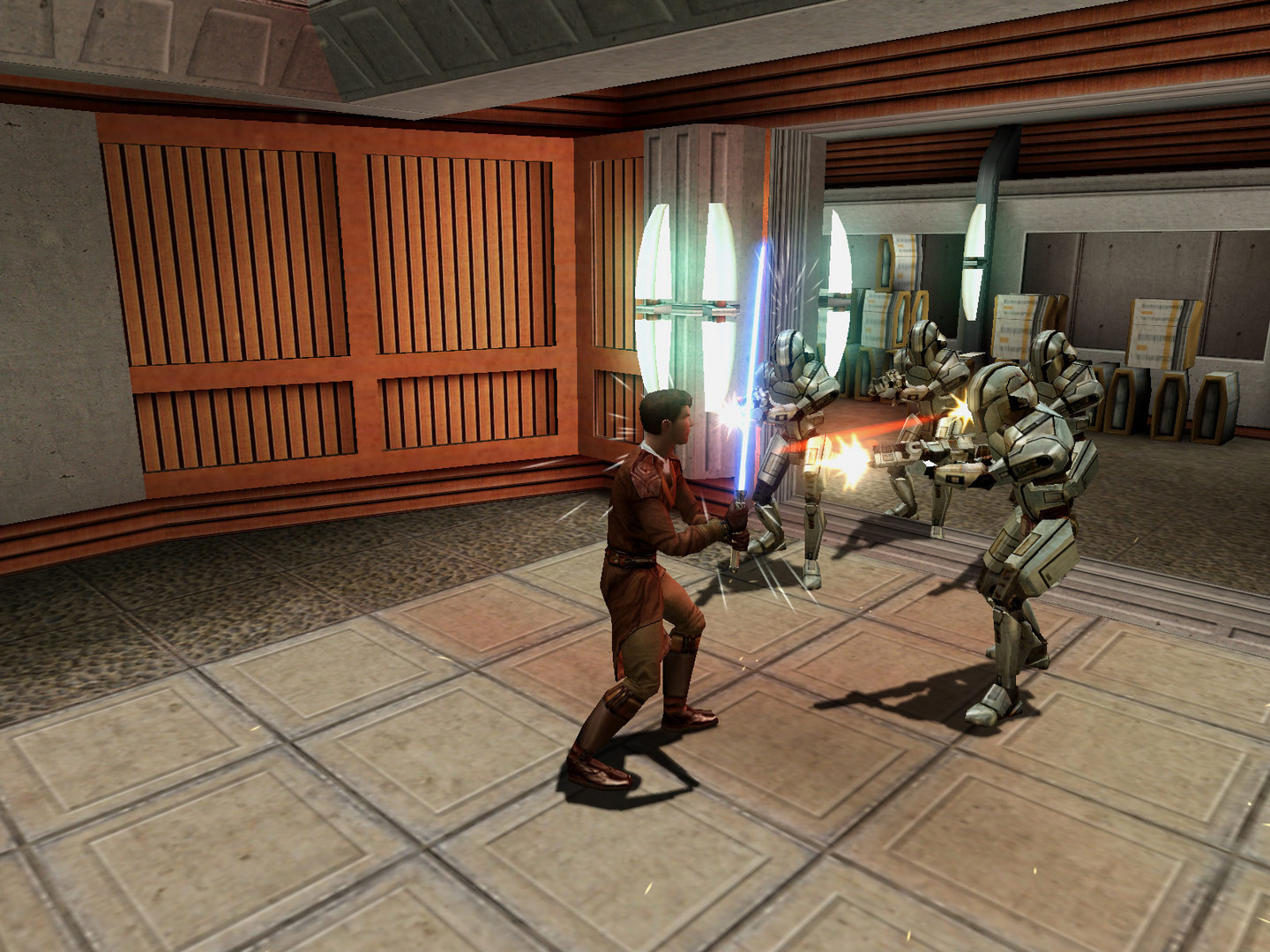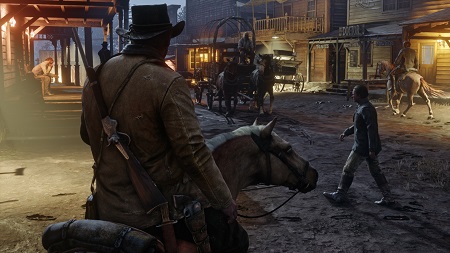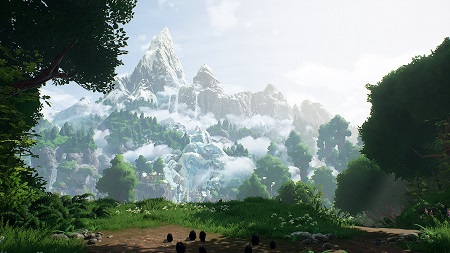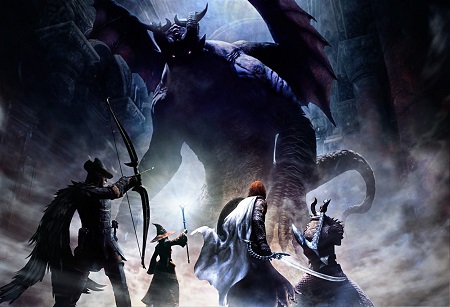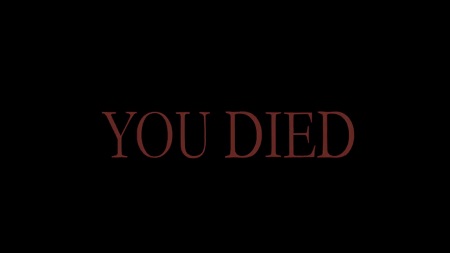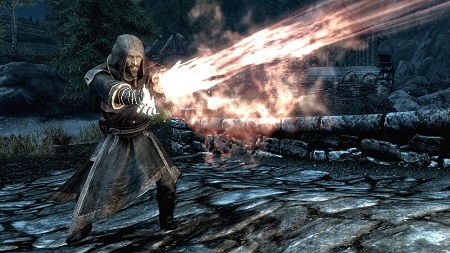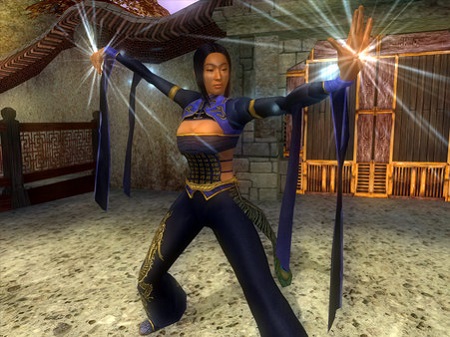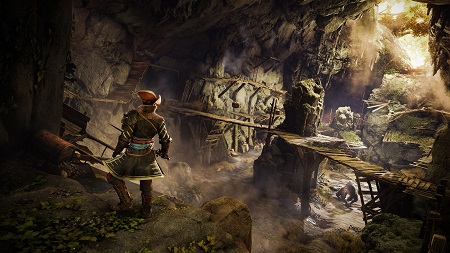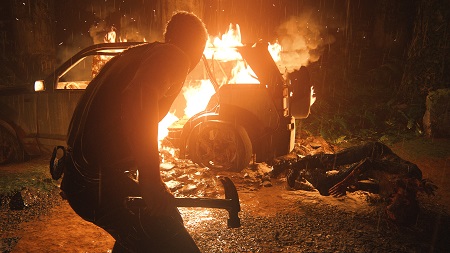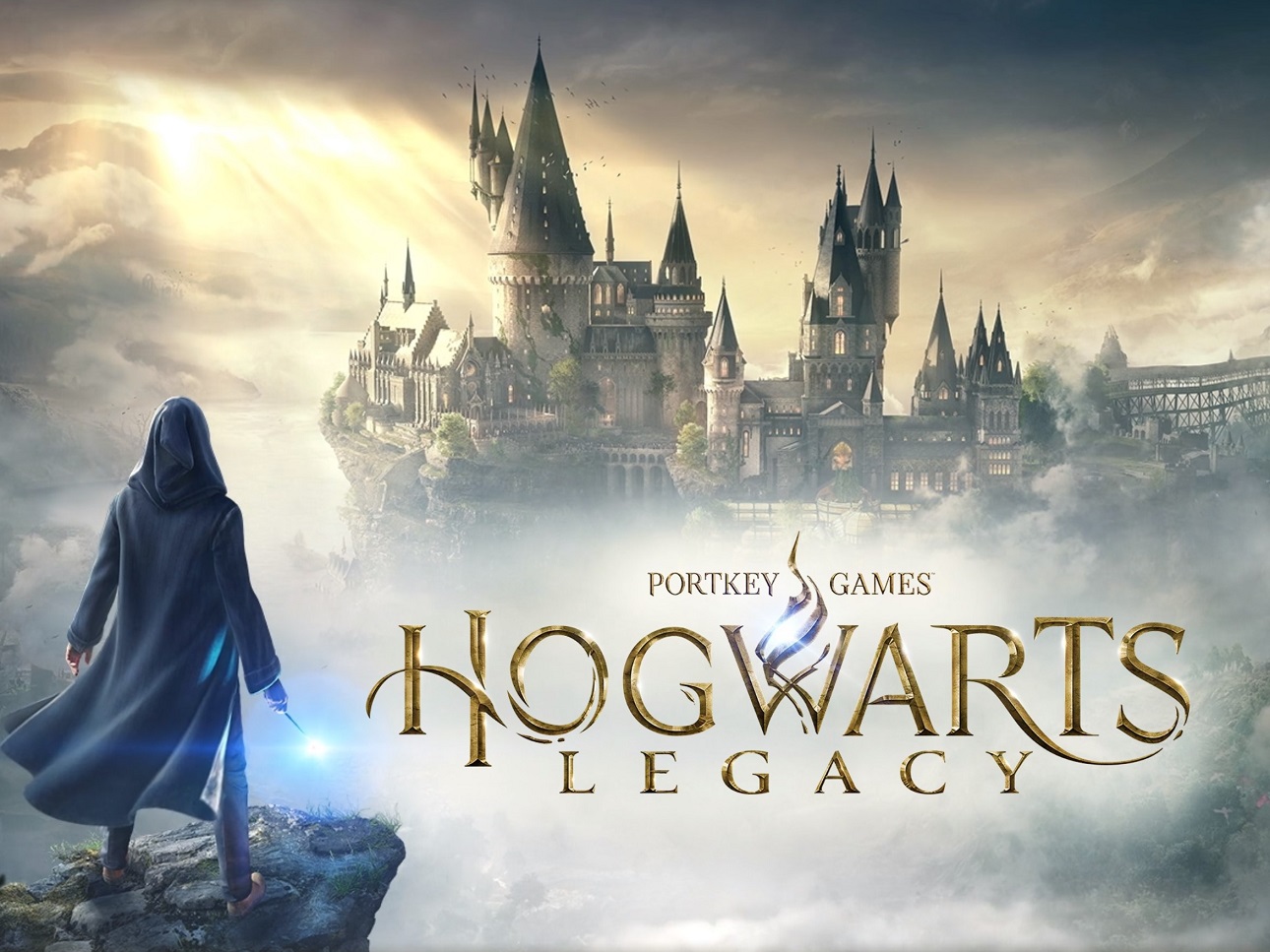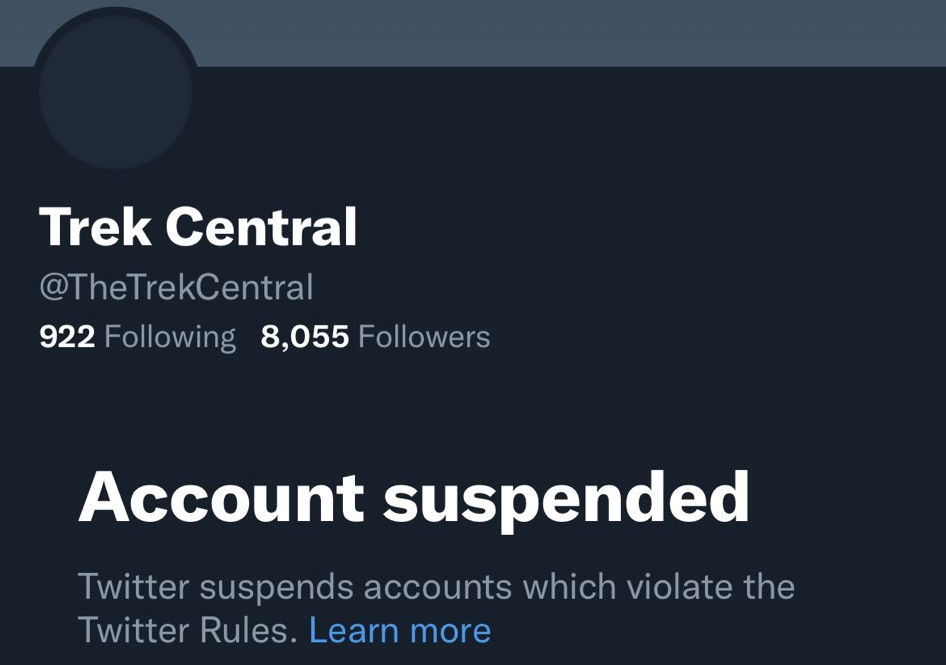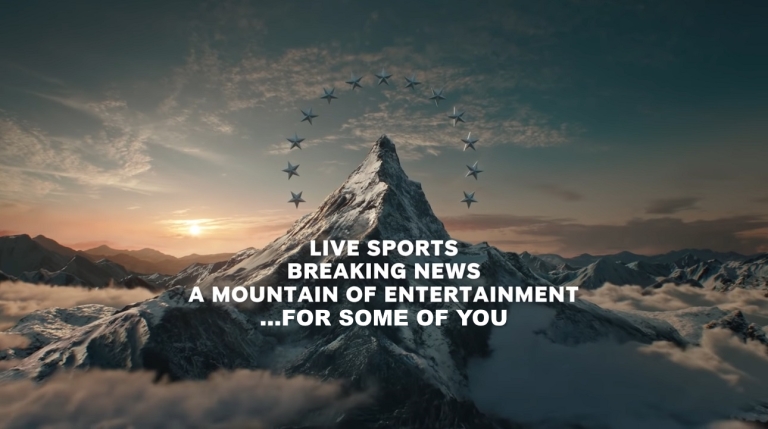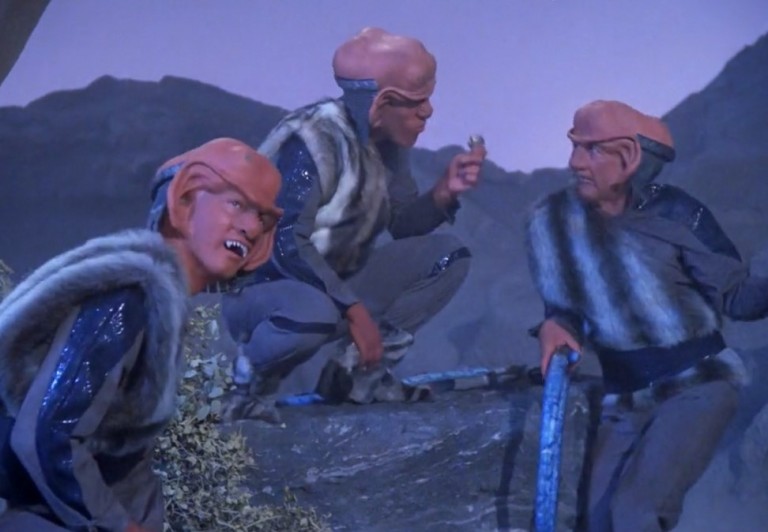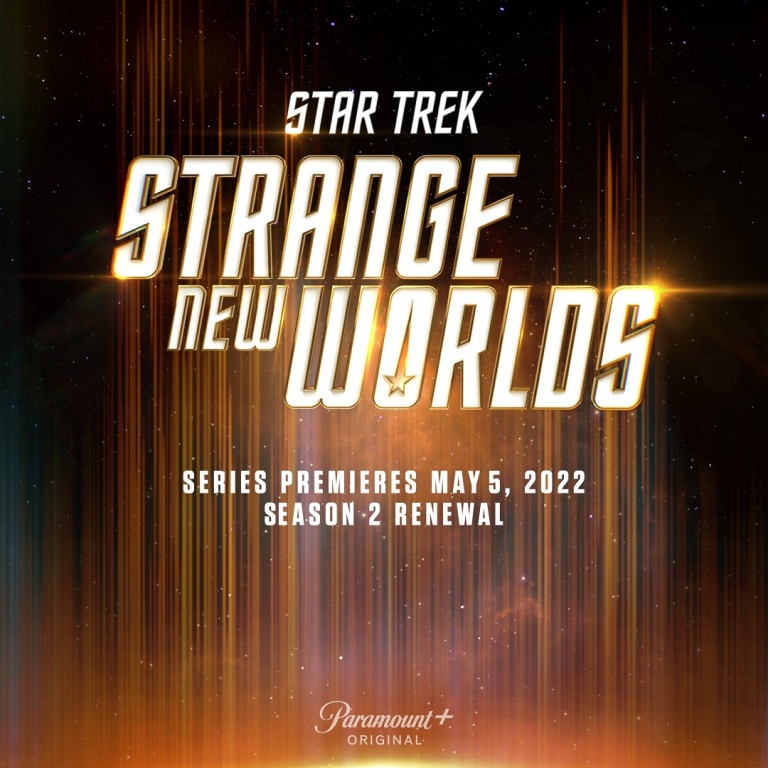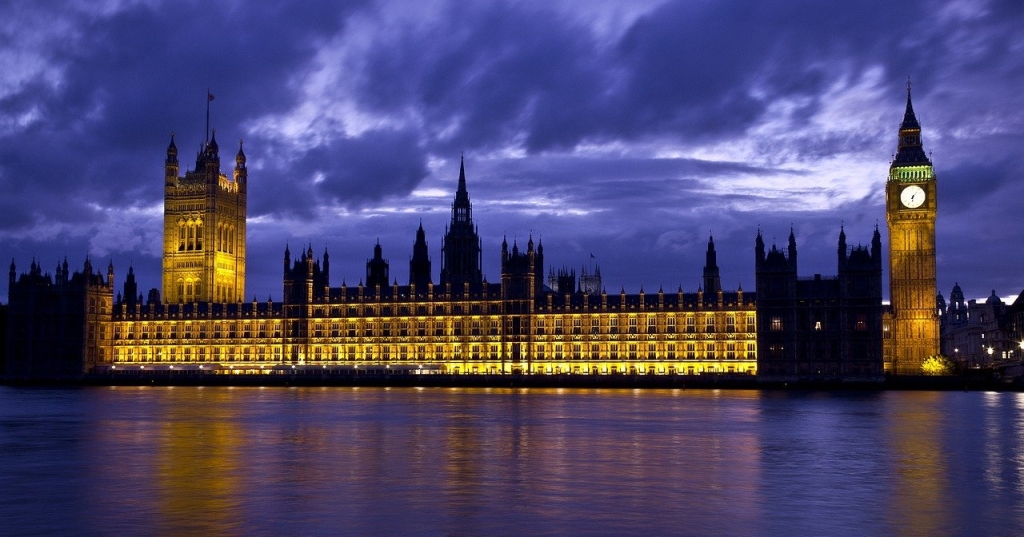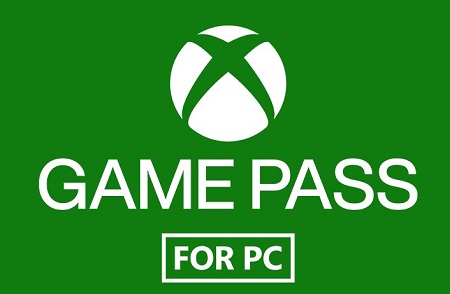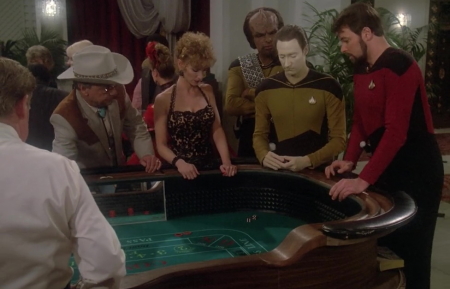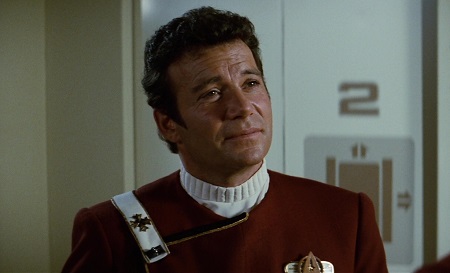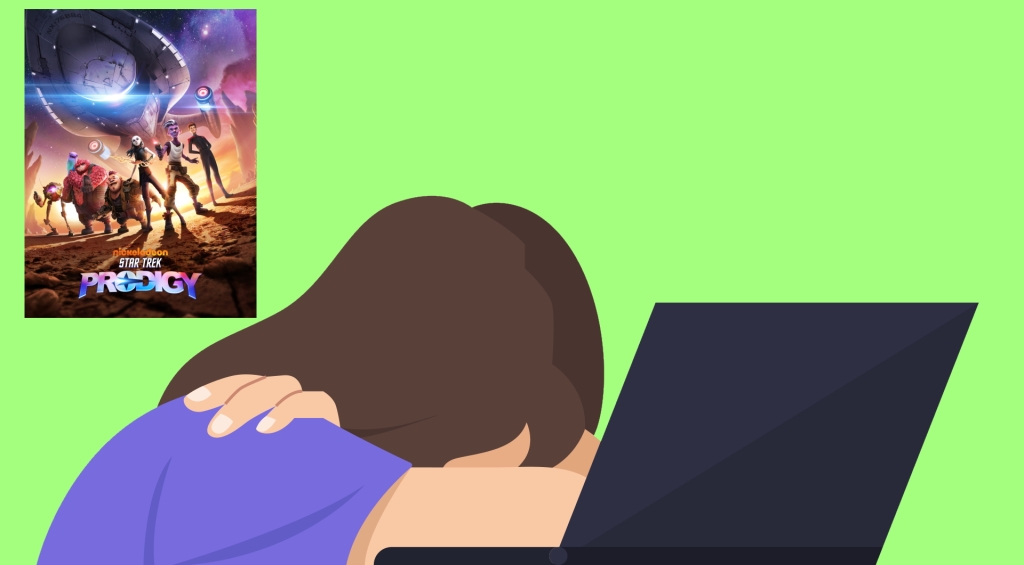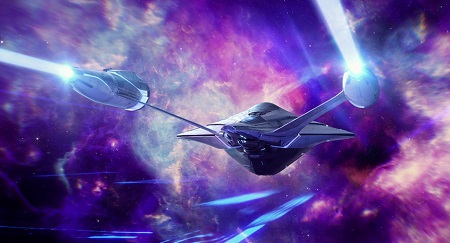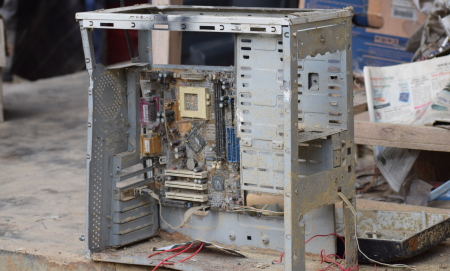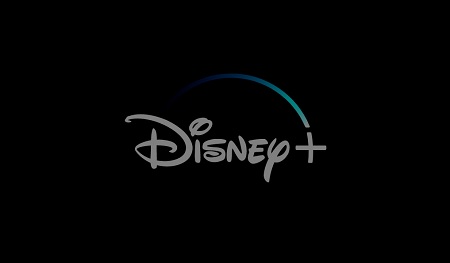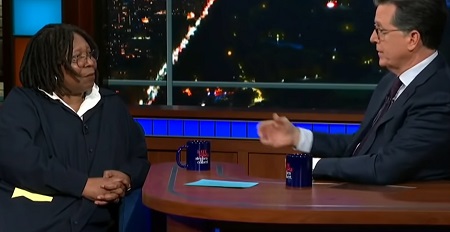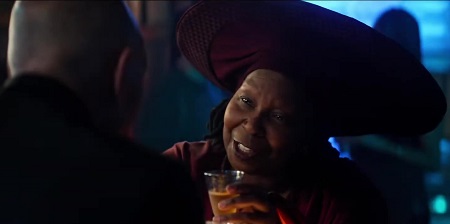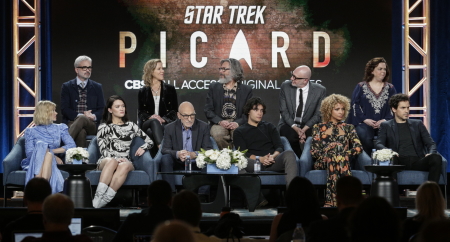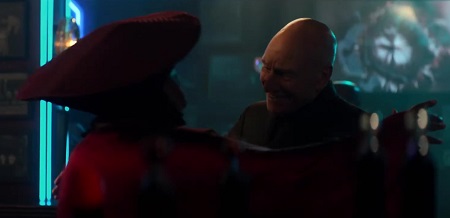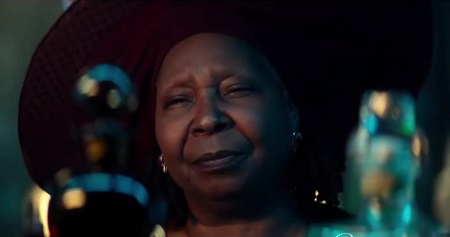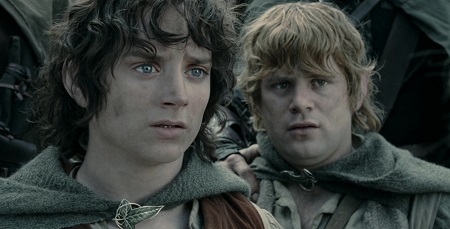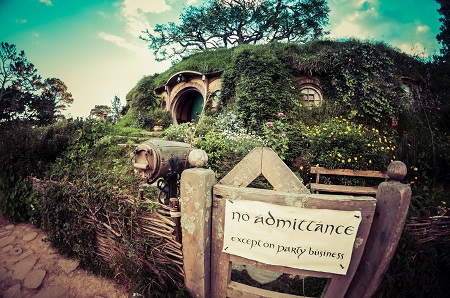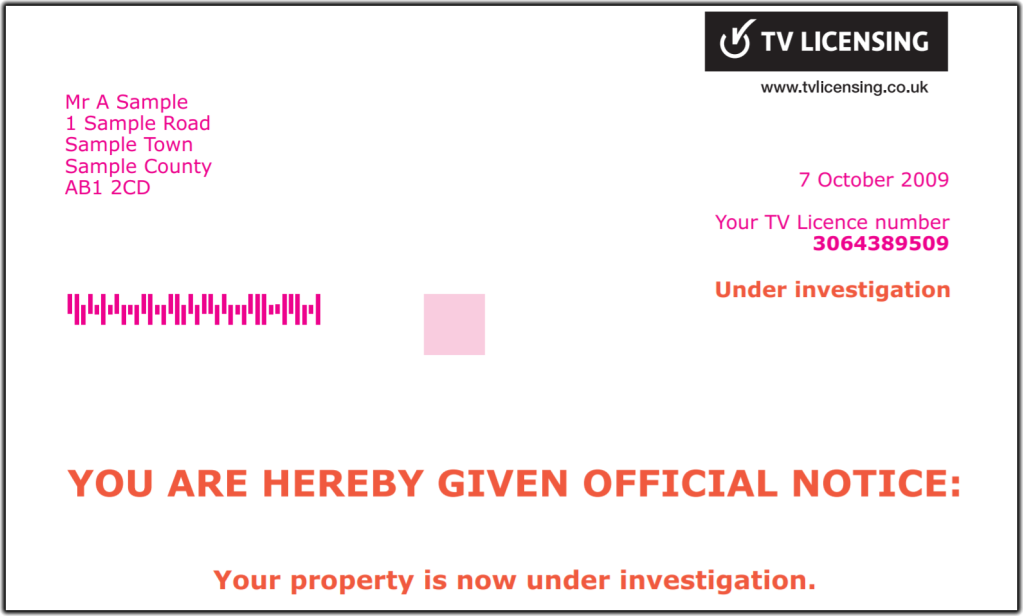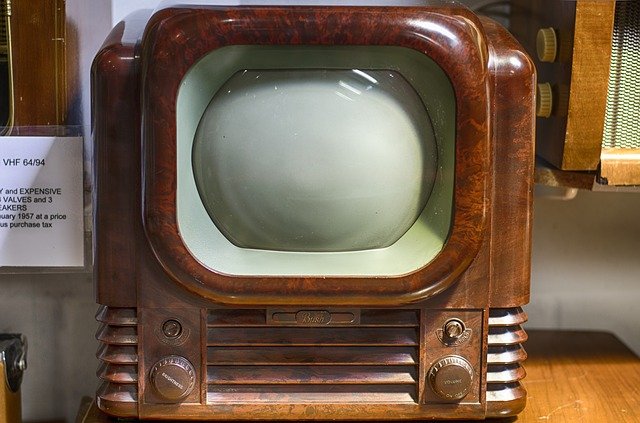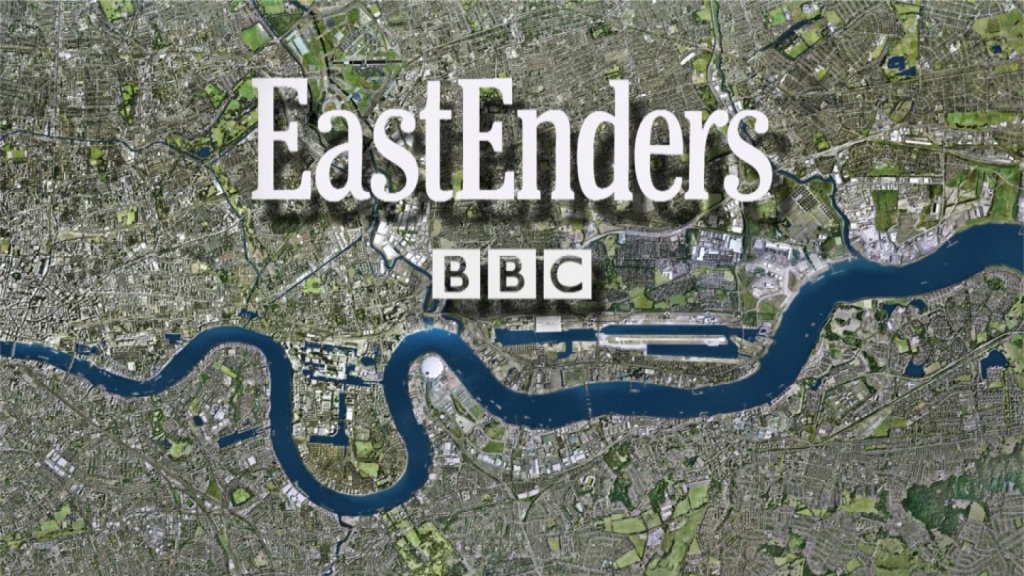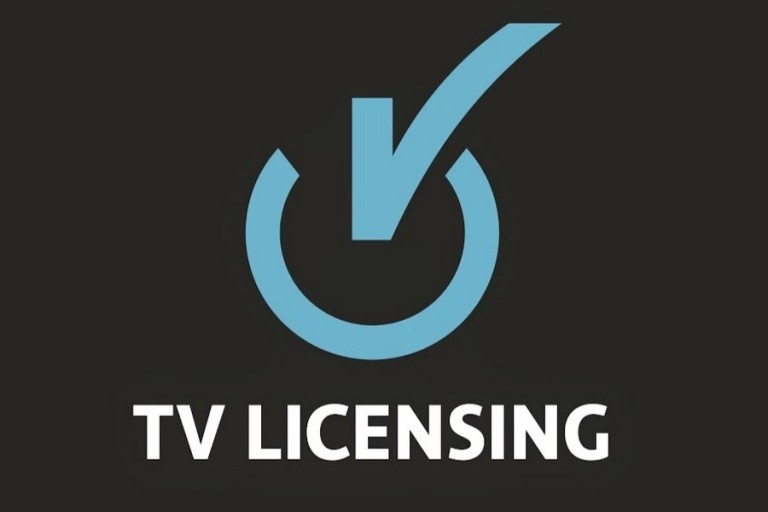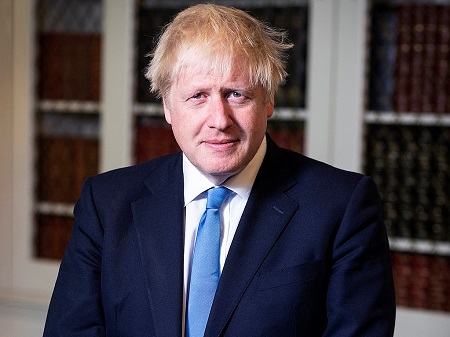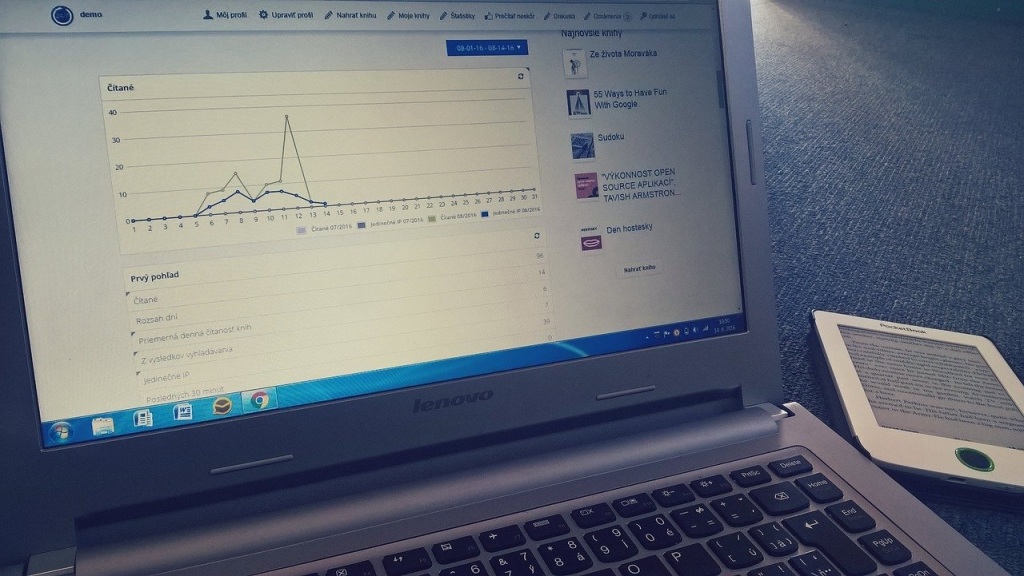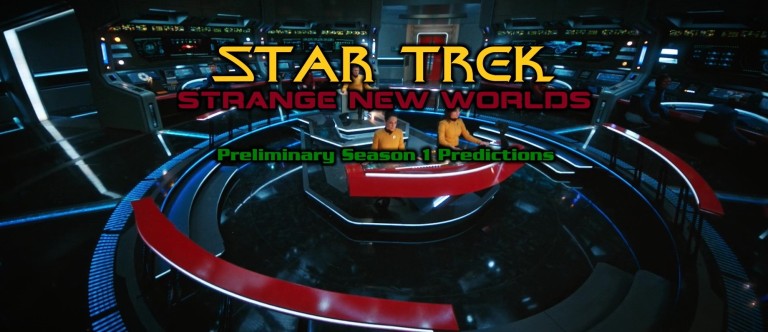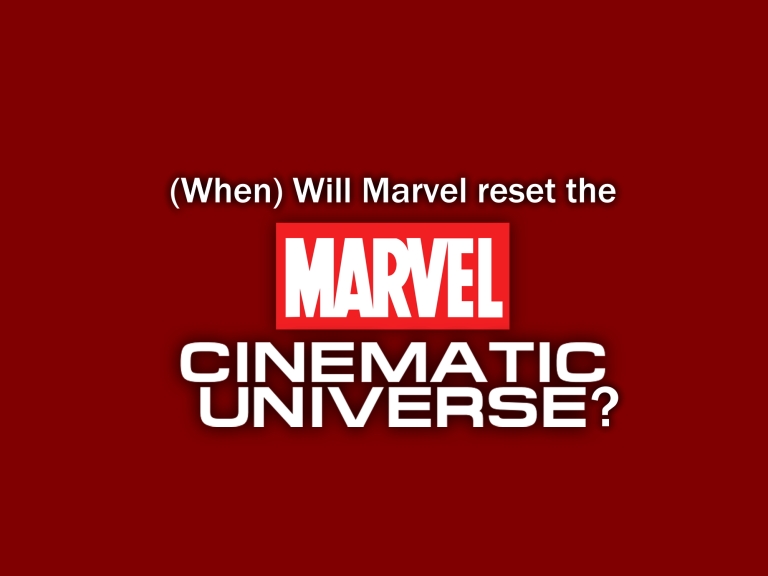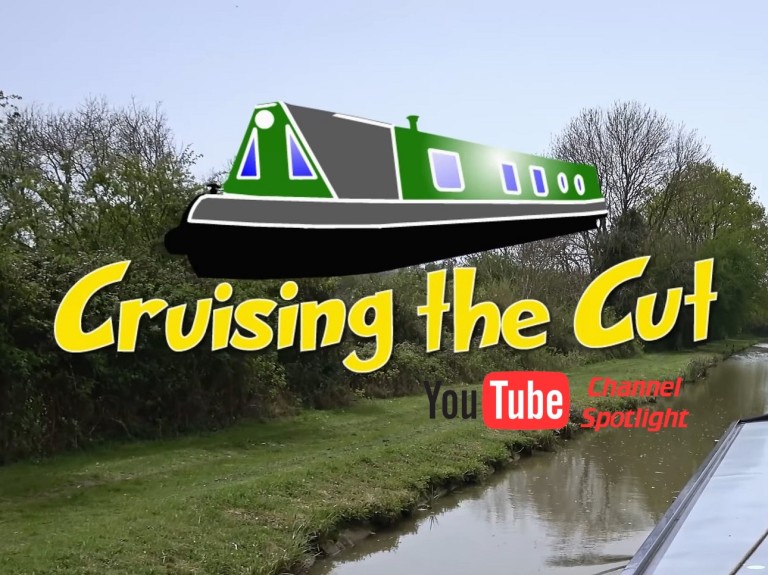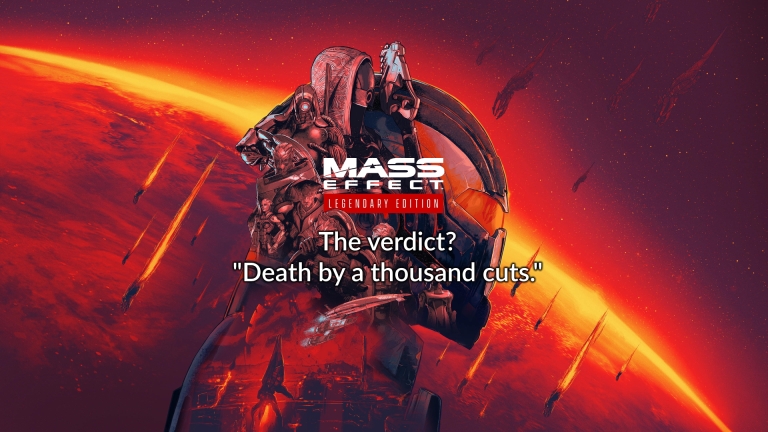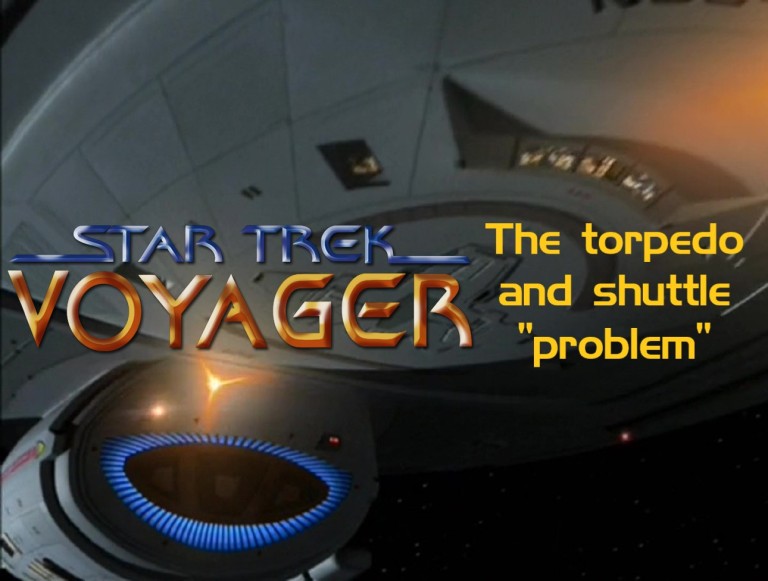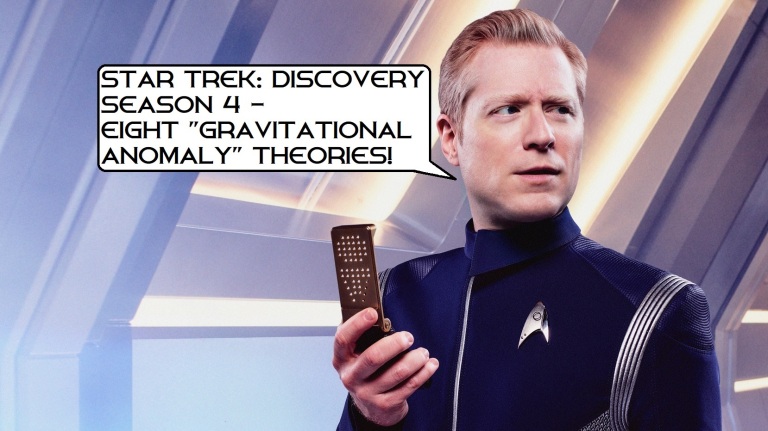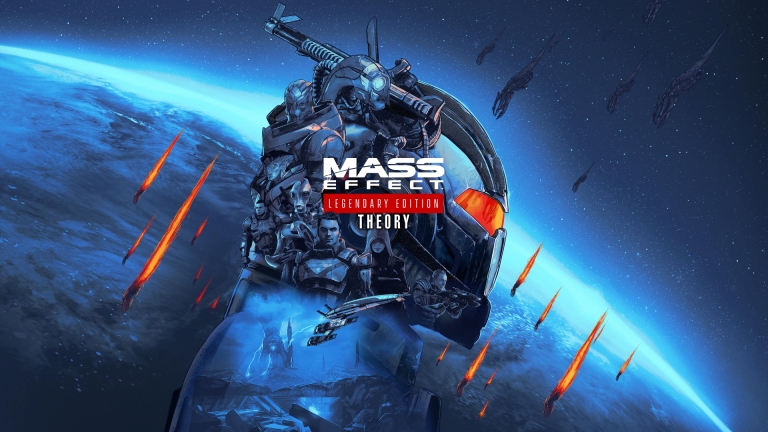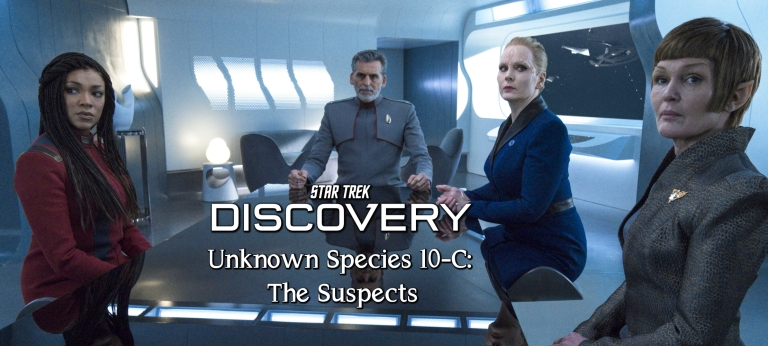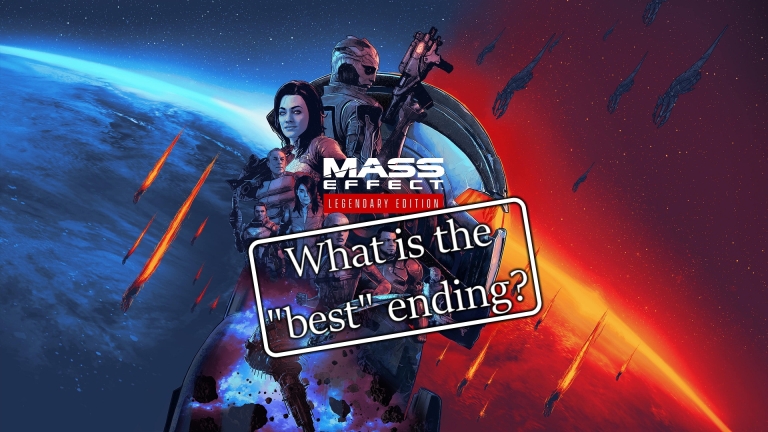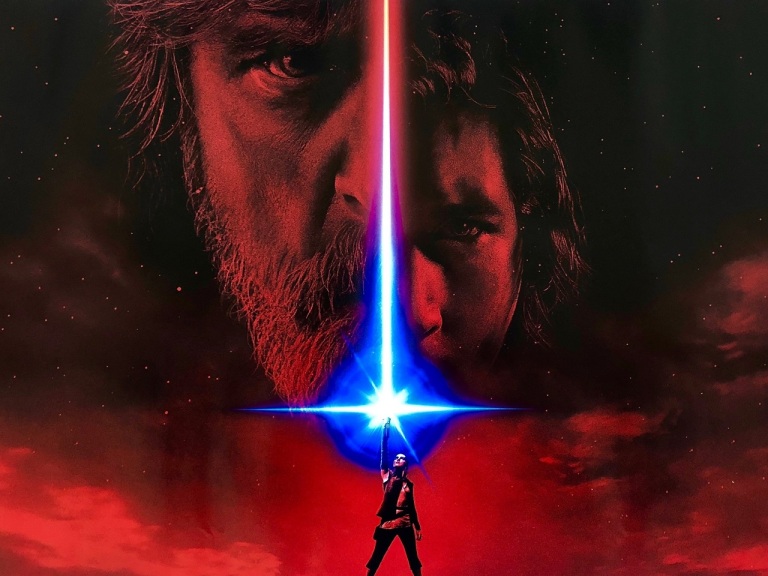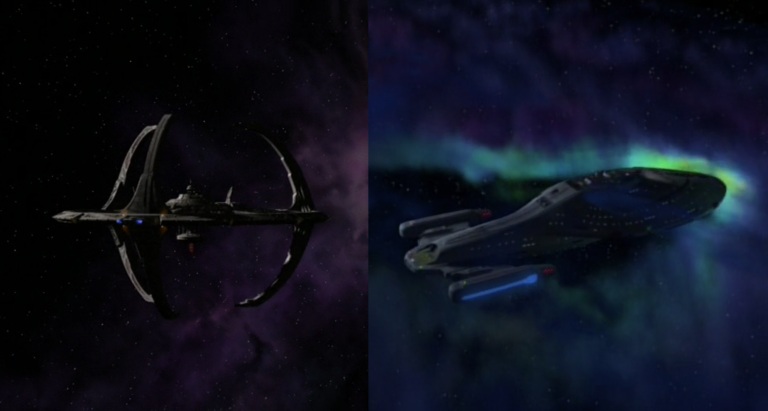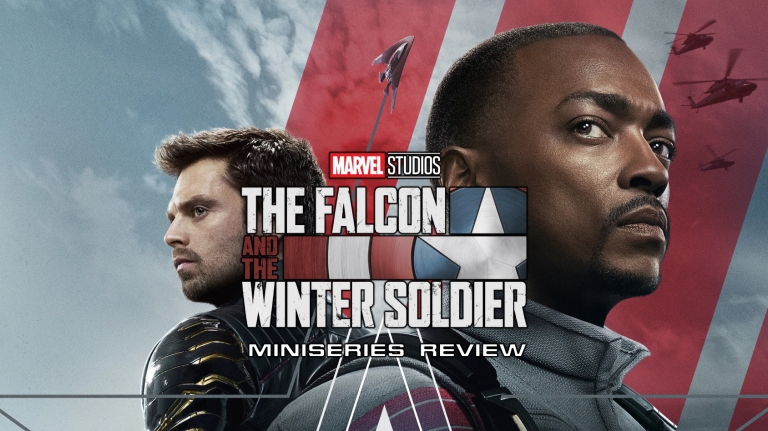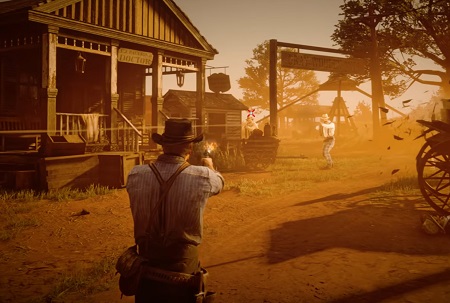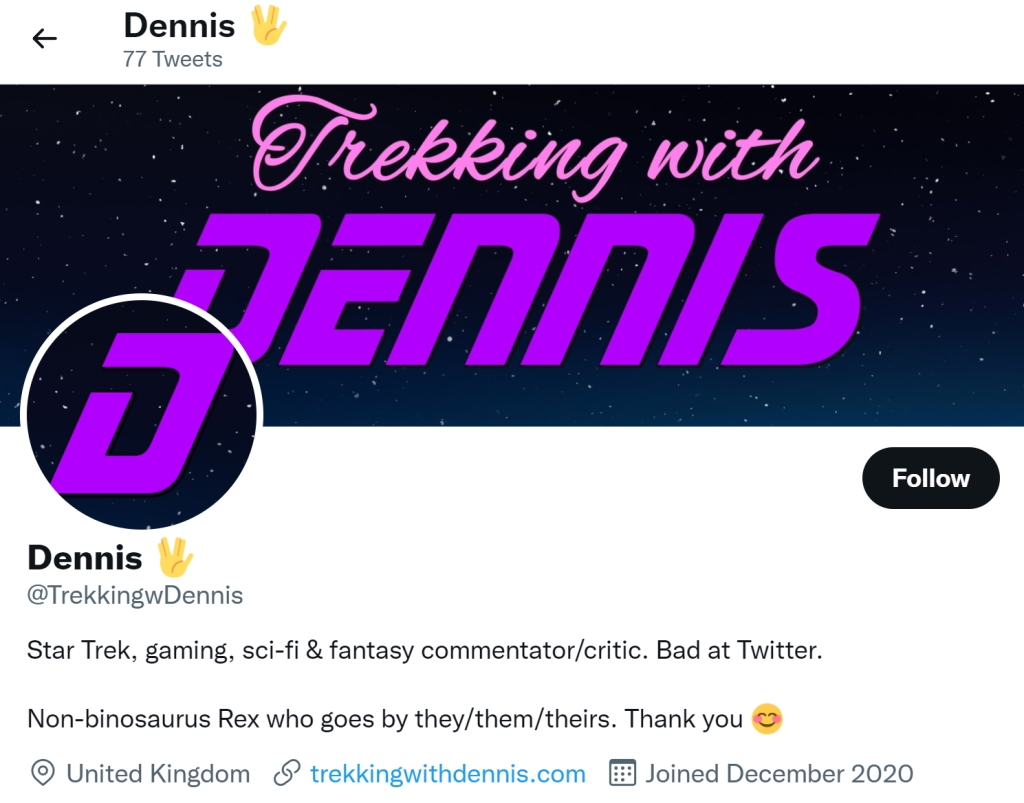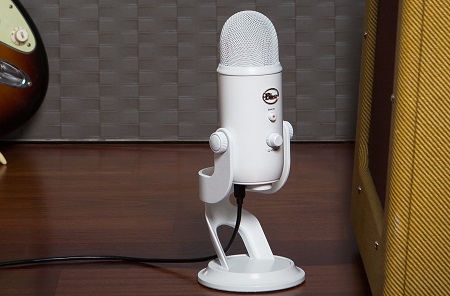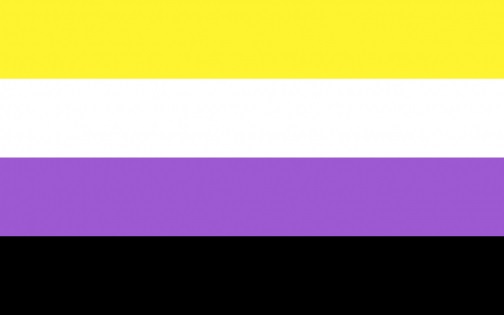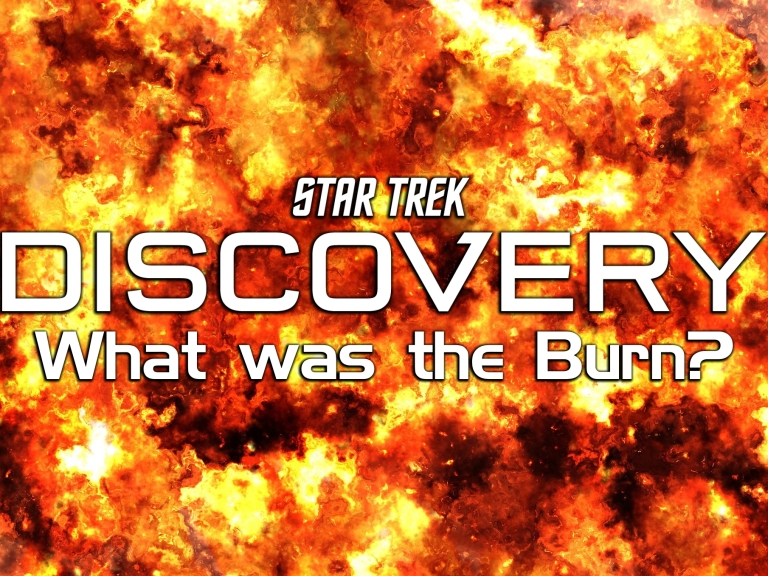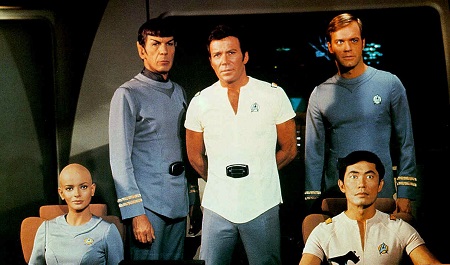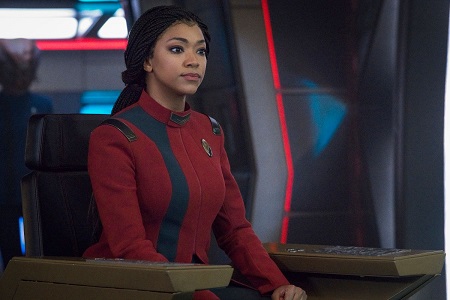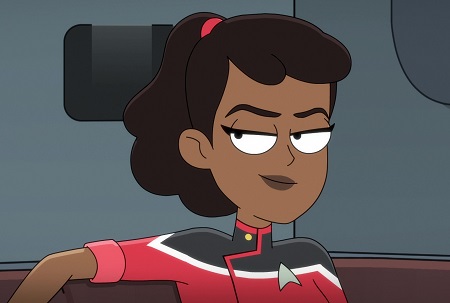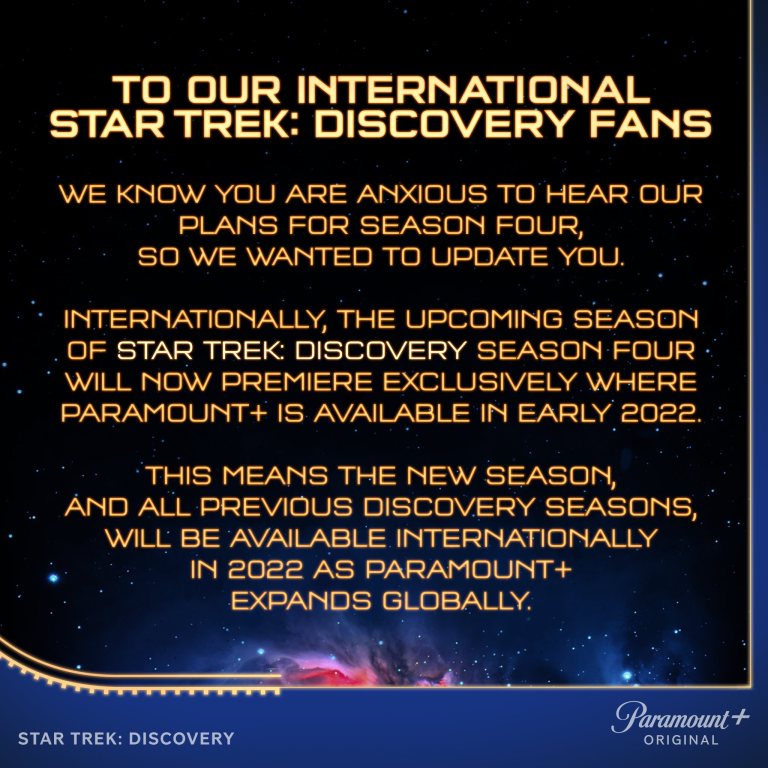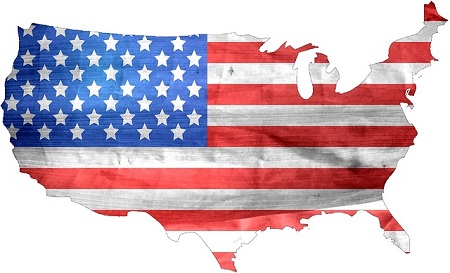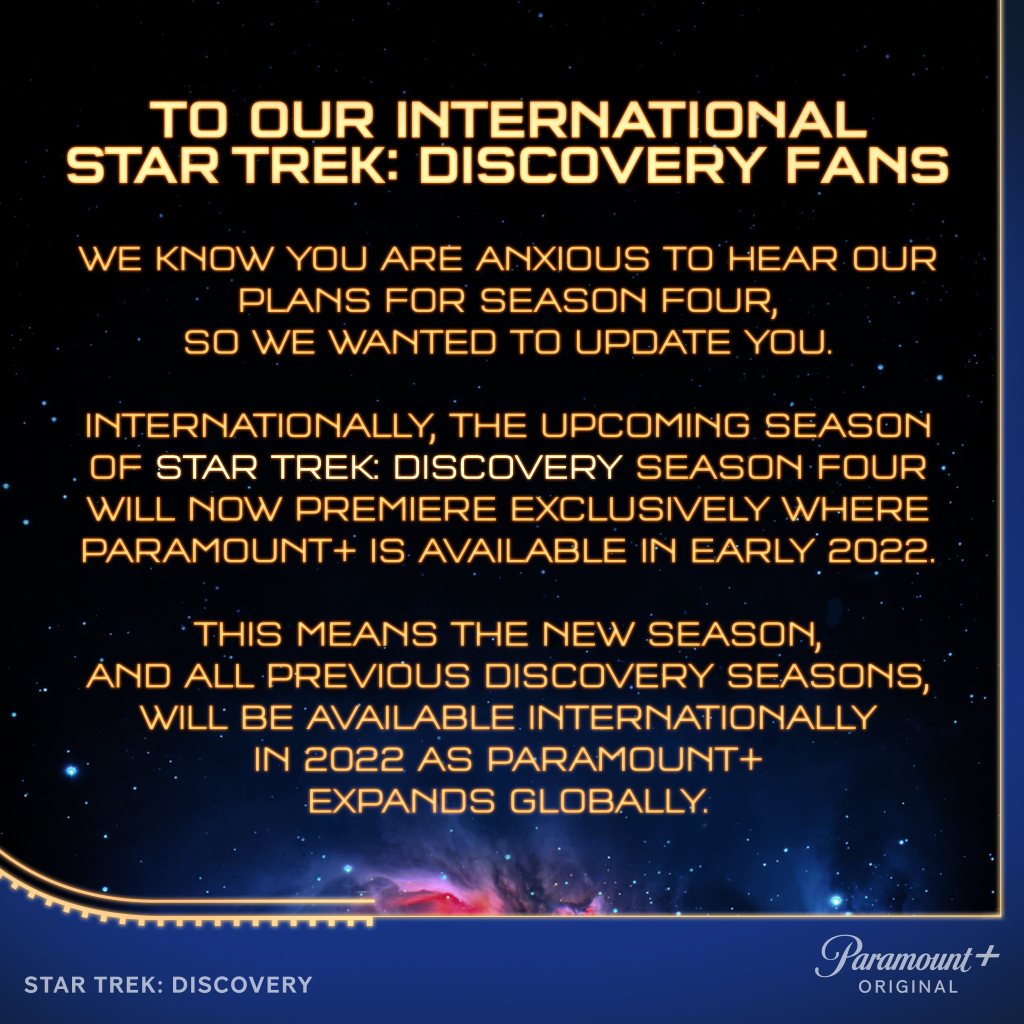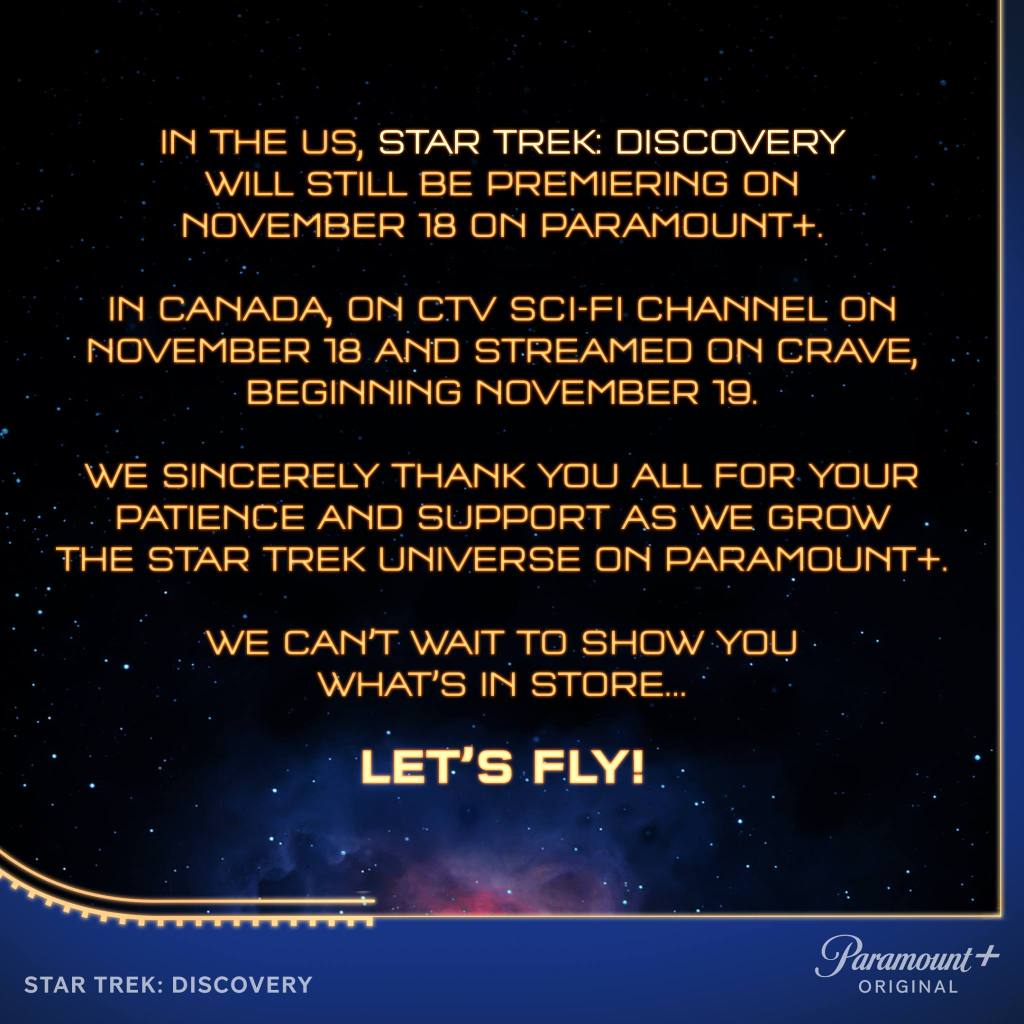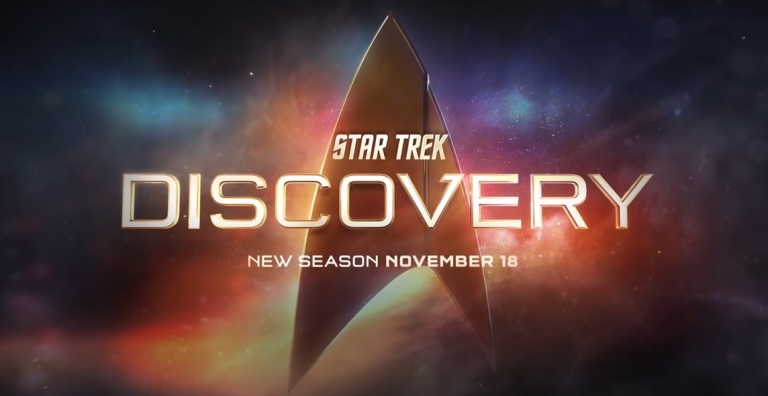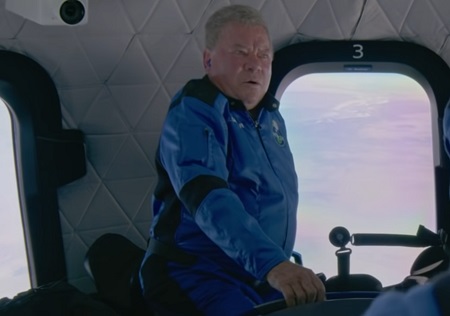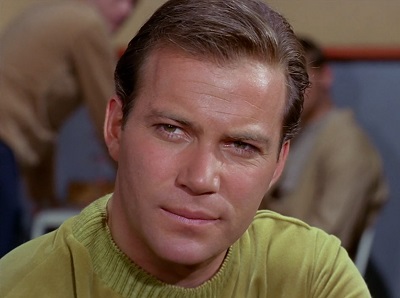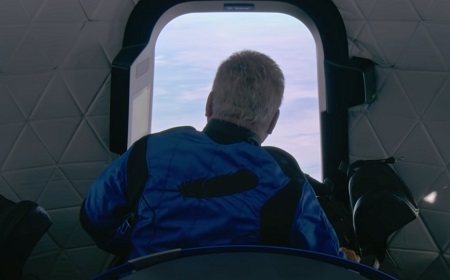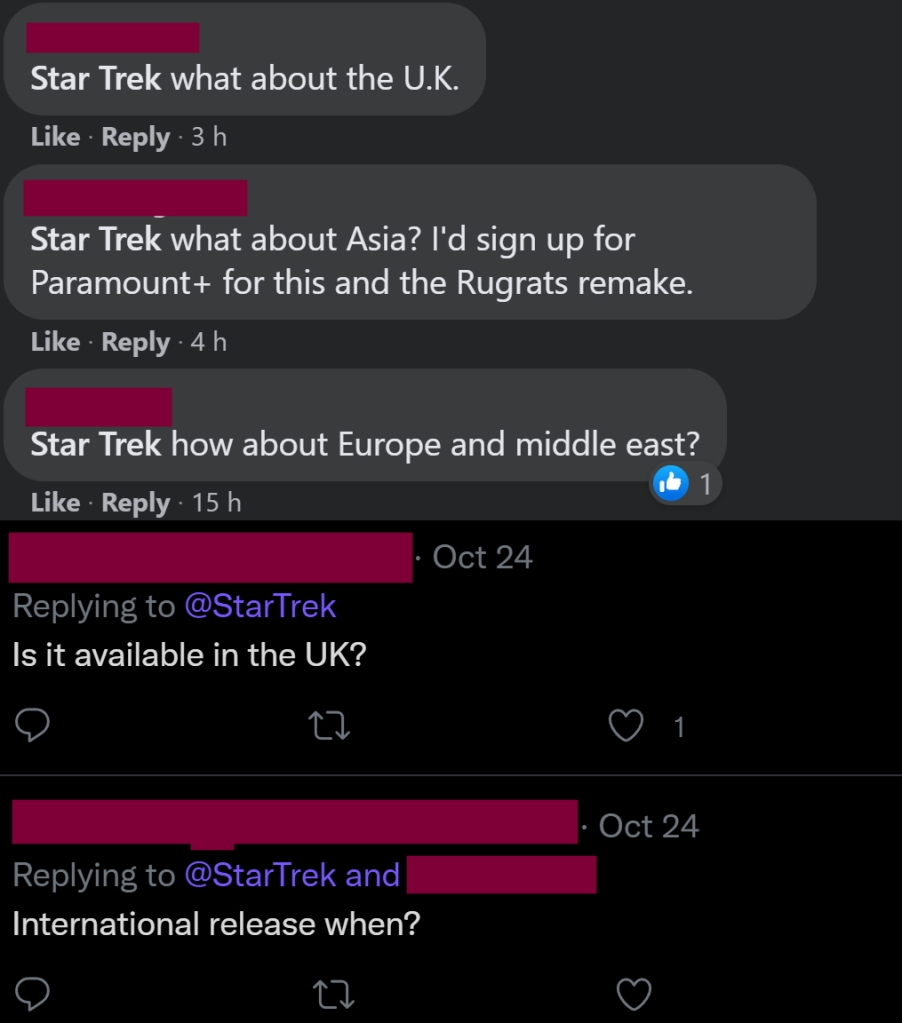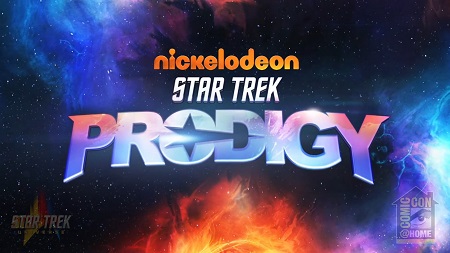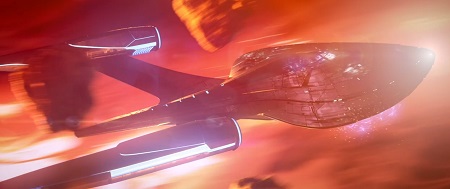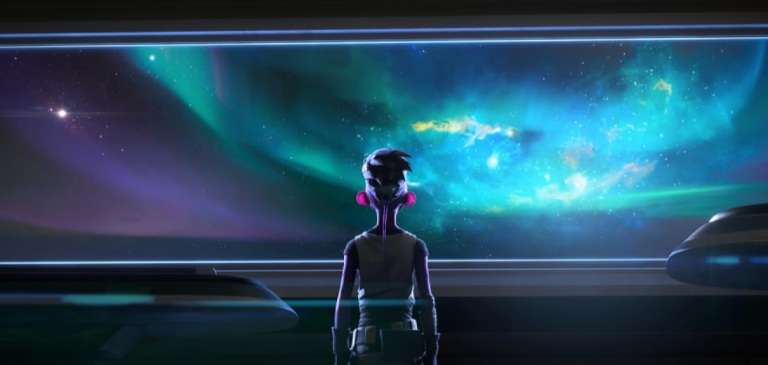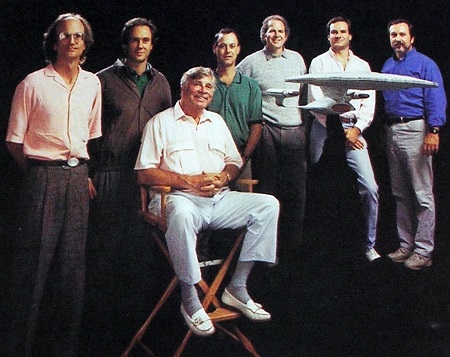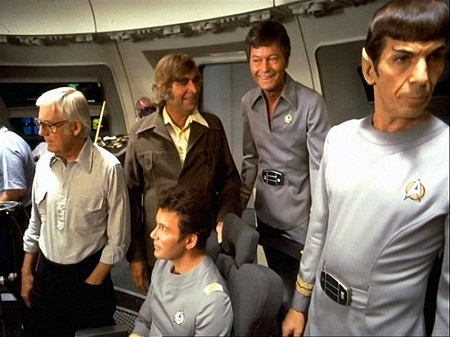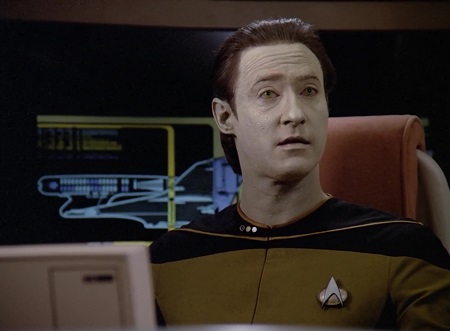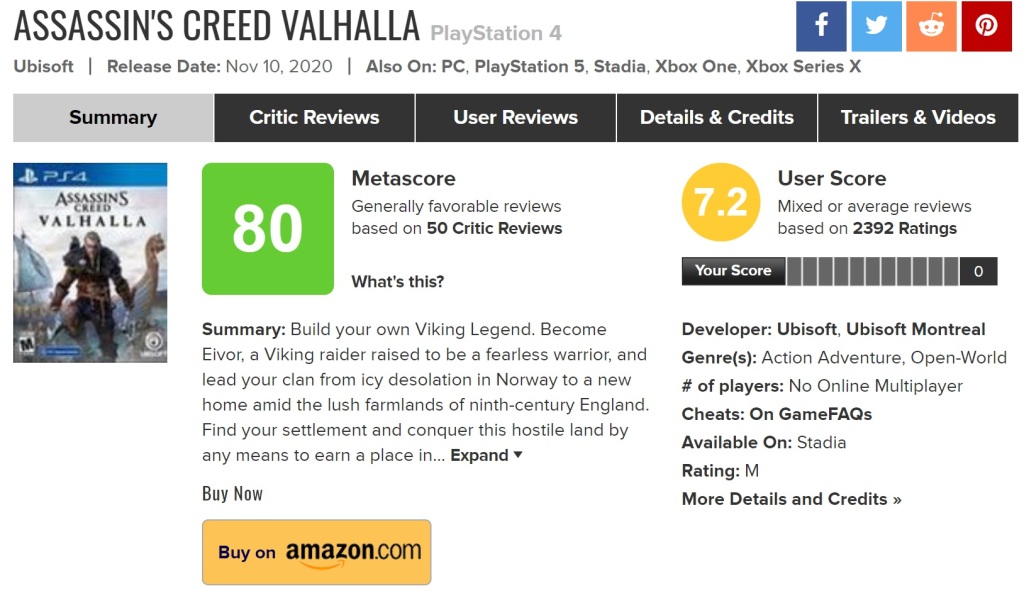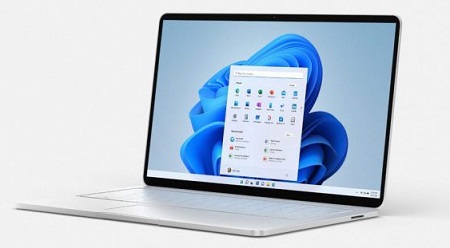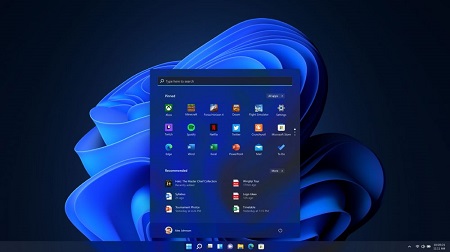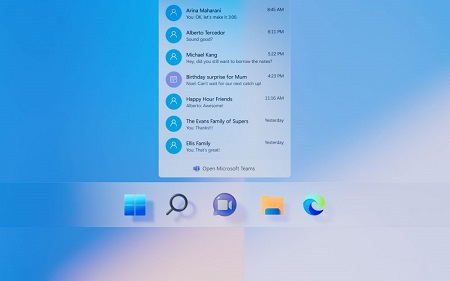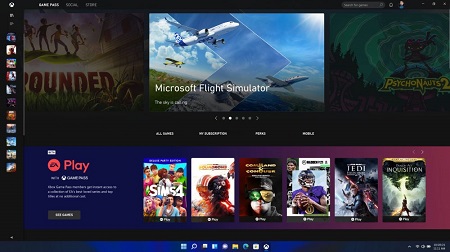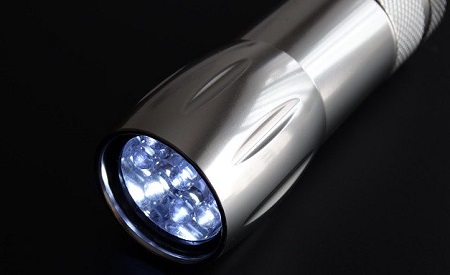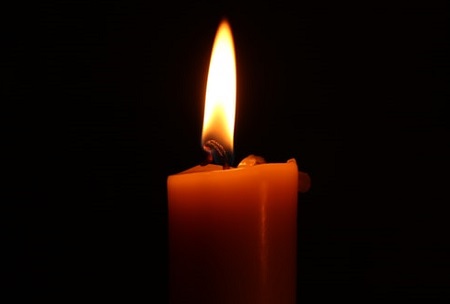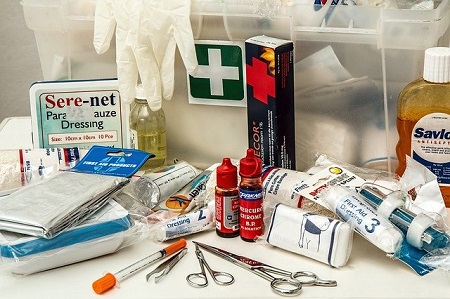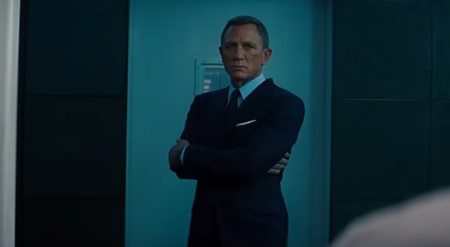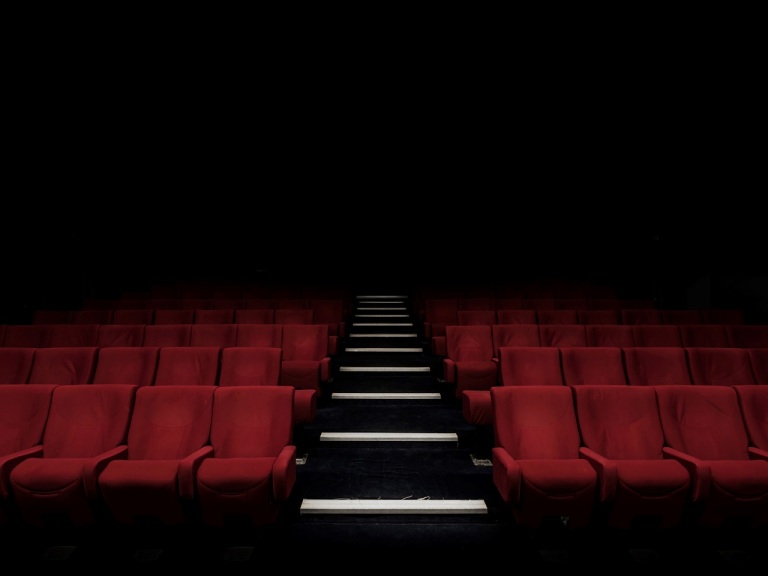Let’s have a bit of festive fun!
We all like food, right? Well… *I* certainly like food. And, if you’ve ever seen me and my jolly belly in person, you’ll know that for a fact! I have a soft spot for Christmas food in particular – Christmas has always seemed, to me, like a food-centric holiday. Even some of the presents and gifts that we give and receive can be food; hampers, selection boxes, chocolate… all of these, and more, are what we’re going to discuss.
And I thought it could be fun to “rank” all of these things in a nice, internet-friendly tier list!

Before we set the table, I have a couple of my usual caveats. Firstly, this is just for fun! Please don’t take any of this *too* seriously; the objective here is just to get a bit festive and think about some yummy Christmas treats – not get into an argument. And secondly, everything we’re talking about today is just one person’s *subjective* opinion. We may not agree on what makes for a nice Christmas dinner or festive snack… and *that’s okay!* The food items discussed are mostly British and European, because that’s what I’m most familiar with, and they’re listed in no particular order. I’ll reveal the final tier list at the very end of the piece.
The format I’m using is the standard “tier list” that you may have seen on a couple of other occasions here on the website. You know the drill: S-tier is right at the top, then we go through A, B, C, and D, before hitting the bottom with F. They basically work like letter grades at school! Still haven’t found out why “S” is the top tier, though.
So… with all of that out of the way, let’s rank some festive foodstuffs and try not to totally ruin Christmas in the process!
Number One:
Roast Turkey

Turkey is an easy A-tier for me. It’s the main event on the big day, and if you cook it right and follow all of the instructions, you should end up with some decent meat for your main course! Some people overcook turkey, especially if they aren’t familiar with it, leading to it getting a bit of an unfair reputation as dry and chalky – but when properly cooked, I maintain that roast turkey is very nice.
Here in the UK, where we don’t have Thanksgiving, Christmas Day is usually our big roast turkey dinner. And I can’t speak for everyone, but I know that for me, Christmas Day wouldn’t feel right without roast turkey. It’s just… tradition, I guess! And Christmas is a time for sticking to some traditions.
Tier: A
Number Two:
Mince Pies

Mince pies are the perfect sweet treat for this time of year! They’re fruity, spicy, warming, and good served hot or cold. And they’re pretty easy to make at home if you’ve got a good shortcrust pastry recipe and a few dried fruits! I have fond memories of helping my grandmother and mother make mince pies at Christmas time, and of enjoying them at all kinds of festive events, from church services at school to community events and even at neighbours’ houses!
Mince pies have a strange history, really. They used to contain actual minced meat alongside the fruits and spices – that combination of sweet dried fruit with meat seems to have been common in centuries past. I’m kinda glad it isn’t any more, because to be honest… that doesn’t sound all that appetising! I prefer to keep sweet and savory foods separate for the most part. Mince pies are another British tradition, and one I look forward to indulging in every festive season. I usually keep a box of mince pies in the freezer after Christmas ends, too, so I can have them in the summer when the heatwaves strike and I long for the cooler temperatures of winter!
Tier: S
Number Three:
Non-traditional Mince Pies
(Mince Pies with “Unusual” Ingredients)

There’s been a bit of a trend in recent years for “re-inventing” the humble mince pie. And I guess I shouldn’t lump *all* of these experiments together, because some work better than others! But for me, as I said above, you can’t beat a good old-fashioned mince pie, and trying to “glam them up” with exotic fruits, expensive alcohol, different pastry, or other such things… it can be fine, and there can be good reasons for doing so. But other times, they just don’t feel quite right. At worst, some can be pretty unappealing or even seem pretentious!
When I was a kid, my mother used to bake special “dad’s pies” for my father, because he *hated* raisins and currants! So he’d get his own non-traditional mince pies. The recipe seems to have varied year to year, but I remember her making versions with bananas, dates, and other fruits that he would actually eat. And obviously there are folks with allergies, dietary restrictions, and so on, who couldn’t have regular mince pies. So there are great reasons for going non-traditional. It’s nice that everyone can feel included at this time of year and don’t have to miss out on this British tradition!
Tier: B
Number Four:
Brussel Sprouts

Ugh. Yuck. No! I haven’t eaten a Brussels sprout in about twenty-five years at this point… when I *forced* myself, as if under duress, to eat them when my then-girlfriend’s parents cooked them as part of a meal. There’s no easy way to say this, but Brussels sprouts taste… faecal. I know they’re a staple on many folks’ Christmas dinner plates, and that’s great! If you like them, or if you can force them down once a year, good for you! But for me… life’s too short to eat food I despise, and especially at Christmas, when there are so many other options, I’d rather just leave them out altogether!
Some people say that you can make sprouts taste better by roasting them in fat instead of boiling them, or even cooking them with something like bacon to give them a different flavour. That doesn’t actually make the Brussels sprouts any better – it just ruins some perfectly innocent bacon!
Tier: F
Number Five:
Panettone

I adore panettone. I probably shouldn’t admit this online, but a couple of years ago, I munched my way through an *entire* panettone – which the box claimed could serve twelve people – while playing a round of Civilization VI. I even named one of my cities “Panettone” in that game after I realised what horrors I’d unleashed upon my intestines! Disgusting pigging out aside, though, this sweet Italian bread is made with an enriched dough, and usually dotted with raisins – or sometimes chocolate chips!
I remember one Christmas I bought my parents a chocolate pannettone from an Italian bakery, and they were over the moon with it. My dad didn’t eat raisins, and at that time, the only panettones they could usually find were the fruity ones. So being able to gift them a chocolate one was nice. That memory is a treasured one.
Tier: A
Number Six:
Mashed Potatoes

In the United States, a typical Thanksgiving turkey dinner will often be accompanied by mashed potatoes. And if you go out to a restaurant in the UK, mash is commonly offered as a Christmas dinner option. But… it’s not traditional! At least, not in my family. Roast potatoes are the way to go for a traditional British Christmas dinner, and there really isn’t room on the plate for mash as well.
I’ve seen some *fantastic* mashed potato recipes around Thanksgiving, particularly from American cooking channels like Food Wishes on YouTube. And I don’t deny that many of them look delicious; how could mashed potatoes not be, especially if the final product ends up being, like, 60% butter and 40% potato?! But for me, Christmas dinner should – usually – remain a traditional affair, so I’ll almost always opt for roasties ahead of mashed potatoes on the big day.
Tier: D
Number Seven:
Marinated/Spiced Turkey

A roast turkey stuffed with sage and onion stuffing and maybe roasted with some bacon on top? That’s what you need on Christmas Day! There are some absolutely phenomenal recipes for roast turkey that involve marinating the bird in some kind of exotic sauce, or making a spice rub to give it a Moroccan, Turkish, or Indian flavour. But, as you may have already guessed from my preference for the traditional… I don’t want any of that on Christmas Day!
I love a good turkey curry as much as the next Brit, but my Christmas turkey on Christmas Day should be relatively plain and not drowning in spices, rubs, sauces, and other flavourings. Meat cooked that way just… doesn’t feel like Christmas to me, not on the big day, anyway. 364 days of the year, I’d probably agree with you if you said that turkey tastes better with a marinade, a rub, or with different combinations of flavourings. But on Christmas Day? I know what I like… and that’s turkey with a bit of sage and onion stuffing.
Tier: D
Number Eight:
Chocolate Coins

When I was a kid, I used to get a few chocolate coins on Christmas morning. These small chocolates were wrapped in a piece of foil and stamped with a design that resembled a real-world coin – usually a 10 pence piece, if I’m remembering right! The ones my parents would get weren’t branded, they were just the supermarket version. But I remember being overjoyed to get something as delicious and rare as chocolate on Christmas morning. They’d usually be gone by Boxing Day.
I still see chocolate coins on supermarket shelves, but they aren’t something I usually get for myself. I still think they’re very cute and Christmassy, though, even if they are just plain chocolate in a slightly different shape!
Tier: B
Number Nine:
Bread Sauce

Bread sauce… well, it’s just delicious. I know it doesn’t sound like much, if you’ve never tried it, but trust me! This is one of my favourite parts of a Christmas dinner plate – the sauce just goes so well with roast turkey. And it’s very simple to make, needing only milk, an onion, some stale bread, and cloves. Maybe this is a uniquely British acquired taste… but if that’s the case, I’ve definitely acquired it!
I genuinely prefer bread sauce to gravy on Christmas Day, and it’s probably something I’d have more often if it didn’t feel like such an exclusively Christmassy thing. Having said that… I guess I’m starting to see why British cuisine has acquired a bit of a reputation. But really… if you’ve never had bread sauce, try it. I promise it’s better than it sounds!
Tier: S
Number Ten:
Hot Chocolate
(a.k.a. Hot Cocoa)

A hot chocolate hot take incoming: I don’t consider this to be a particularly Christmassy drink! As a kid, I remember having hot chocolate (the instant kind) pretty regularly. My parents didn’t usually let us have things like chocolate very often, but we usually had hot chocolate in the house, and it became something I’d drink maybe once or twice a week as a sweet treat. Made with just a couple of spoonfuls of powder and boiling water, I guess it wasn’t the *best* hot chocolate in the world! But as a kid who didn’t get a lot of sweet things a lot of the time? It was fantastic.
I don’t drink hot drinks very often, these days, and making a “proper” hot chocolate feels like a bit of a hassle! But I do love a good hot chocolate, when I can be bothered to go to the trouble, and it’s a very cozy thing to drink on a cold winter’s night. Some people like to add cinnamon, peppermint, gingerbread, or other festive flavourings, and that’s great, too!
Tier: A
Number Eleven:
Lebkuchen
(a.k.a. German Gingerbread)

I lived in Germany for a few years, back when I worked in the games industry. And it was when I was attending a Christmas market that I first discovered the wonderful lebkuchen! This soft, sweet, lightly-spiced cake is absolutely delicious, and I was so pleased to see it being made available in the UK a few years later. It’s become a staple of my Christmas treat cupboard!
This one is a bit unusual insofar as it’s not something I would’ve ever had as a kid, so in that sense it’s not something that has always been part of Christmas going way back. Obviously it would be in Germany, but not for me as someone who grew up in the UK! But we do have gingerbread in the UK – both the hard cookie variety and the soft, spongy cake variety, and I would’ve definitely had gingerbread in the run-up to Christmas. In fact, eating gingerbread on bonfire night is literally one of my earliest memories.
Tier: B
Number Twelve:
Roast/Glazed Ham

I think ham as a Christmas dinner main course is fairly common in the US and Canada, where turkey is usually eaten at Thanksgiving. But, as you might be able to guess by now, it’s not traditional British fare on the big day! So while I enjoy a good roast ham, I’ll always opt for turkey on Christmas Day.
Even if the ham is prepared elaborately, with Christmas spices, lots of decoration, and so on… Christmas dinner just wouldn’t feel the same without turkey. And I’d apply this to other roast meats, too, from chicken and duck to beef and lamb – they’re all delicious, sure, but they just don’t feel right for Christmas dinner.
Tier: D
Number Thirteen:
Roast Goose

The only conceivable exception to what I was just saying about “non-traditional” Christmas dinner main courses could be goose! Except… I’ve literally never eaten it in my life. Goose is expensive, or just not readily available, and I’ve never felt the need to go out of my way to try it.
However! Goose *is* a traditional Christmas meat – arguably more traditional than turkey, at least in decades and centuries past. Goose is famously what Scrooge buys at the end of A Christmas Carol to celebrate the big day, and I think it was the default Christmas meat in Victorian times. Maybe one year I’ll finally get around to trying it for myself. Who knows… it could be a total game-changer!
Tier: C
Number Fourteen:
Pigs in Blankets

Here’s a question that divides the UK and the USA: what are “pigs in blankets?” If you’re American, you might’ve answered that it’s a sausage wrapped in pastry and then baked. But you’d be *wrong*! Those are sausage rolls, and a true pig in blanket is a sausage wrapped not in pastry, but in delicious bacon! We only have them once a year as a side dish on Christmas Day.
Pigs in blankets are delicious. I mean, it’s a sausage… wrapped in bacon. How could you go wrong with that?! Unless you don’t do bacon for some reason, they’re often hailed as the single best thing on a Christmas dinner plate. I’m not sure I’d go quite that far… but they are an unbelievably special treat.
Tier: S
Number Fifteen:
Stollen

Stollen is… German panettone? Or panettone is Italian stollen! Either way, they’re both bread-like cakes with raisins and dried fruit, but stollen usually has marzipan running through the middle, too. I like it. It’s something we’ve had in the UK for a number of years now, and a well-made stollen is delicious and quite festive.
Nowadays, I tend to buy stollen slices or “bites” rather than an entire loaf; it just feels more efficient and less wasteful, even if it’s probably not as good value-wise. But these are little treats I’m happy to indulge in at this time of year. Cue the jokes about stealing stollen!
Tier: B
Number Sixteen:
Christmas Pudding

Christmas pudding is a classic! My mother would always do the traditional thing of pouring brandy over it and setting it alight – a real show-stopper to end Christmas dinner. The only downside to Christmas pudding is how rich it is – and how it immediately follows a very large meal. That means – especially nowadays – I only want a small taste, not a big portion!
But Christmas pudding is great. Dried fruit, warming spices, a dash of brandy… all of those feel like festive flavours, and they come together beautifully. You can spend a lot of money on a “traditional” pudding made to be steamed, but I almost prefer the cheaper supermarket ones that you can just pop in the microwave.
Tier: A
Number Seventeen:
Yorkshire Puddings

From one pudding to another! But here’s a hot take: unless you’re having roast beef – which, as I said above, you *shouldn’t* on Christmas Day – then you don’t need a Yorkshire pudding on your plate. With roast potatoes, stuffing, bread sauce, and all the other trimmings of a typical Christmas dinner, there’s really no room for them, anyway!
I like Yorkshire puddings. And not just as part of a roast dinner – they’re good with sausages, stuffing, soup, all kinds of things. But I don’t associate them with Christmas, and I don’t think I’ve ever had them as part of my meal on the big day.
Tier: C
Number Eighteen:
Smoked Salmon and/or Prawn Cocktail

When I was growing up, we basically never had a starter or appetiser – except on Christmas Day. And either smoked salmon or a prawn cocktail are great starter options. Of the two, I’d say the salmon probably feels a bit more special or bougie, just because it’s not something I typically buy or have at any other time of year.
While both of these options are nice, and I would happily accept either on Christmas Day (especially if someone’s kind enough to make them for me!) there is *one* other starter that I might prefer…
Tier: B
Number Nineteen:
Pâté on Toast

How can you go wrong with crispy toast, a bit of butter, and a nice pâté? It’s not exactly exclusive to Christmas – this is something I’ll have at any time of year, and not just as a starter, but often as a whole meal in itself! But I adore pâté, and there are many different varieties to accommodate a range of tastes and dietary requirements.
At Christmas, there are often festive pâtés, too, either more indulgent than your typical pâté or using Christmassy ingredients and flavours. I don’t want a whole lot of pâté as a starter on Christmas Day, because it could easily overwhelm the meal, but a little taste before digging in? Perfect!
Tier: A
Number Twenty:
Roast Potatoes

Are roast potatoes the best thing on the plate at Christmas? Maybe, if you make them right! People swear by different methods – boiling first, then roasting, using different oils or fats, and so on – but for me, as long as you get them crispy on the outside and soft in the middle… I’ll be set. And I’ll stack a pile of these beauties on my plate to soak up all the bread sauce and gravy!
Again, roasties aren’t necessarily exclusive to the festive season. But they are beyond delicious on a Christmas dinner plate, and they just… make the meal. A roast dinner wouldn’t be complete without roast potatoes, and if I’m having turkey with “all the trimmings,” as we like to say, then one of those trimmings simply *must* be roast potatoes!
Tier: S
Number Twenty-One:
Mixed Veg

Uh, sure. Carrots, parsnips, cabbage, peas, maybe some sweetcorn. They all have a place on a Christmas dinner plate. Not a *huge* place, but a place nonetheless. They aren’t what you get excited about as you can smell the meal cooking on Christmas Day, but if you just had meat, potatoes, and gravy… something wouldn’t be right. Perhaps you’d notice the absence more than the presence.
Vegetables are a year-round thing, of course, and I personally don’t do anything special with veg at Christmas. As above with sprouts, some people try to make vegetables either indulgent or just different – things like honey-glazed carrots or cabbage cooked in wine. But those things wouldn’t add a lot, at least for me, and I don’t remember my family doing any of that at this time of year.
Tier: C
Number Twenty-Two:
Gravy

Where would Christmas dinner be without gravy, eh? I know, I know: I’ve already said bread sauce is the superior condiment on Christmas Day – and I stand by those words! But gravy is delicious, too, and still has a place on my festive plate. It goes especially nicely with stuffing and roast potatoes.
If you’re cooking from scratch, making your own gravy with all of the leftovers and pan drippings feels like a heck of a task! So these days, I tend to just buy some gravy granules – maybe it’s not “perfect,” but it makes for a fine gravy that’s almost as good for, like, 5% of the effort.
Tier: A
Number Twenty-Three:
Salad

Okay, let’s think this through. If you’re living somewhere hot in the southern hemisphere, and Christmas falls in the middle of summer, maybe you don’t want to have roast potatoes and all of that – you want something cool and refreshing, not warm and comforting. And a salad is the perfect accompaniment to a plate of cold sliced meat, or even meat cooked on a barbecue.
But for me, here in the UK? Salad shouldn’t be part of a typical Christmas dinner! Sorry. When I lived in South Africa, I can remember having salad and cold meats on Christmas Day, and I thought it was quite the novelty! But it didn’t feel Christmassy to me, as someone who grew up in the northern hemisphere. Nor did going to the beach when it was thirty degrees out on Christmas Eve, come to that! But different parts of the world do things differently, so salad on Christmas Day could make sense to you and feel like a part of the celebrations.
Tier: D
Number Twenty-Four:
Yule Log

I have a fond memory of making this traditional Christmas treat in school, and having to carry it all the way home on the bus at the end of the day! It’s basically a chocolate Swiss roll – a rolled-up cake with a chocolate buttercream filling. But a yule log is then decorated to somewhat resemble a real wooden log – often with chocolate ganache.
This is quite an indulgent cake, and not one you’d have a lot of! But it’s delicious, and I like how the theme of the holiday carries through, thanks to the design. It can be a fun project for kids, too, as I found out all those years ago. Decorating the log just right was a lot of fun! And who can say no to chocolate cake, eh?
Tier: A
Number Twenty-Five:
Gingerbread Men/Gingerbread House

If you say “gingerbread” to me, my mind goes first to the spongy gingerbread cake that we often bake in the UK in the autumn and winter. The harder, cookie-like gingerbread? That’s more common in the United States, though it has made its way over here. I don’t have quite the same innate Christmassy association with either gingerbread men or making a gingerbread house as you might if you grew up in America… but I gotta admit, it’s a lot of fun!
I actually made a gingerbread house for the first time a couple of years ago, and I had a blast doing it. It’s a craft project, really – one that the little ones are bound to enjoy and have a ton of fun with. And that’s Christmas in a nutshell, really – fun for the kids. Maybe gingerbread men and gingerbread houses weren’t always a part of my holiday traditions, but they’re delicious, definitely festive, and I mean… how often do you get to play with your food?
Tier: B
So that’s it!
Let’s take a look at the final tier list, shall we?

Well… I hope this has been a bit of Christmassy fun! The big day is approaching, and I wanted to do something a bit silly to celebrate the festive season.
Are you ready for Christmas yet? I bought my final gifts today, and I’ll shortly be taking the train to my sister’s place to deliver presents for my niece. It’s her first Christmas! So I really want to make it special for the whole family this year. I’ve even got a silly Christmas jumper to wear for the day.
Wherever you are in the world, and however far along you may be with you Christmas plans, I hope you’re having a great Christmas time. If you missed it, check out my list of a few 21st Century Christmas films and TV specials to enjoy. You can find it by clicking or tapping here. And stay tuned, because there’s more to come here on the website before the big day! Later in the month, there’ll also be my annual End-of-Year Awards, where I’ll hand out some imaginary trophies to my favourite entertainment experiences of 2025. Don’t miss it! And Merry Christmas!
This article contains the thoughts and opinions of one person only and is not intended to cause any offence.



